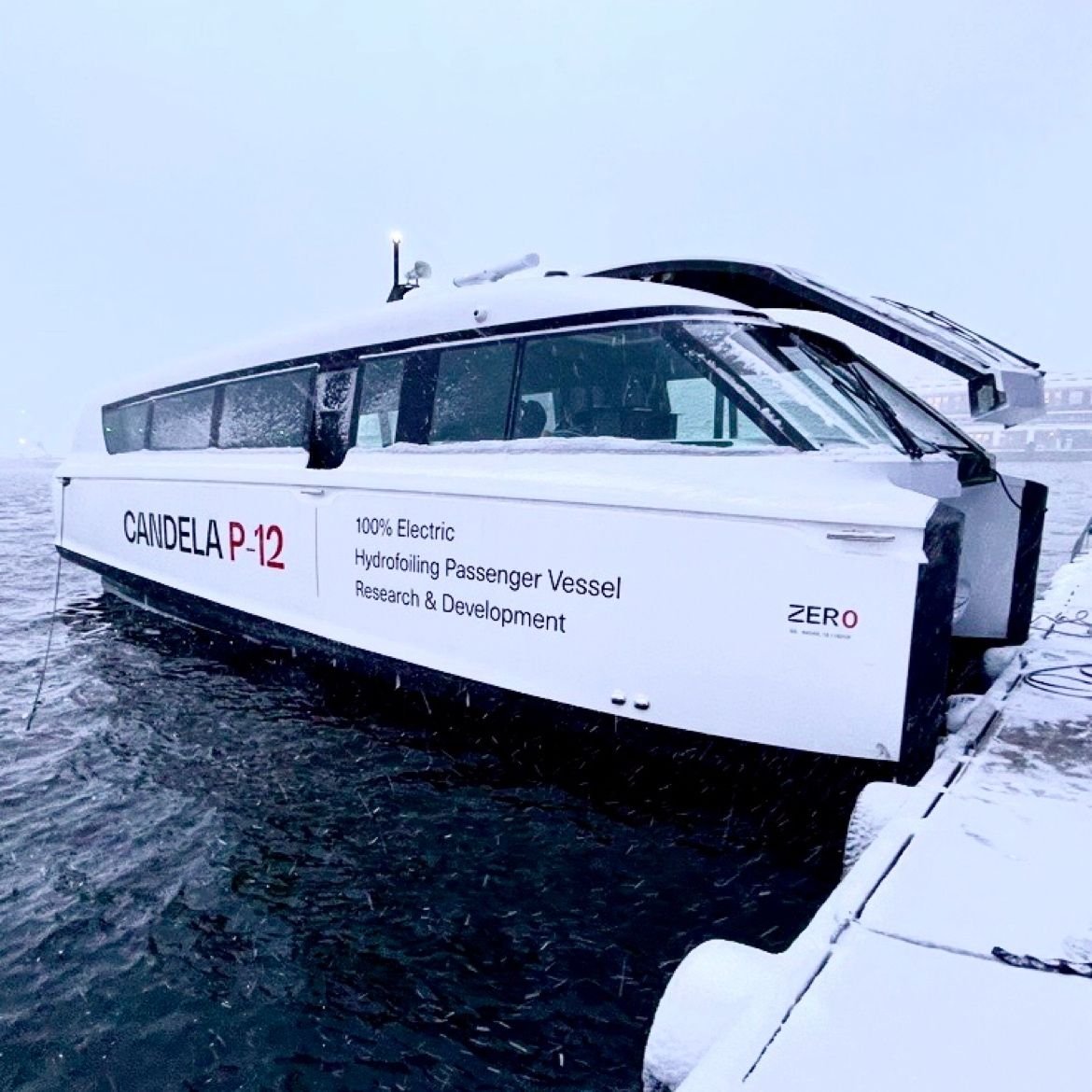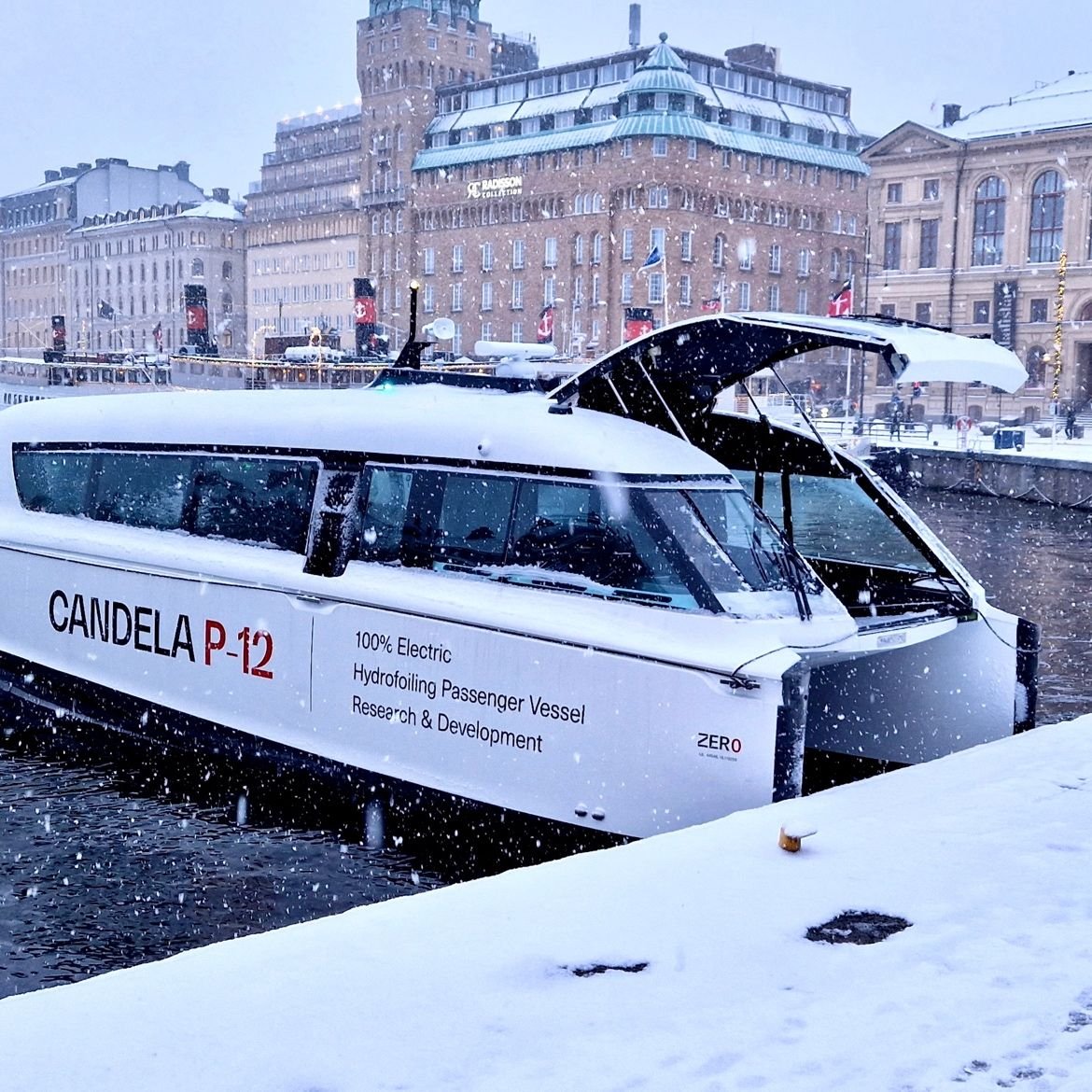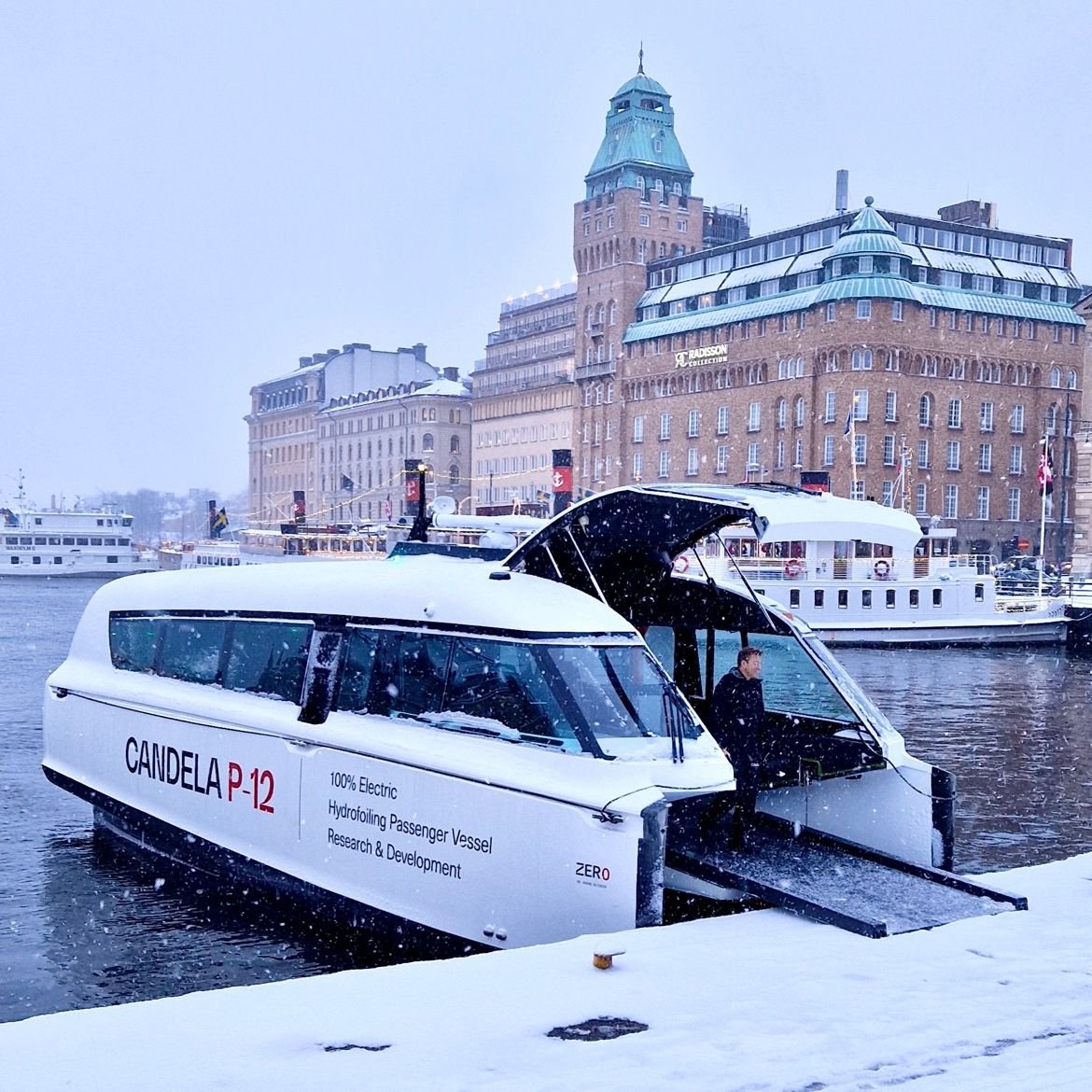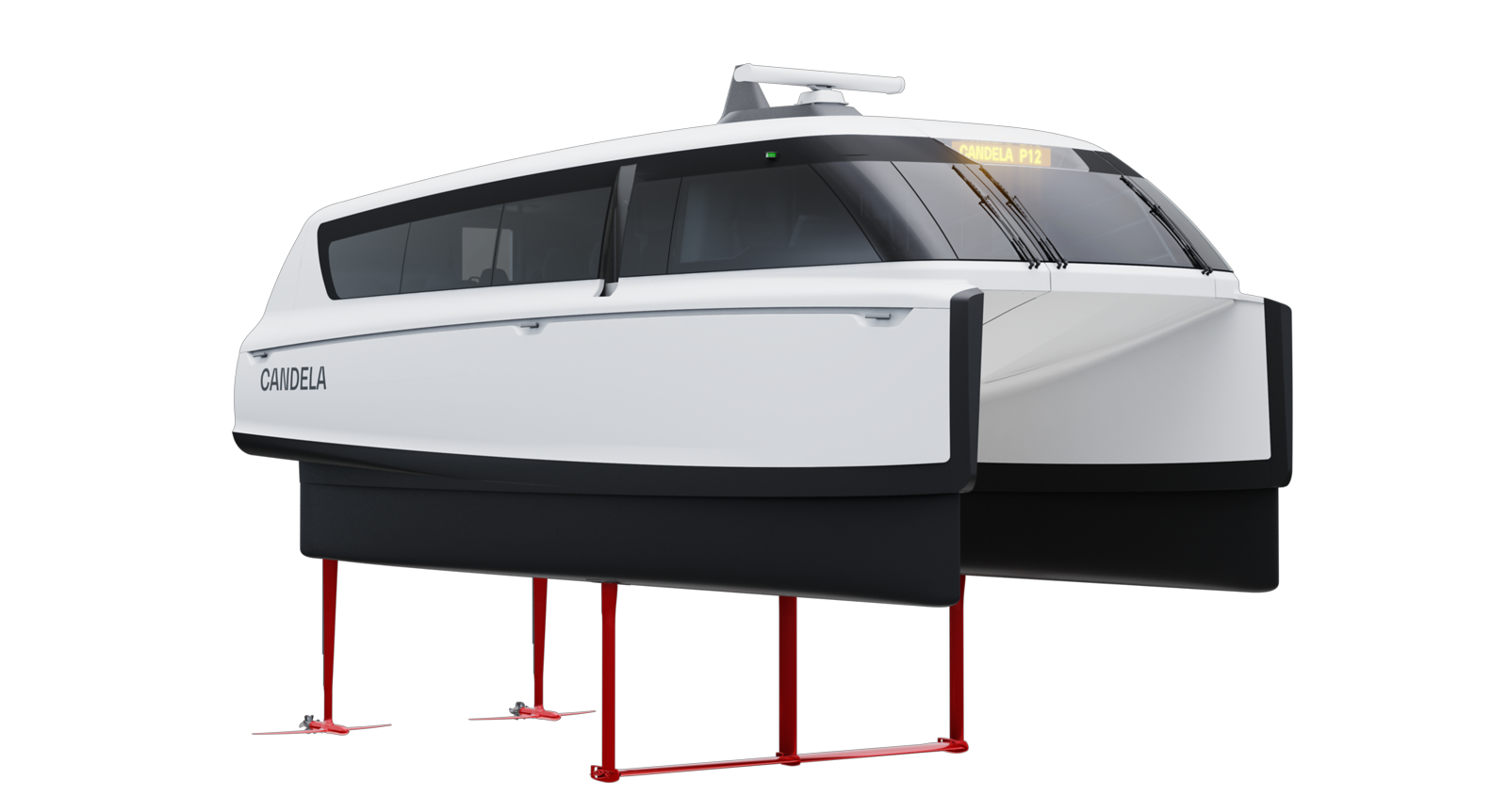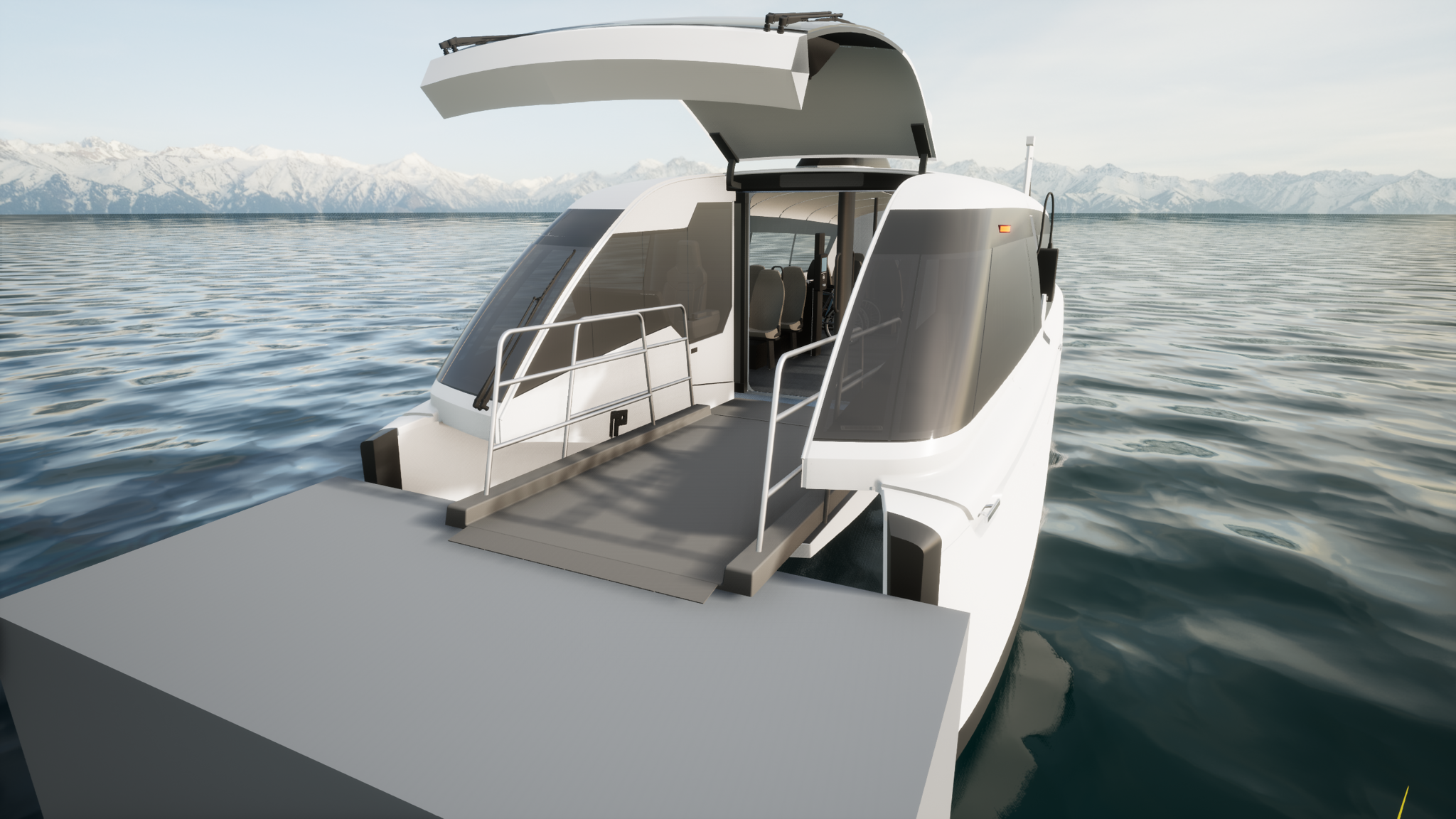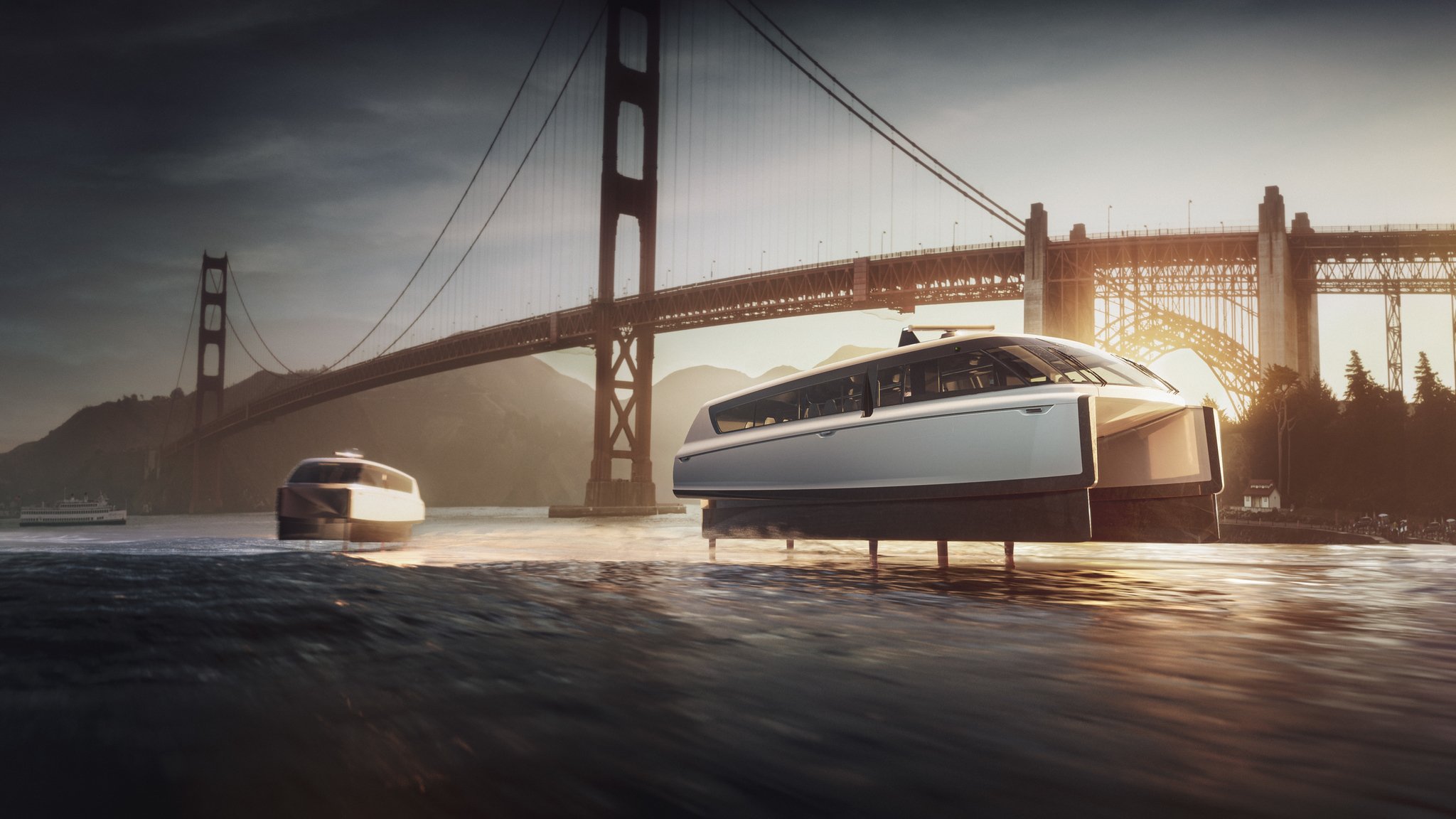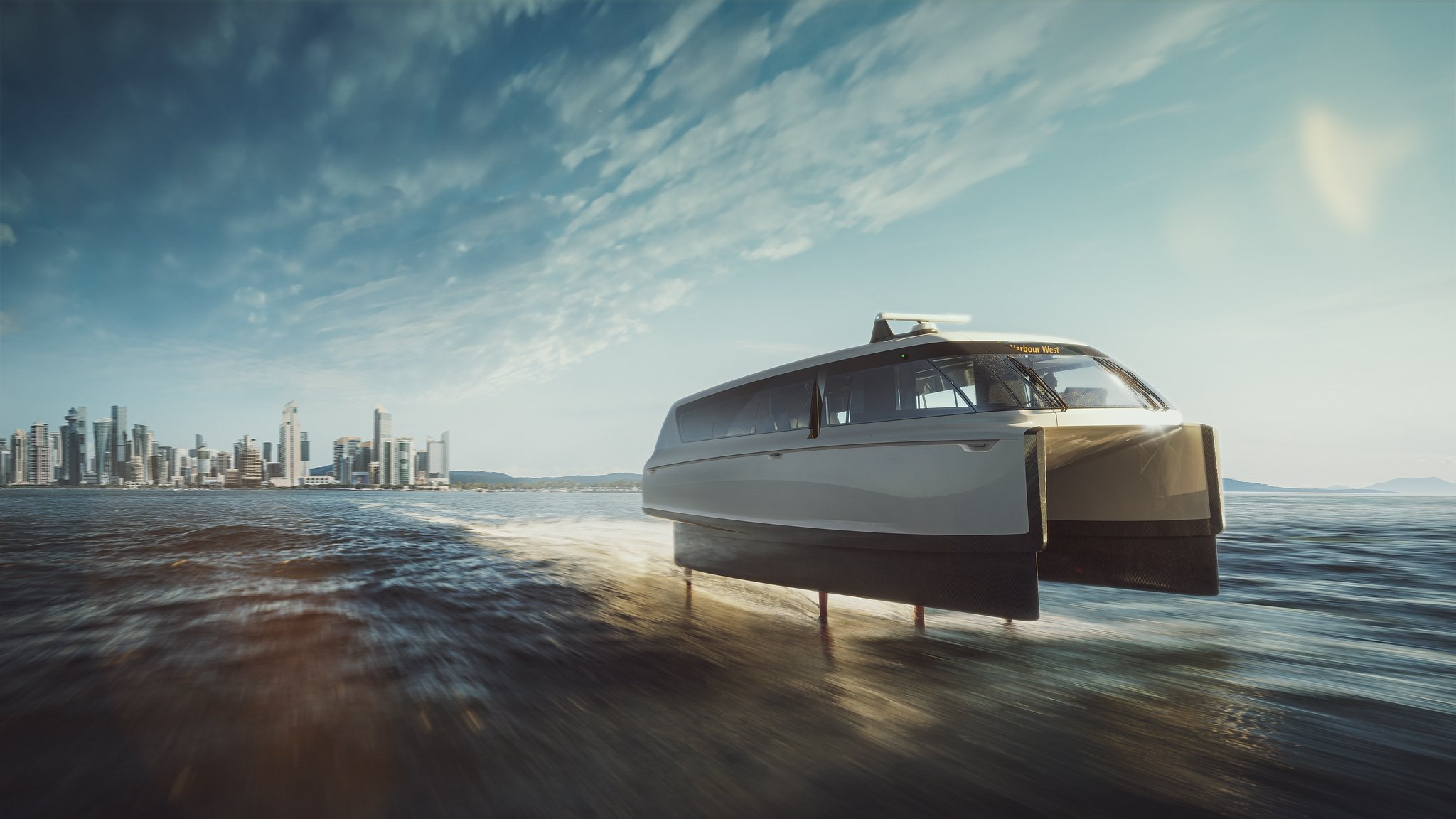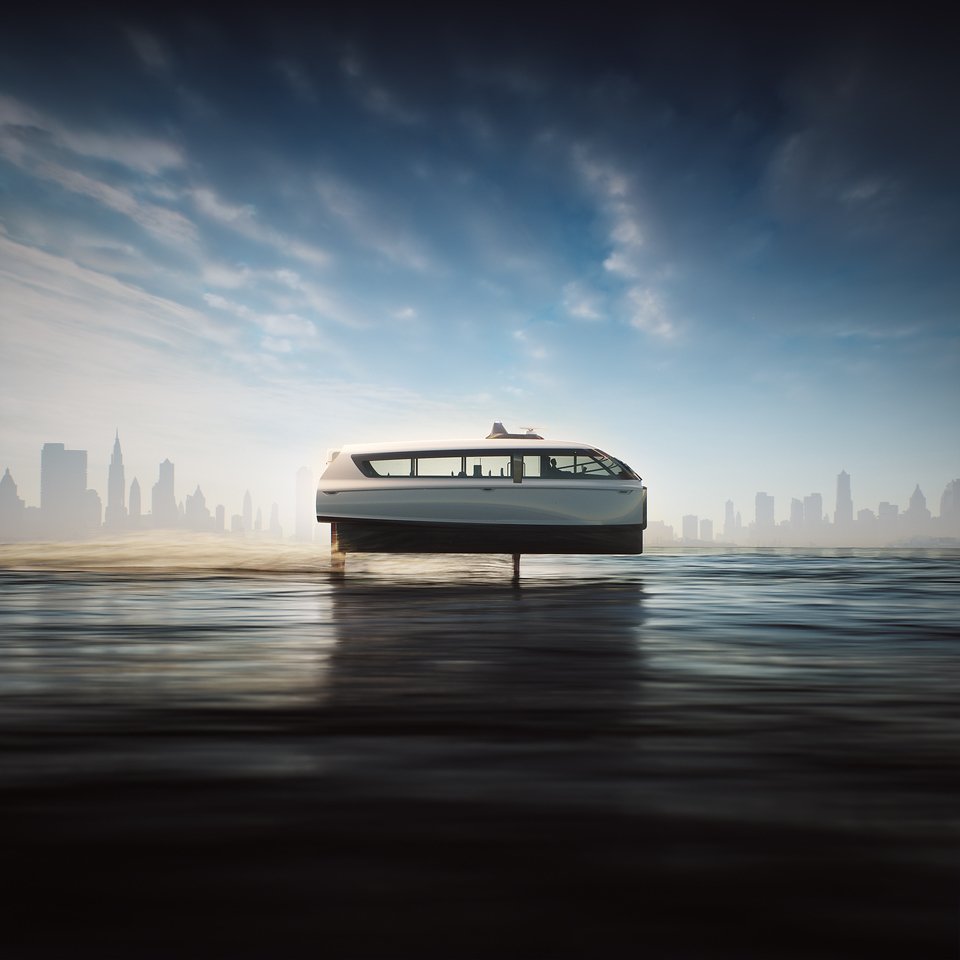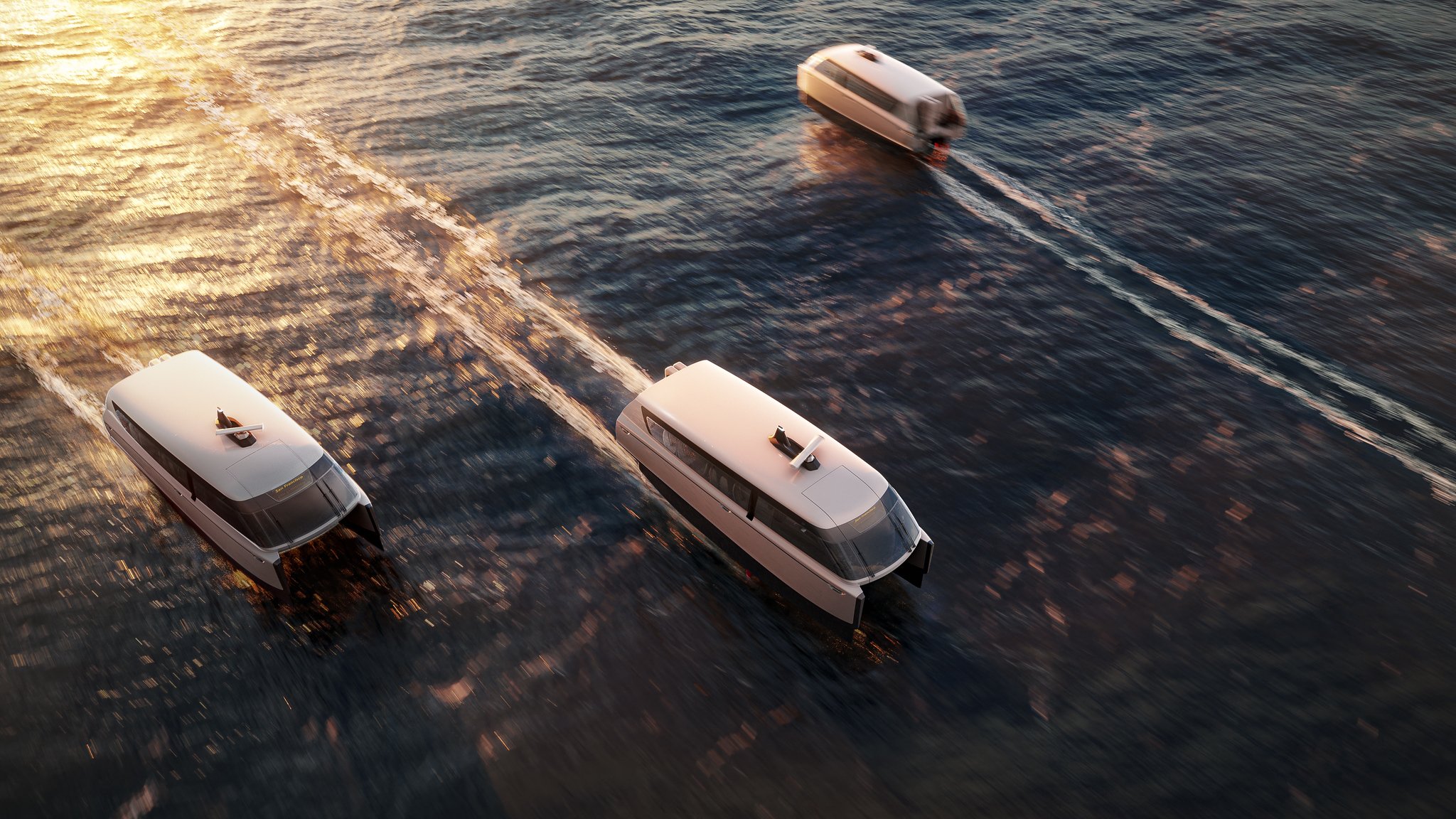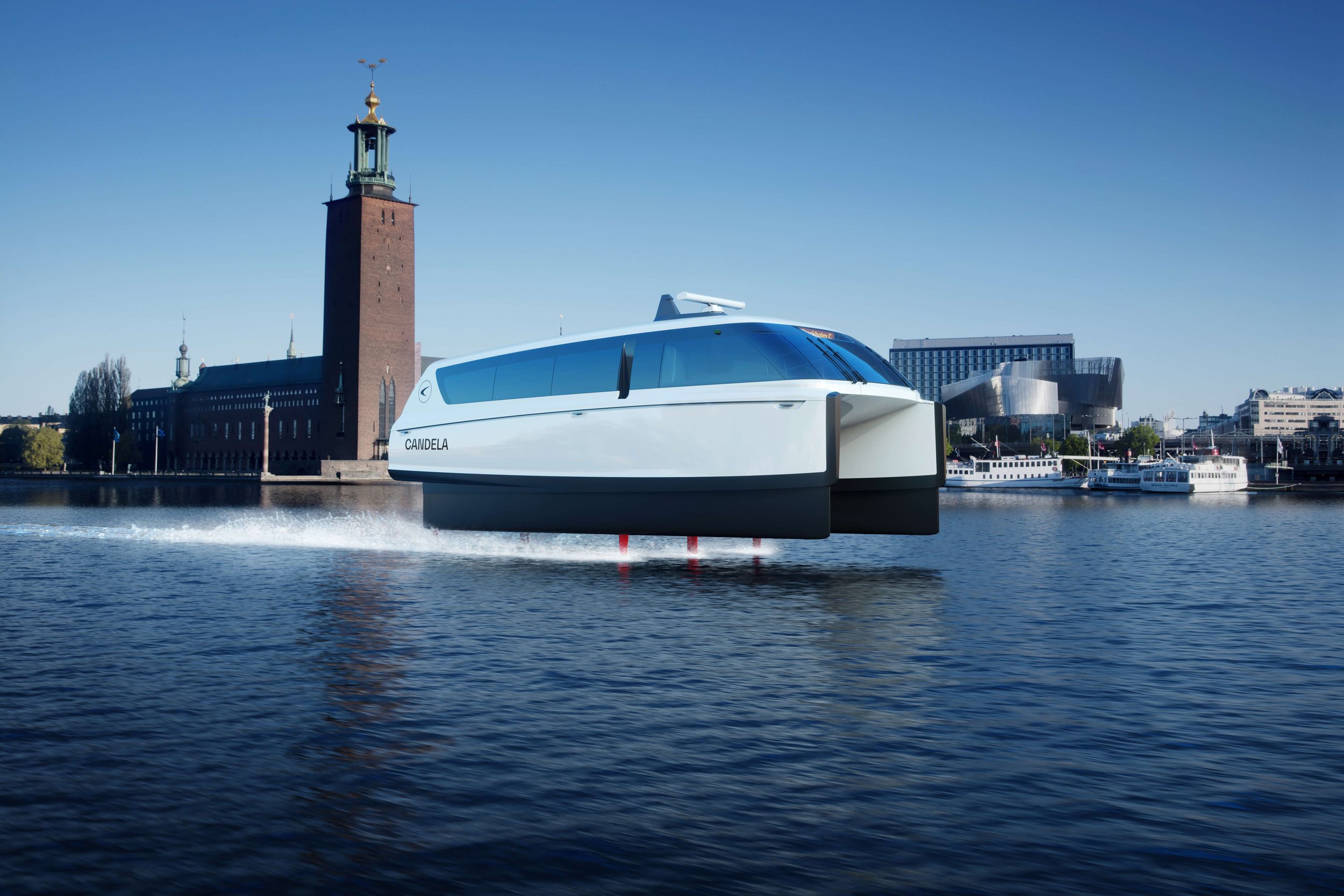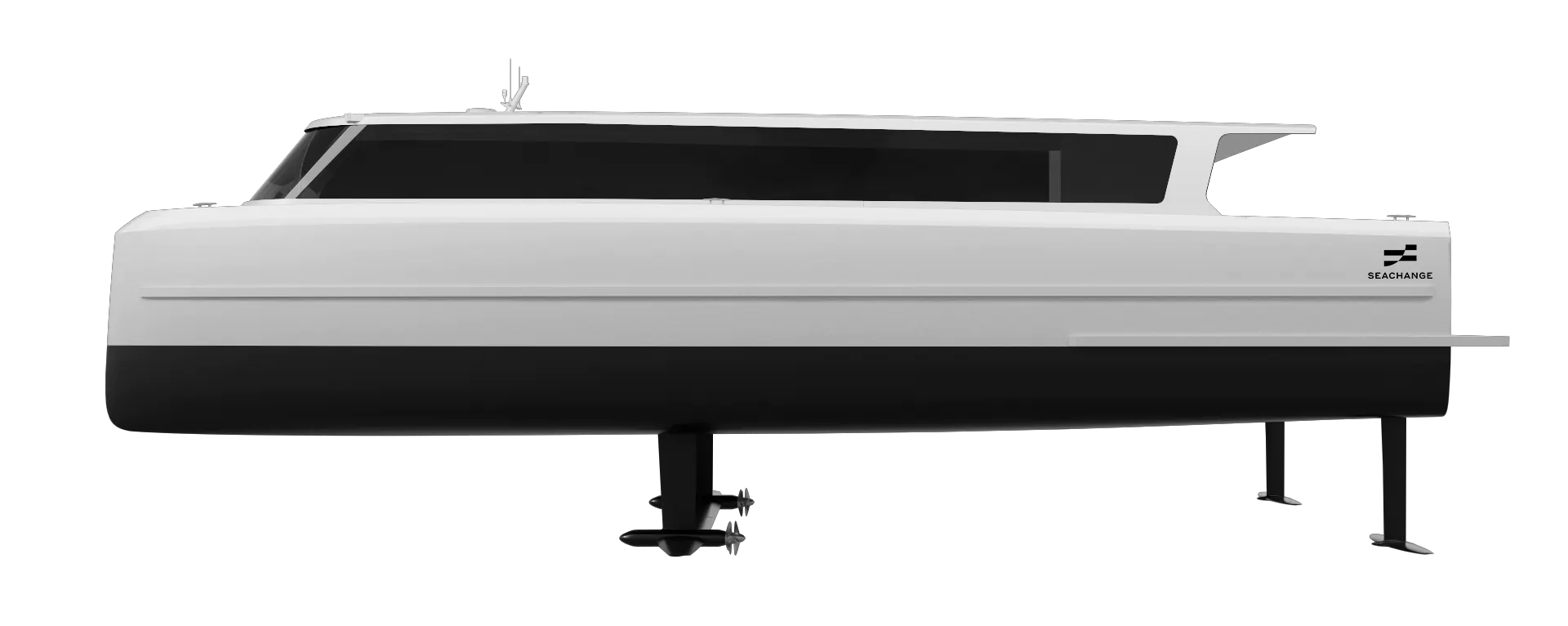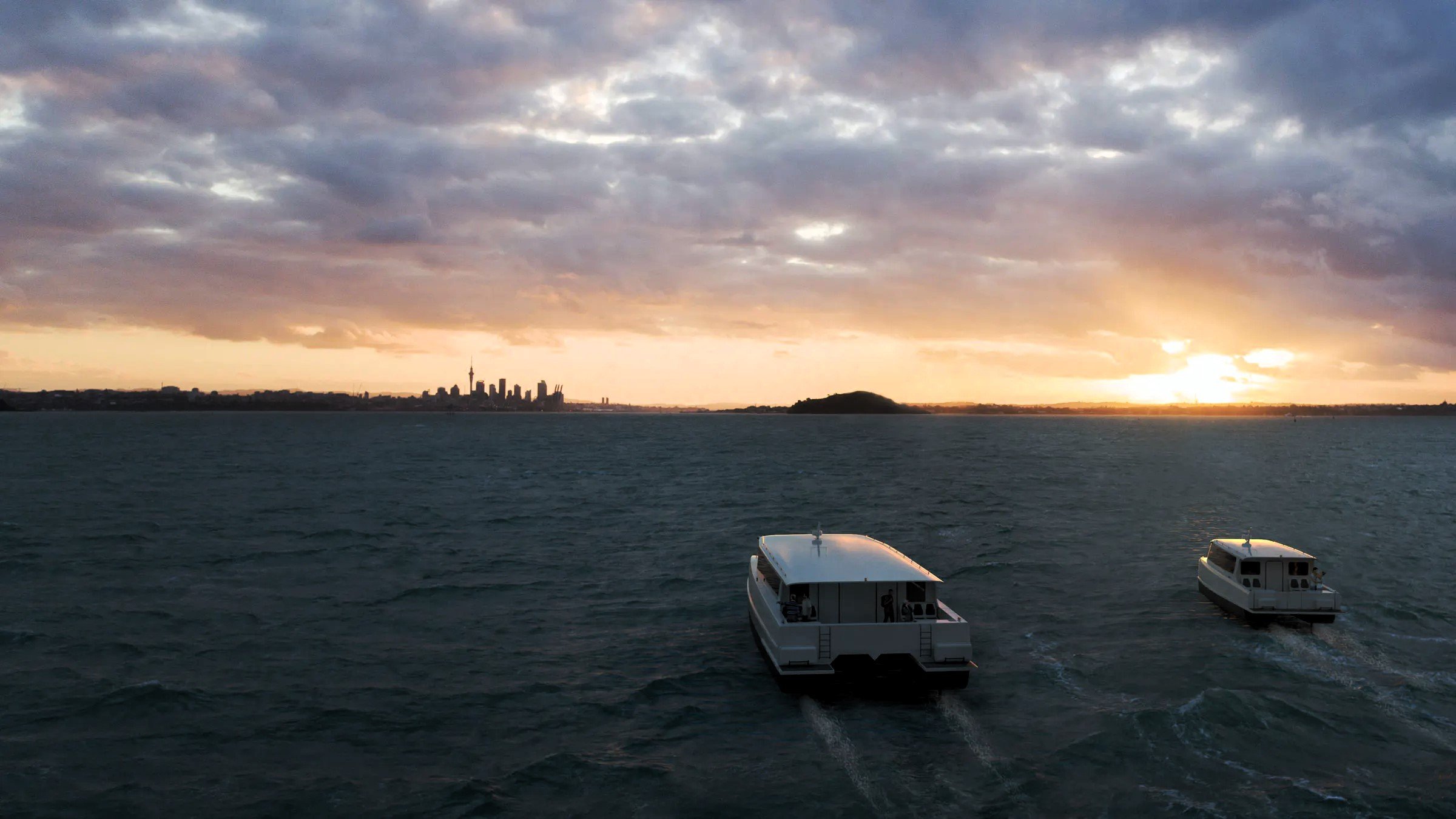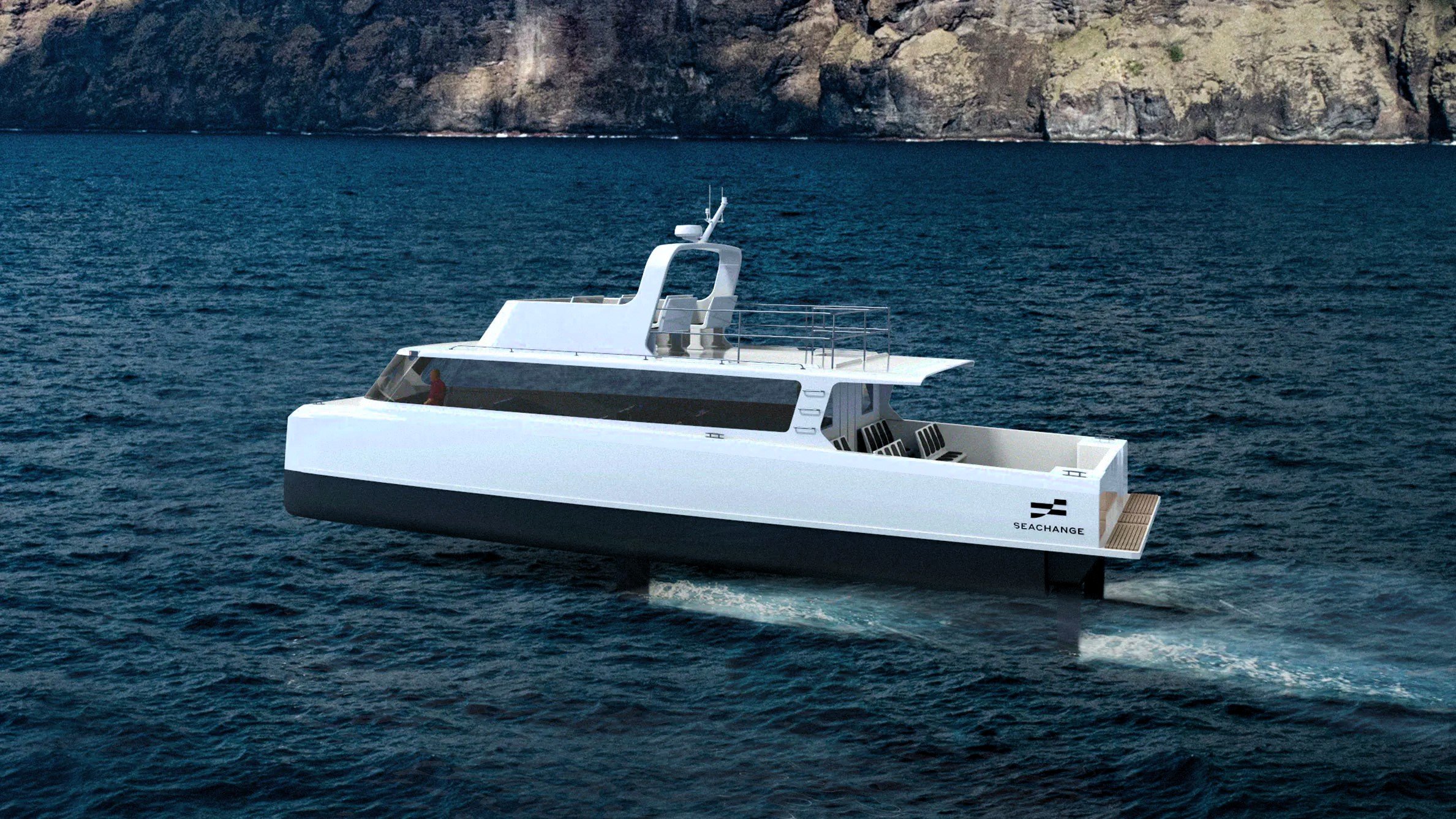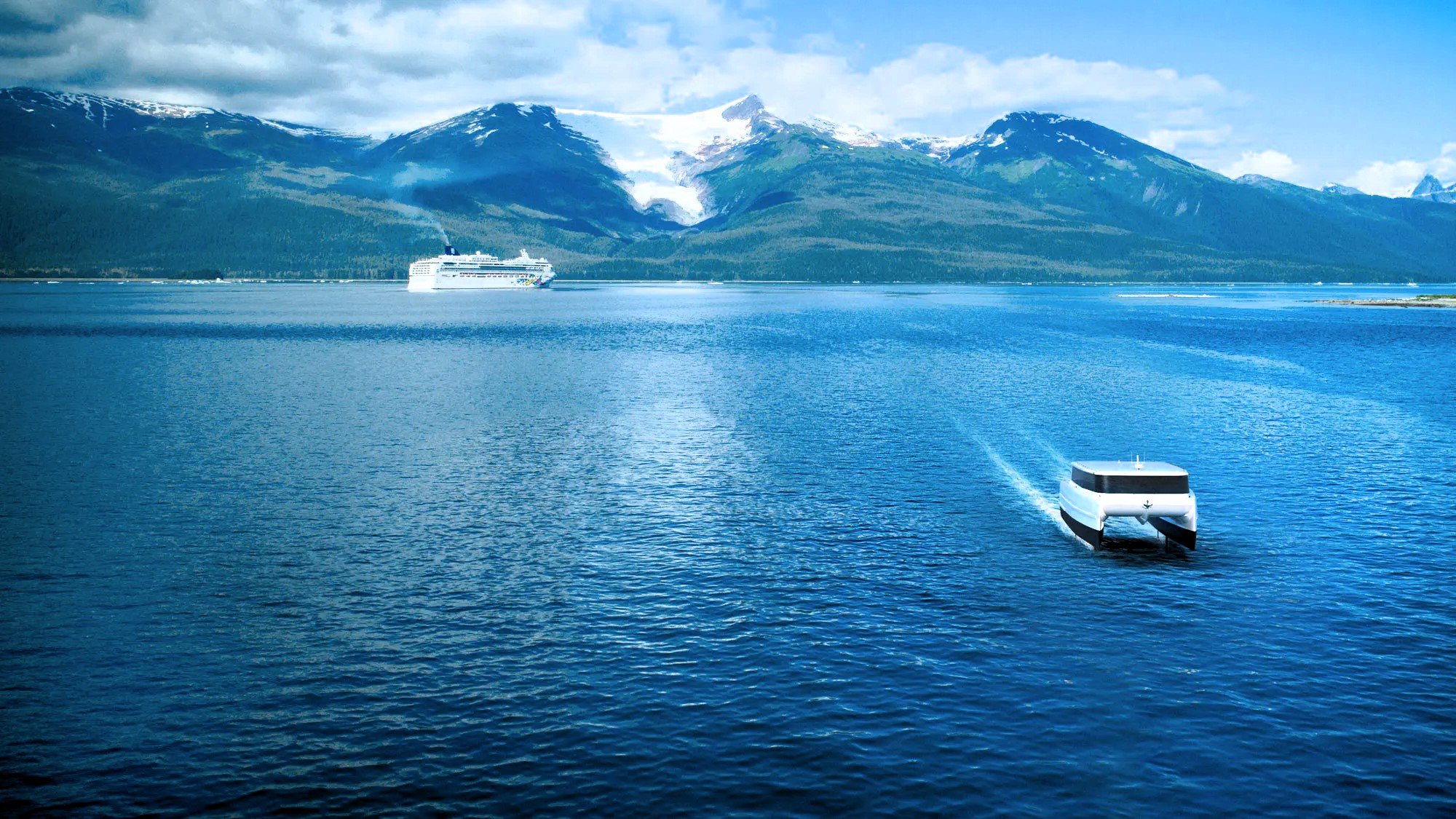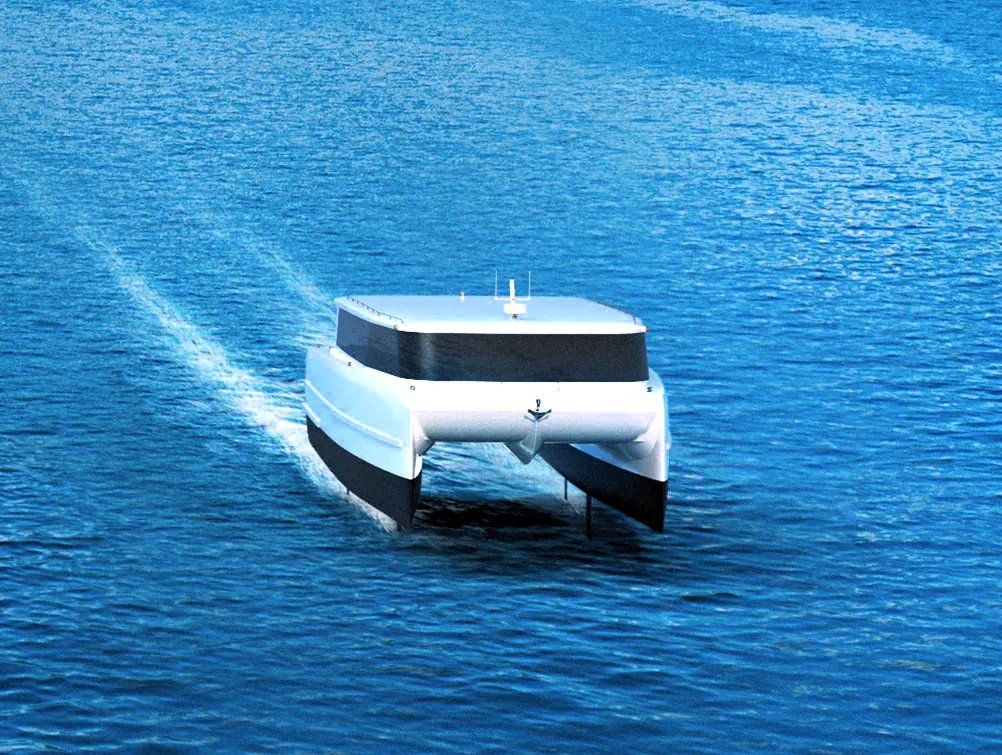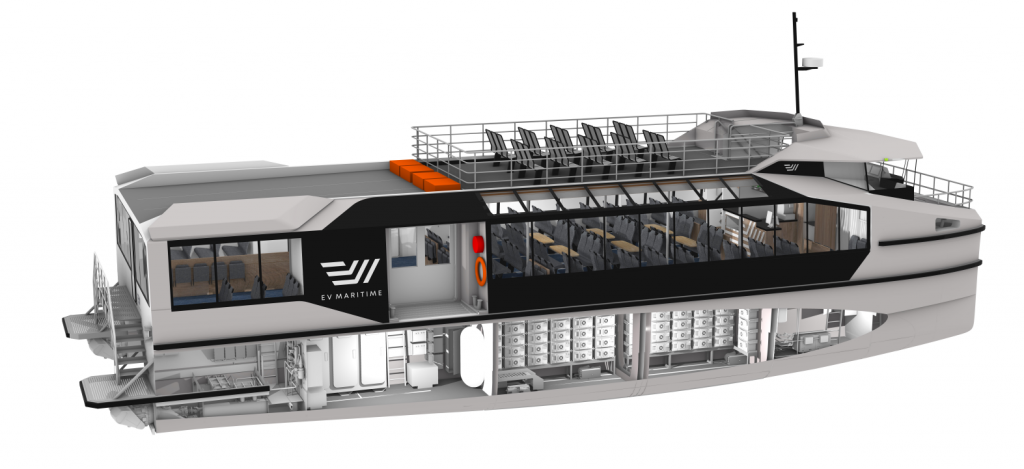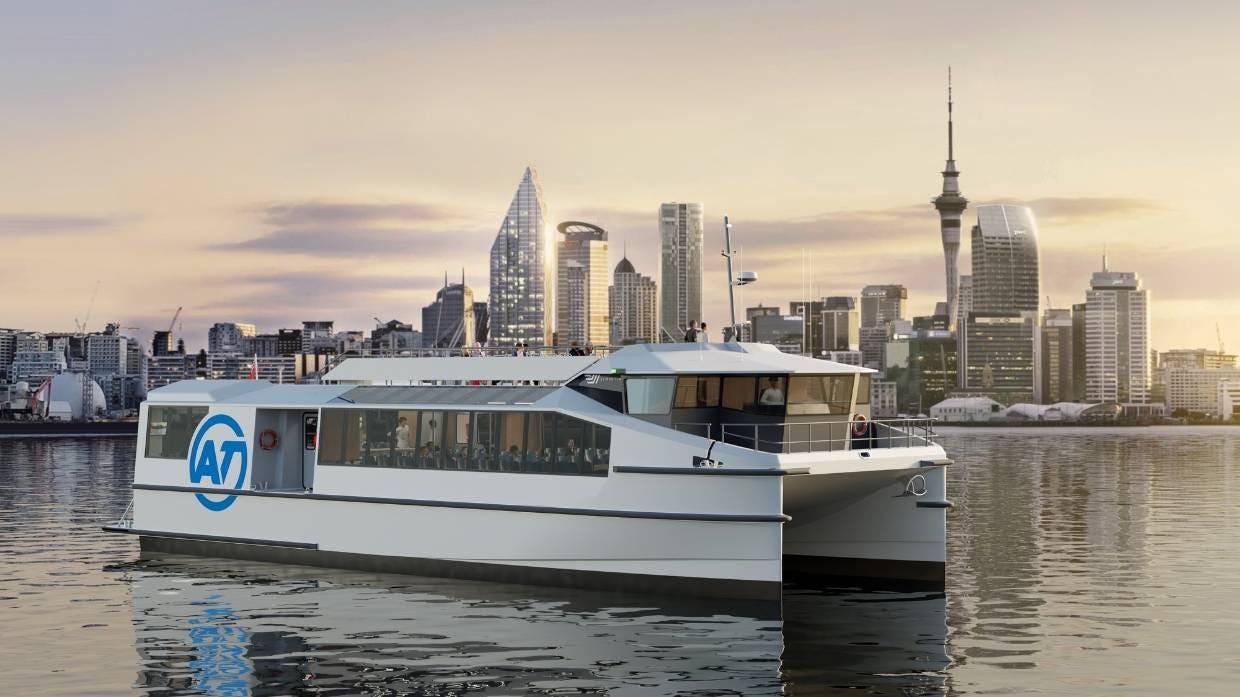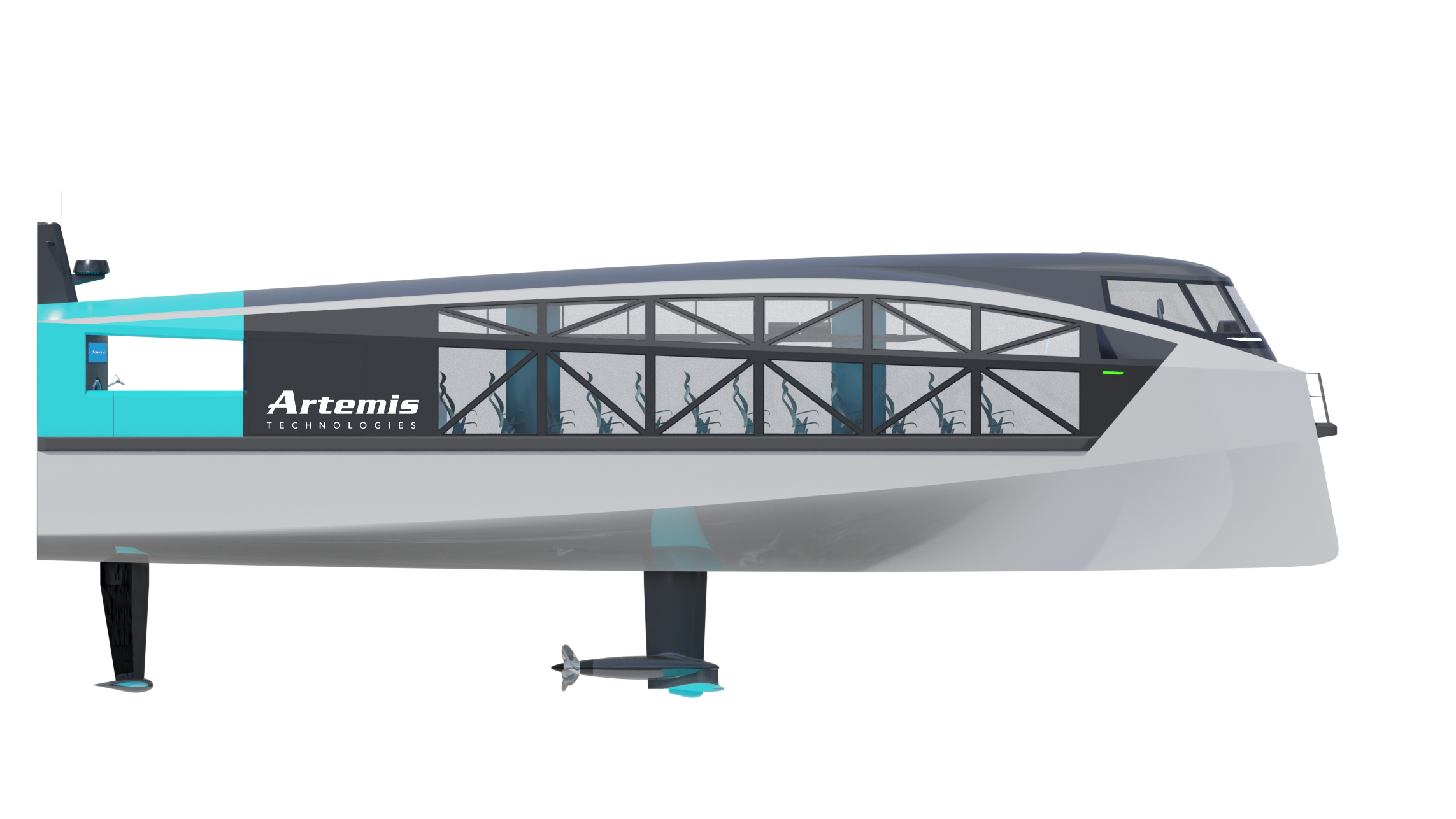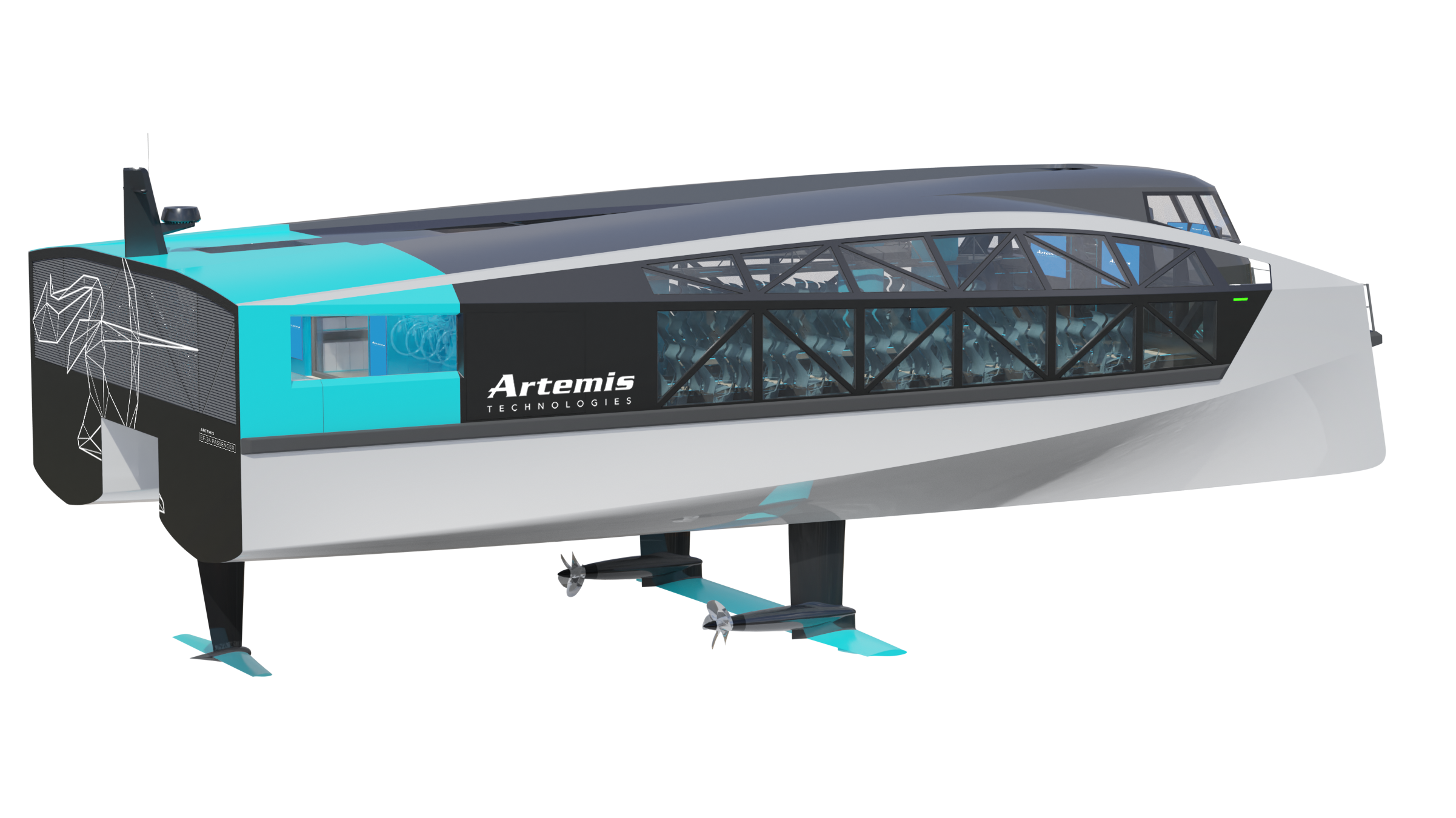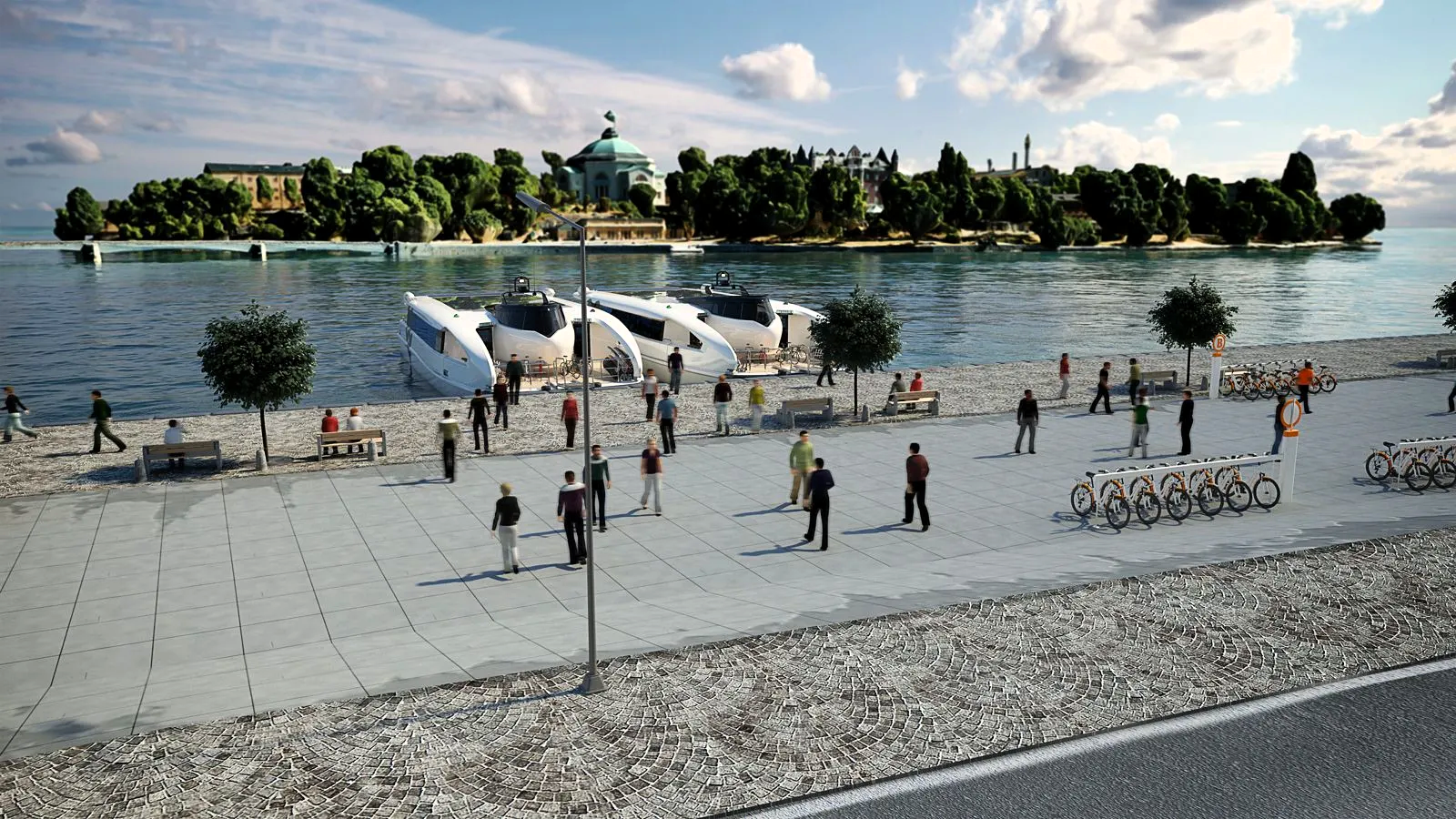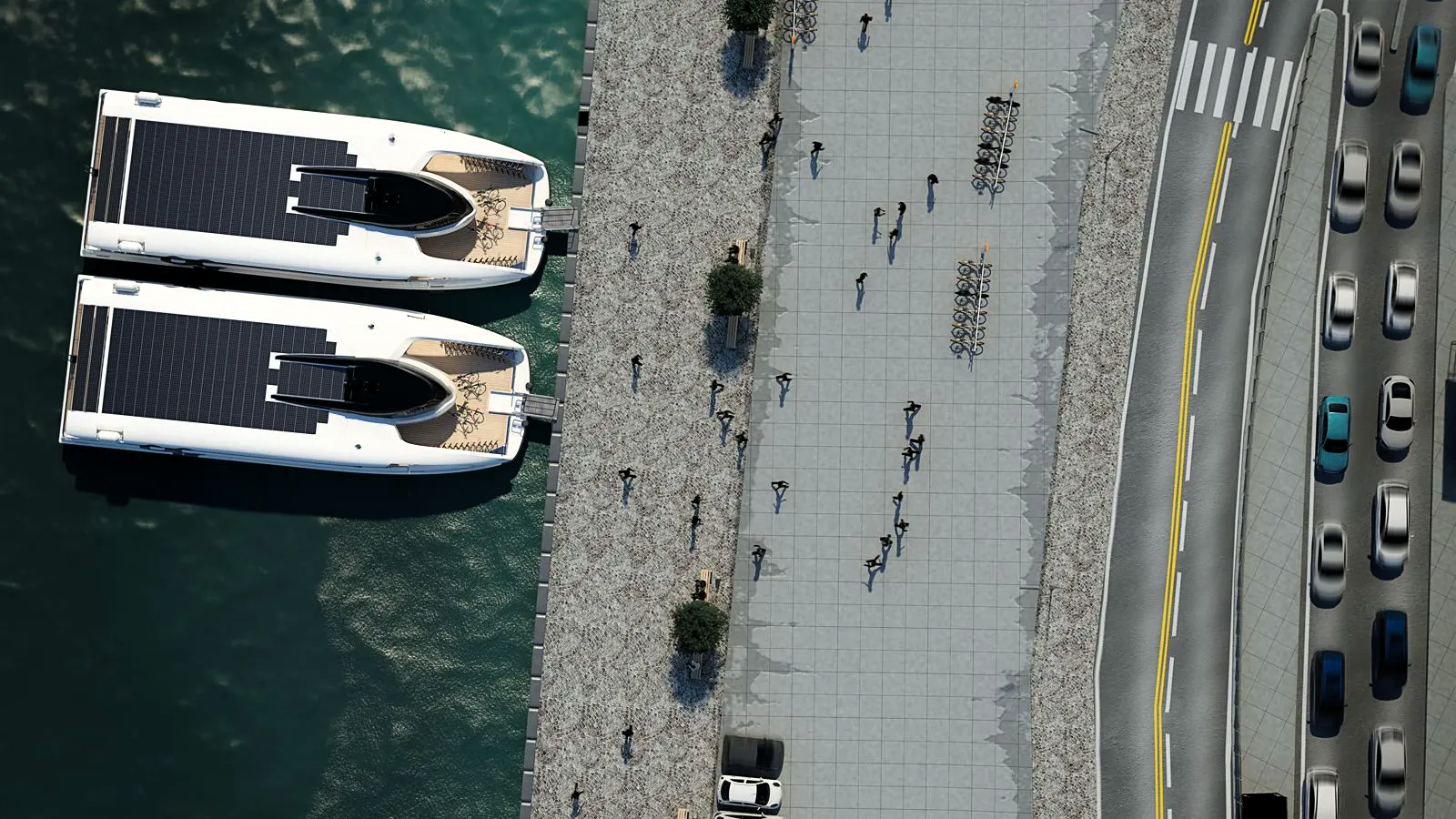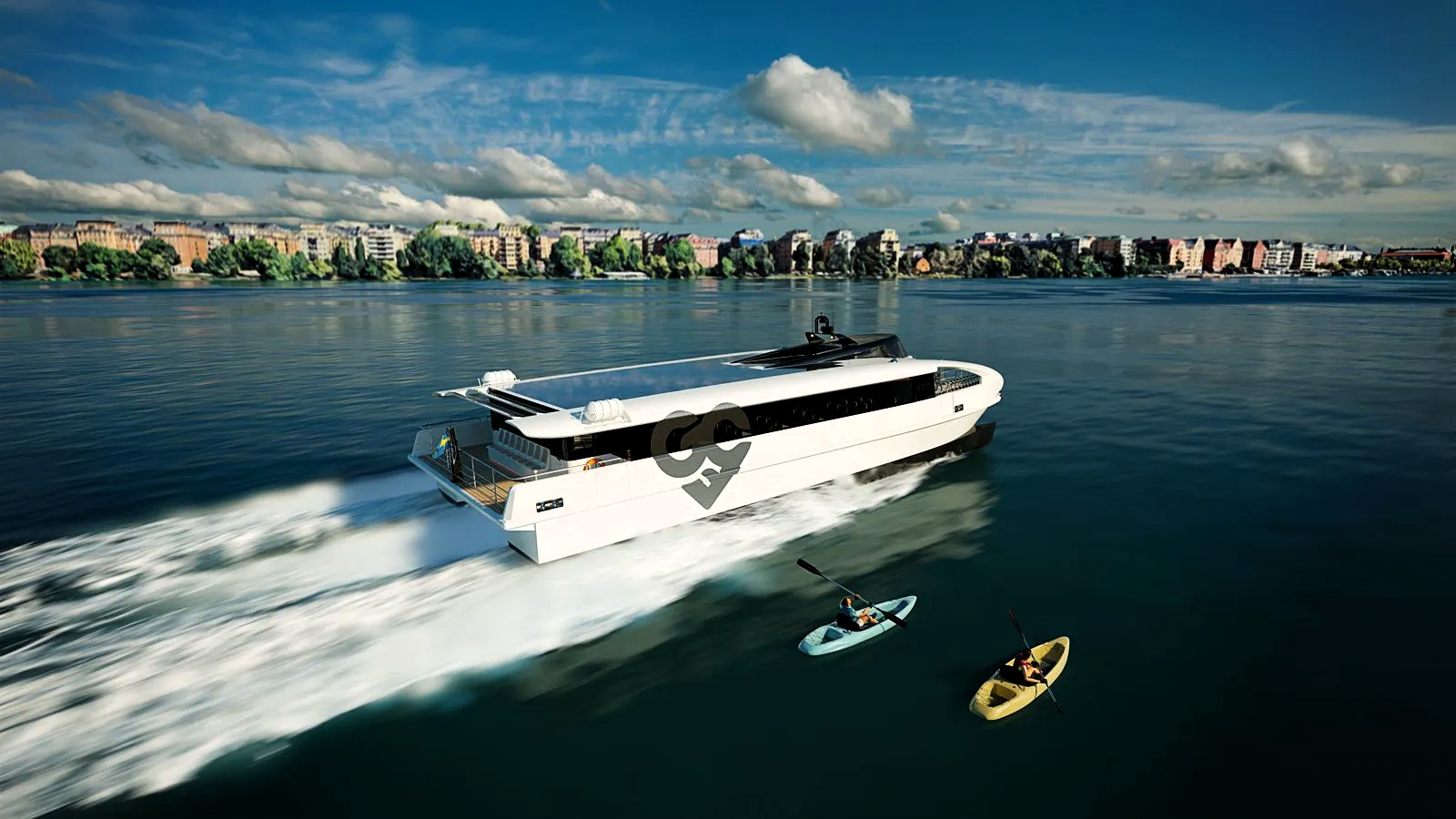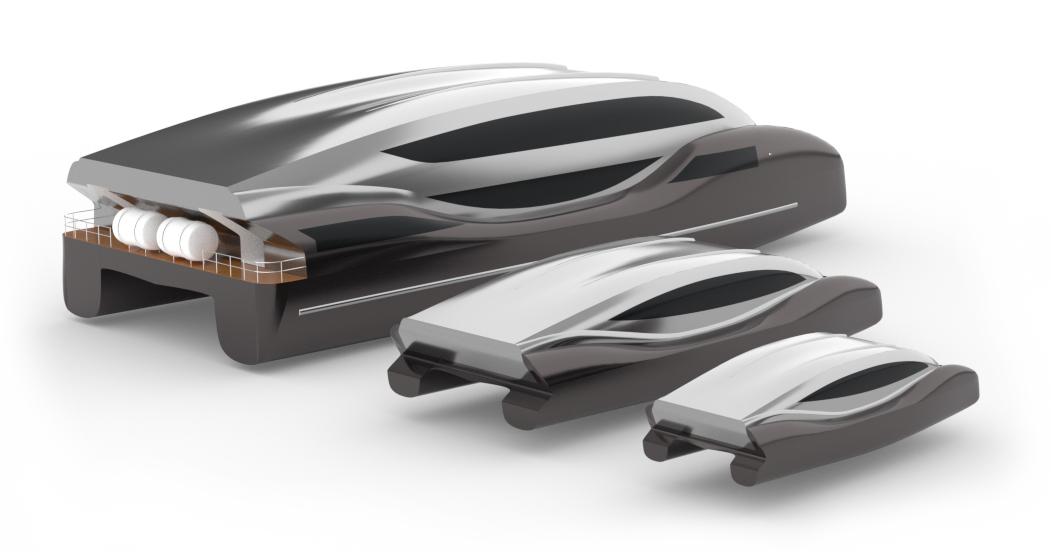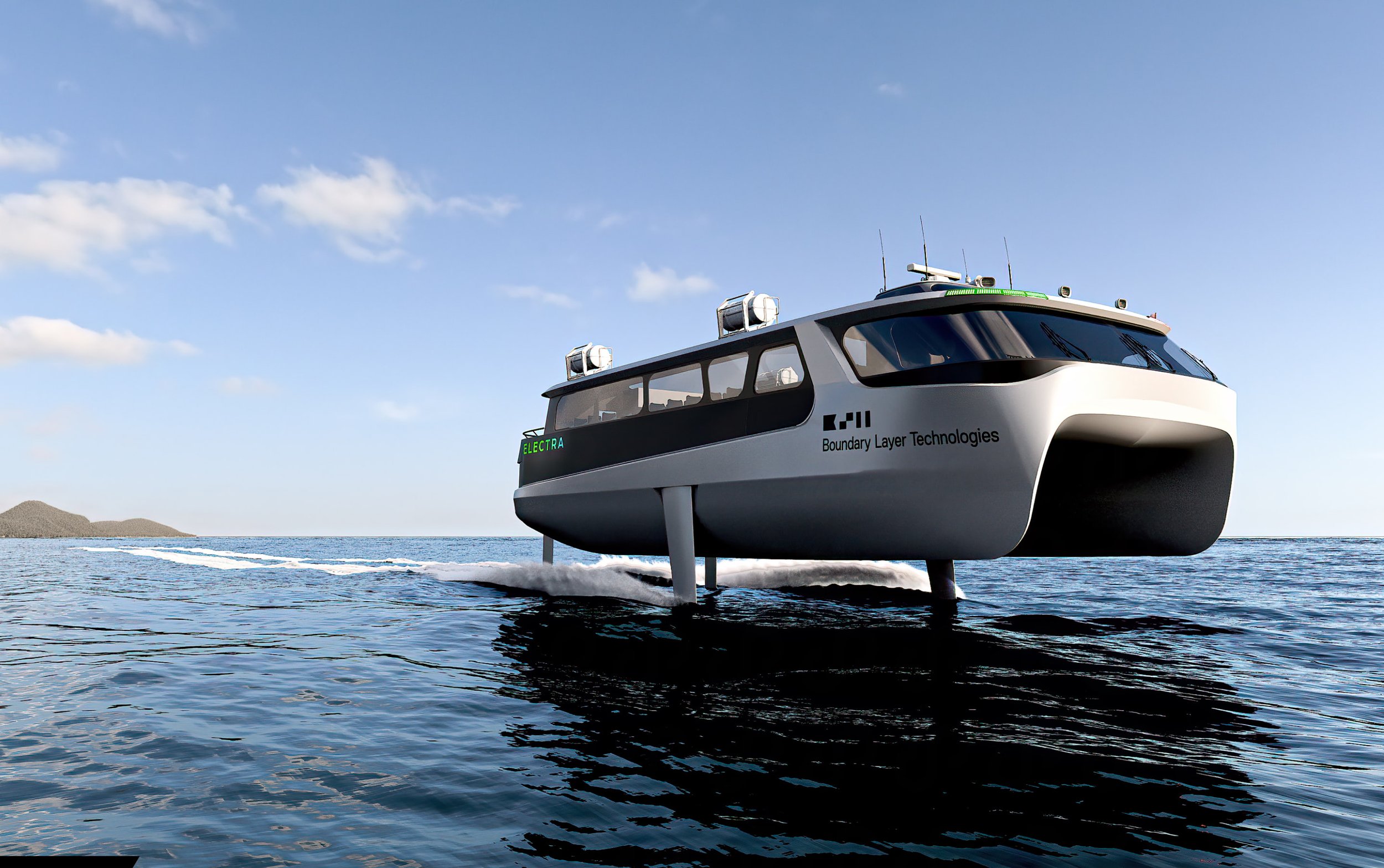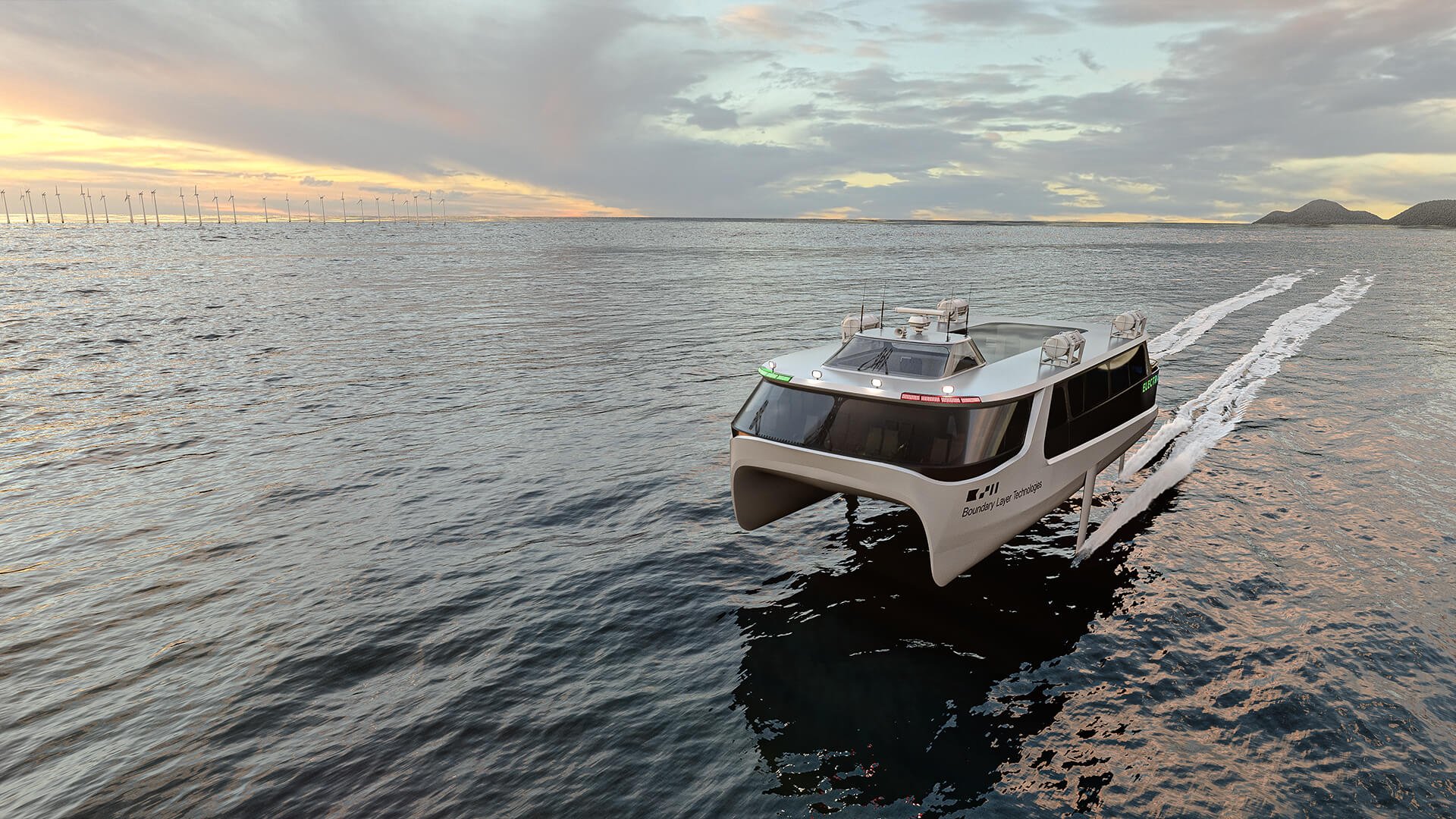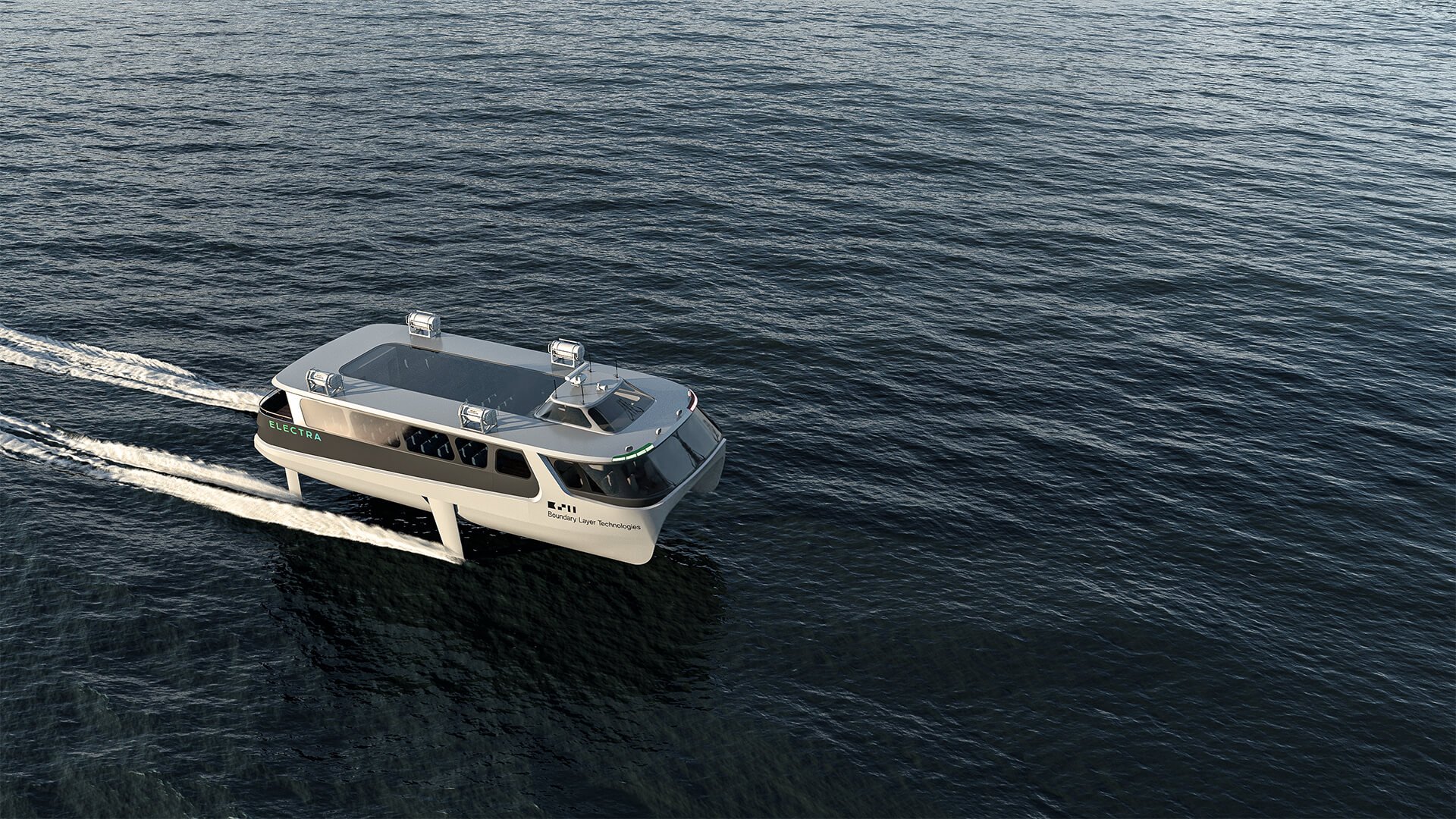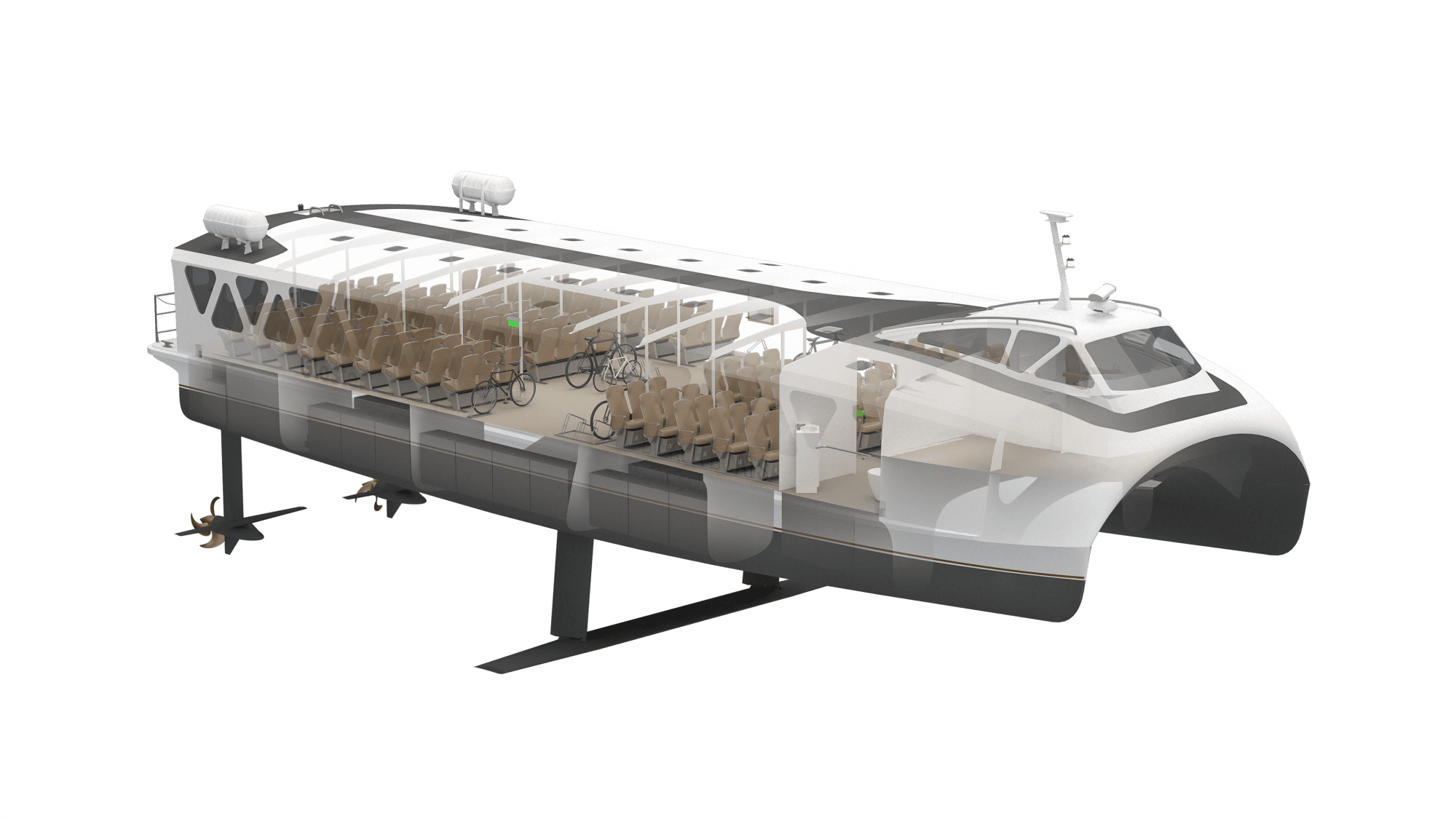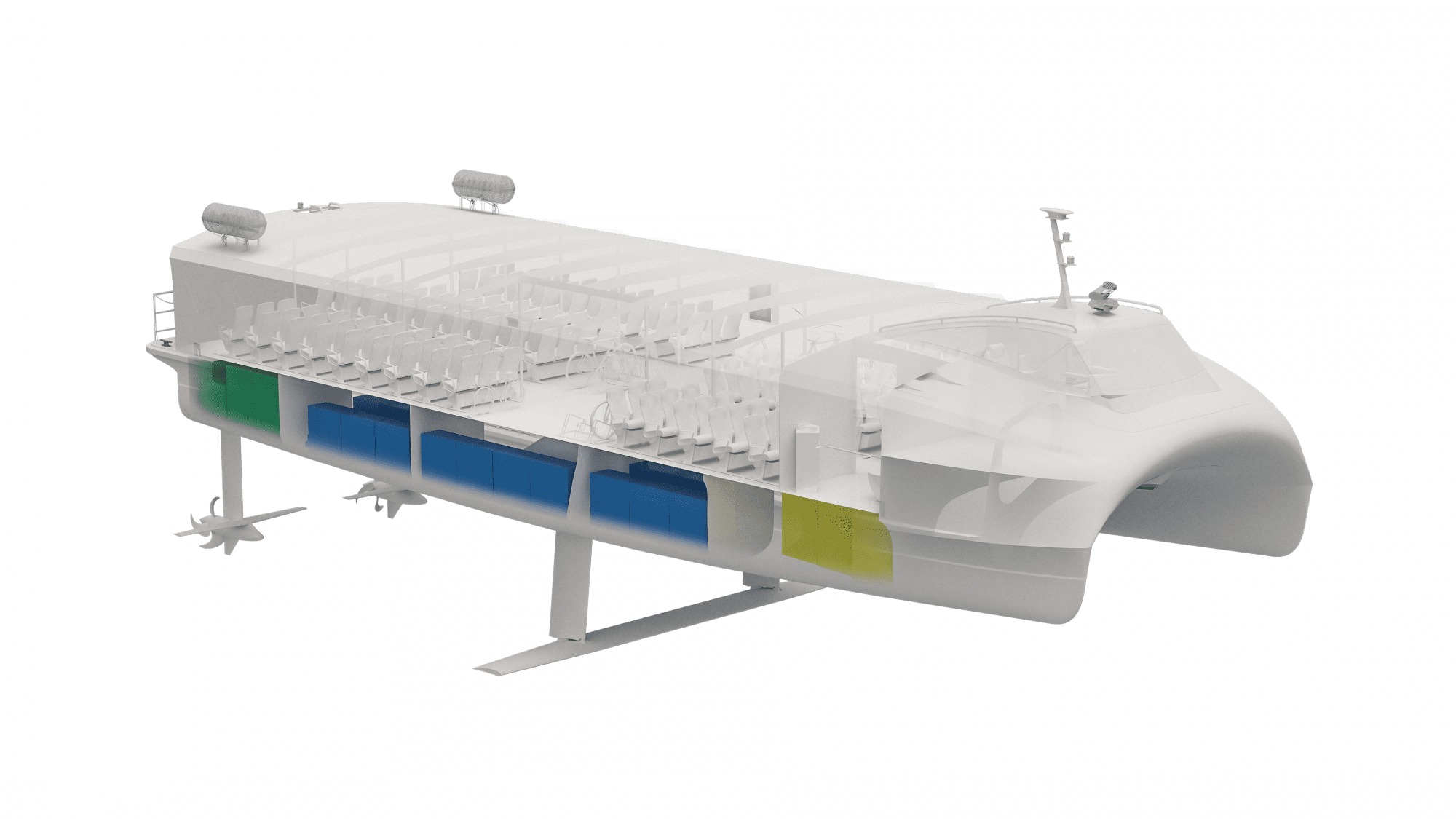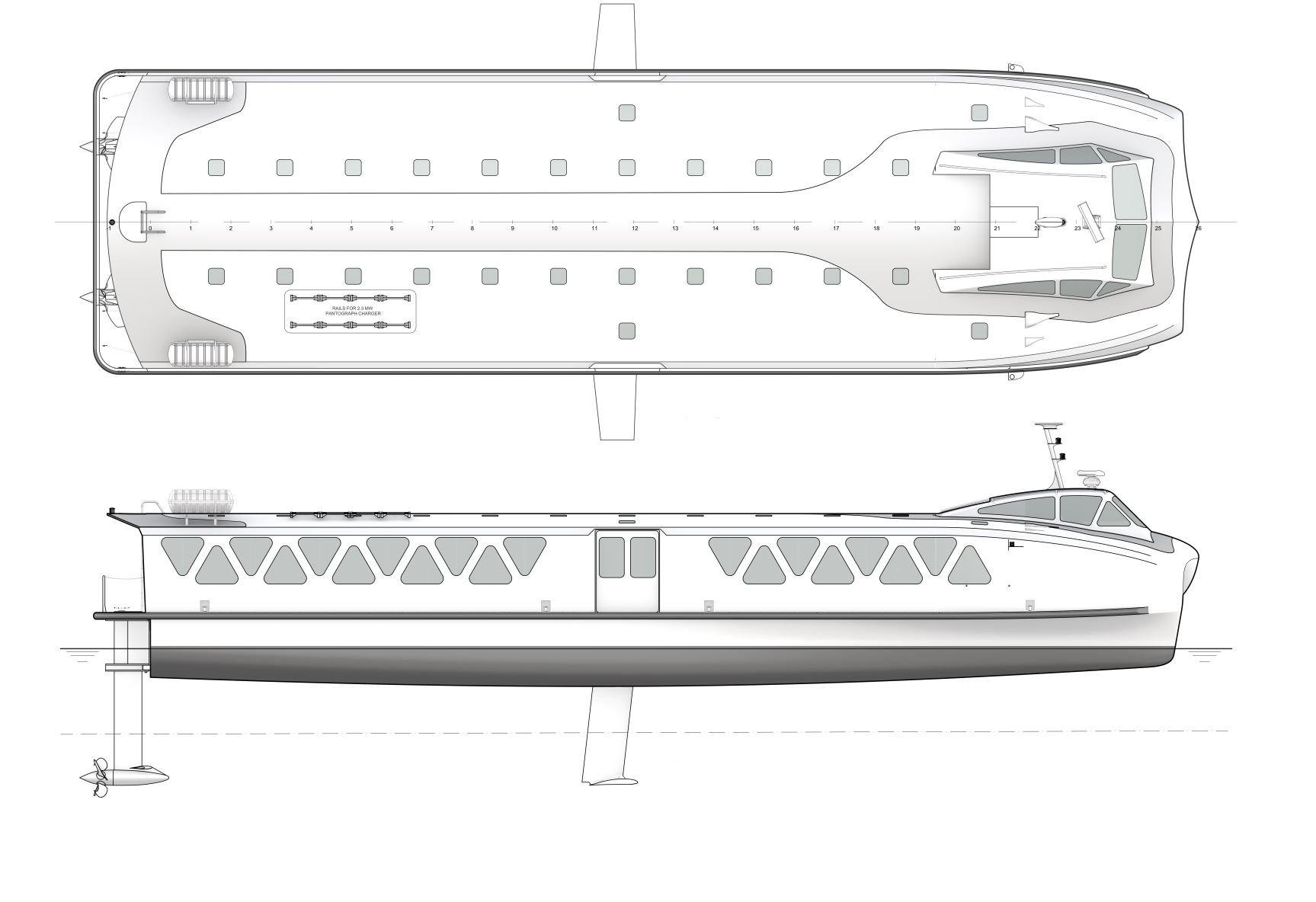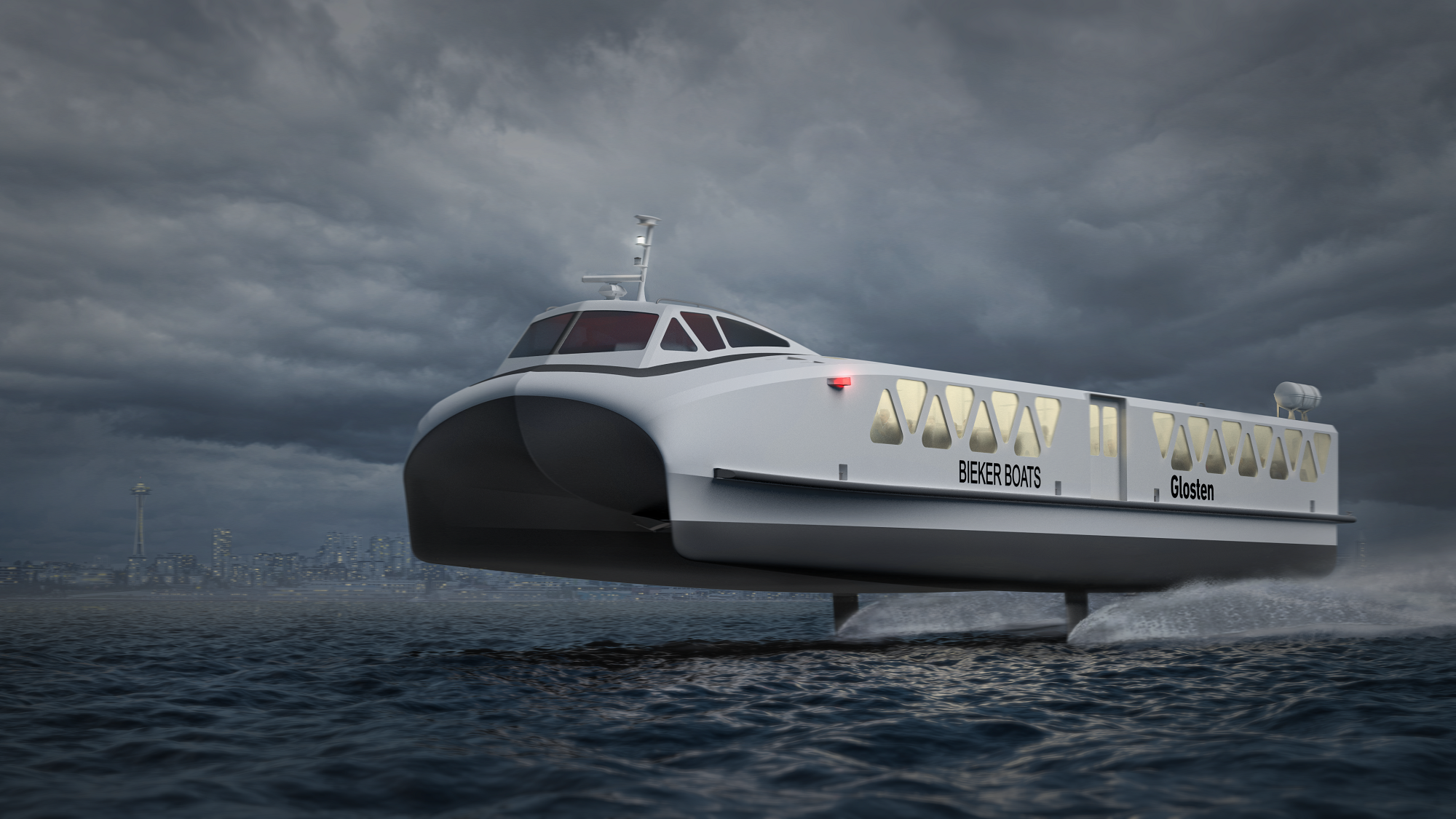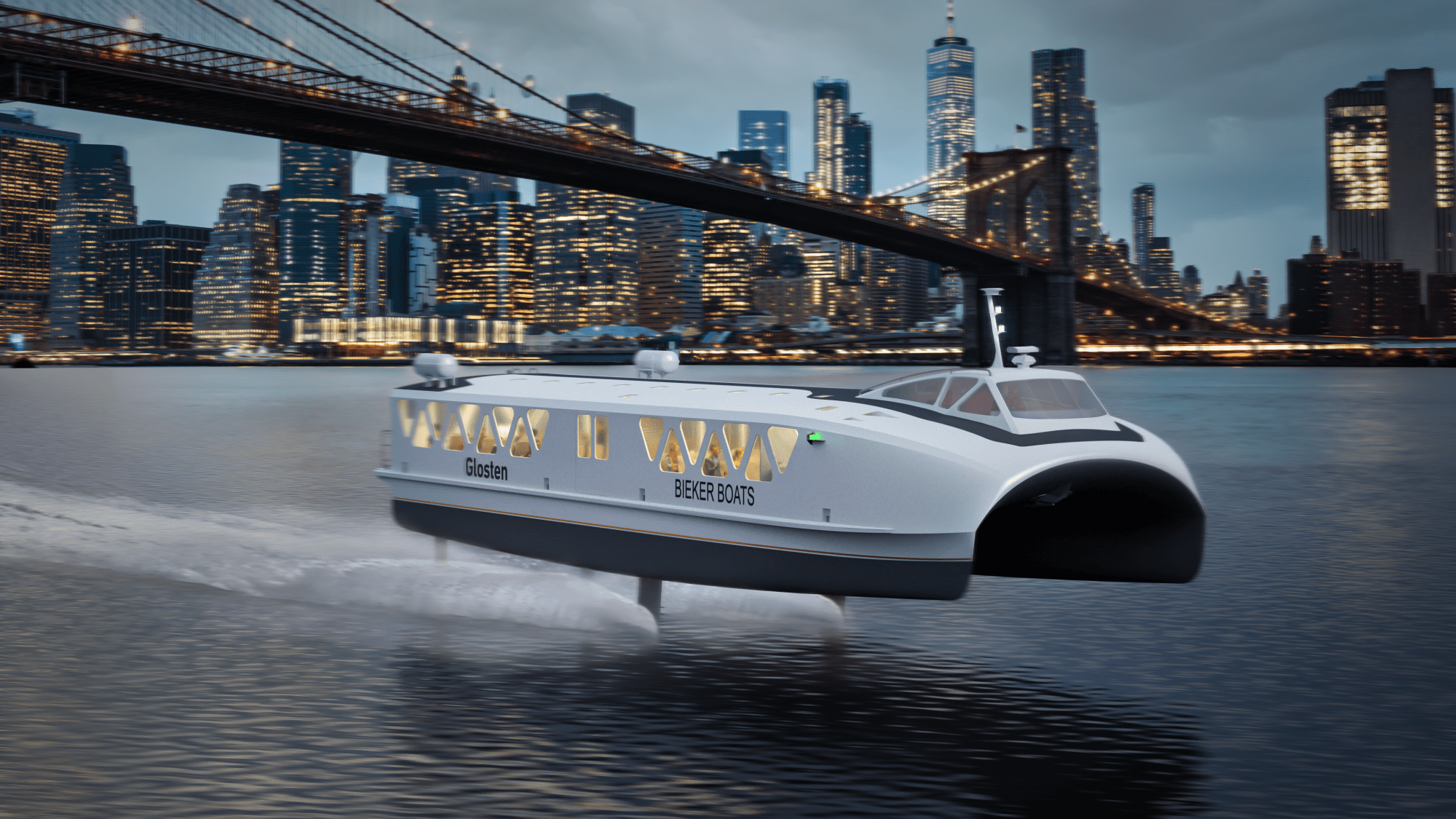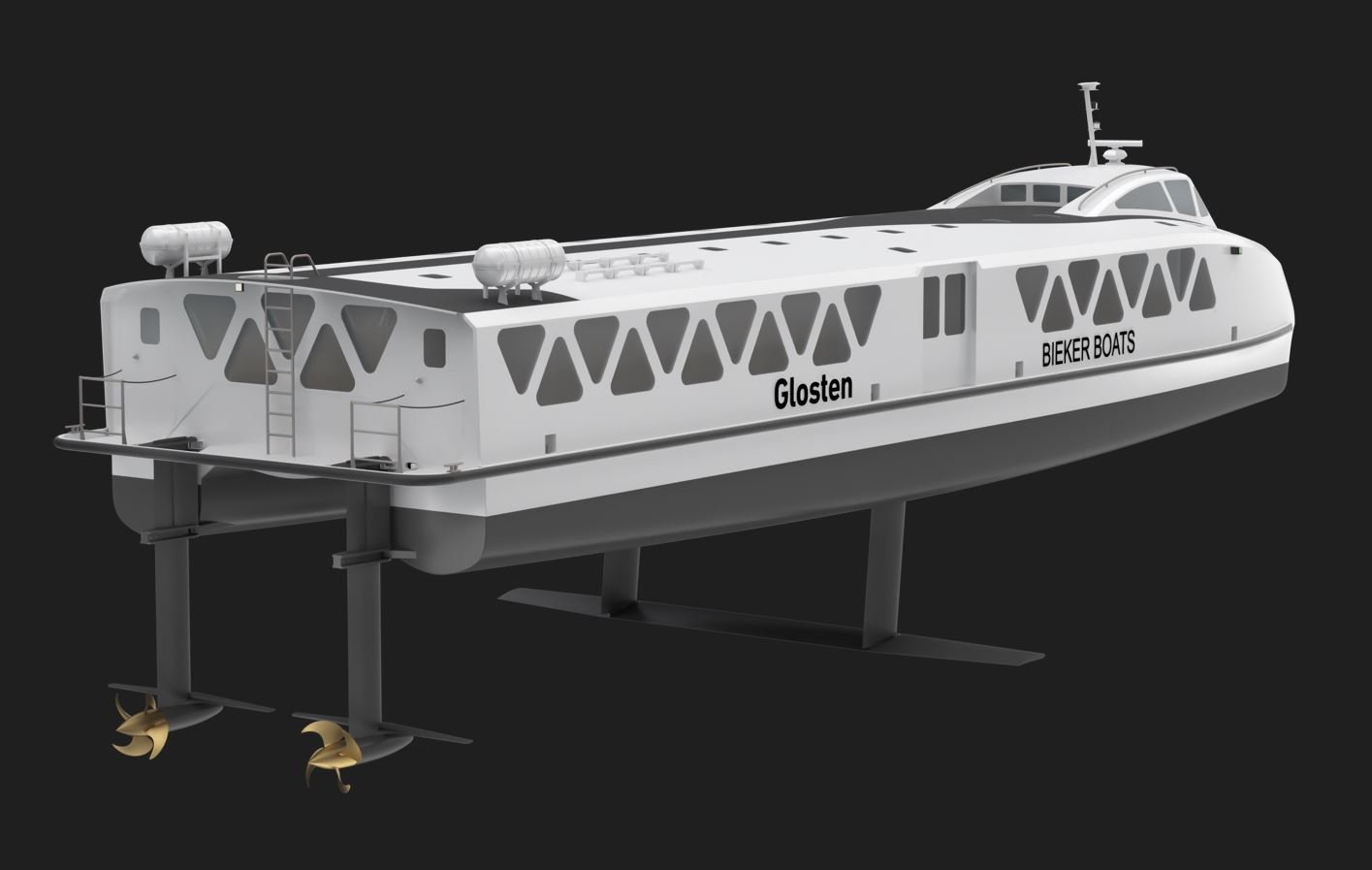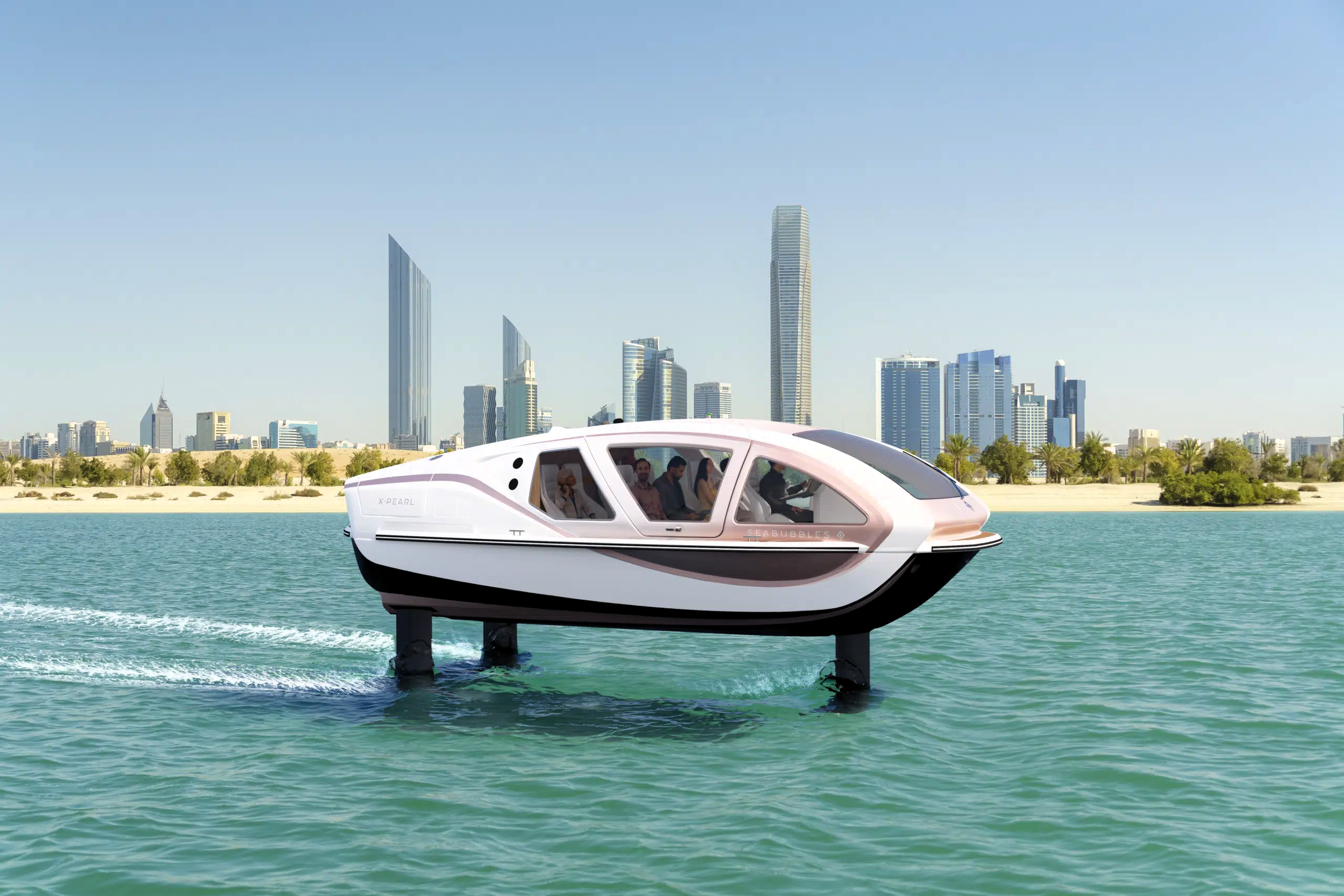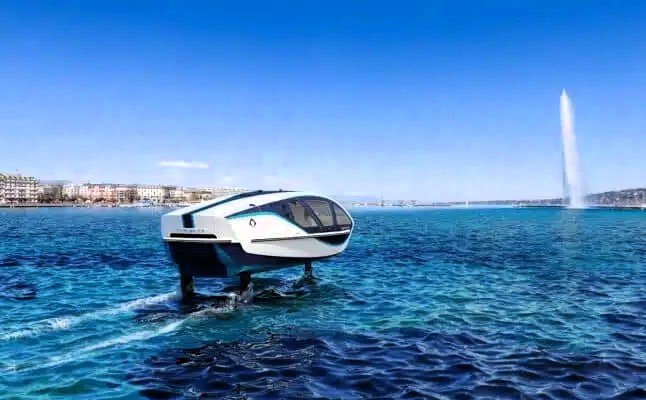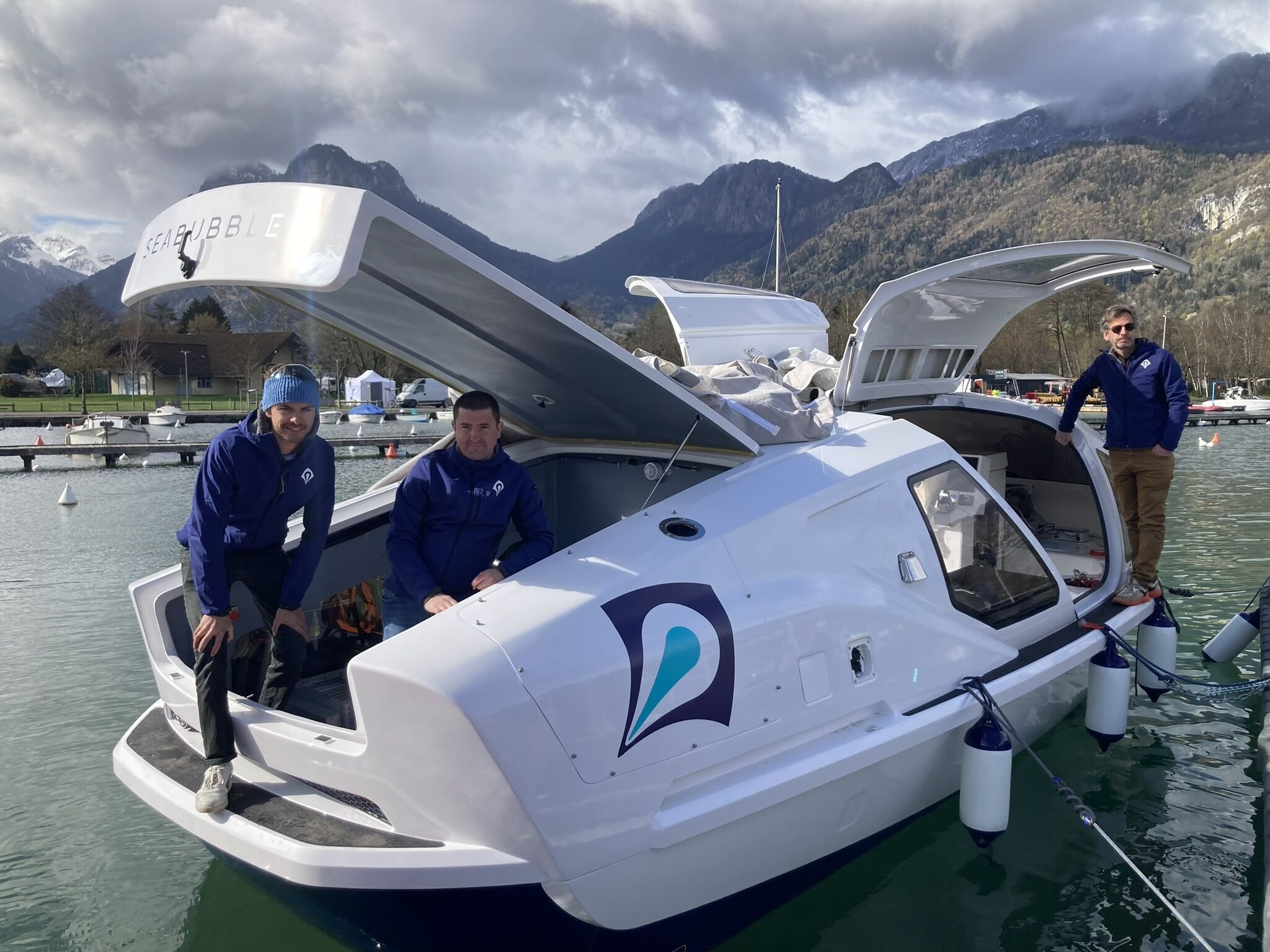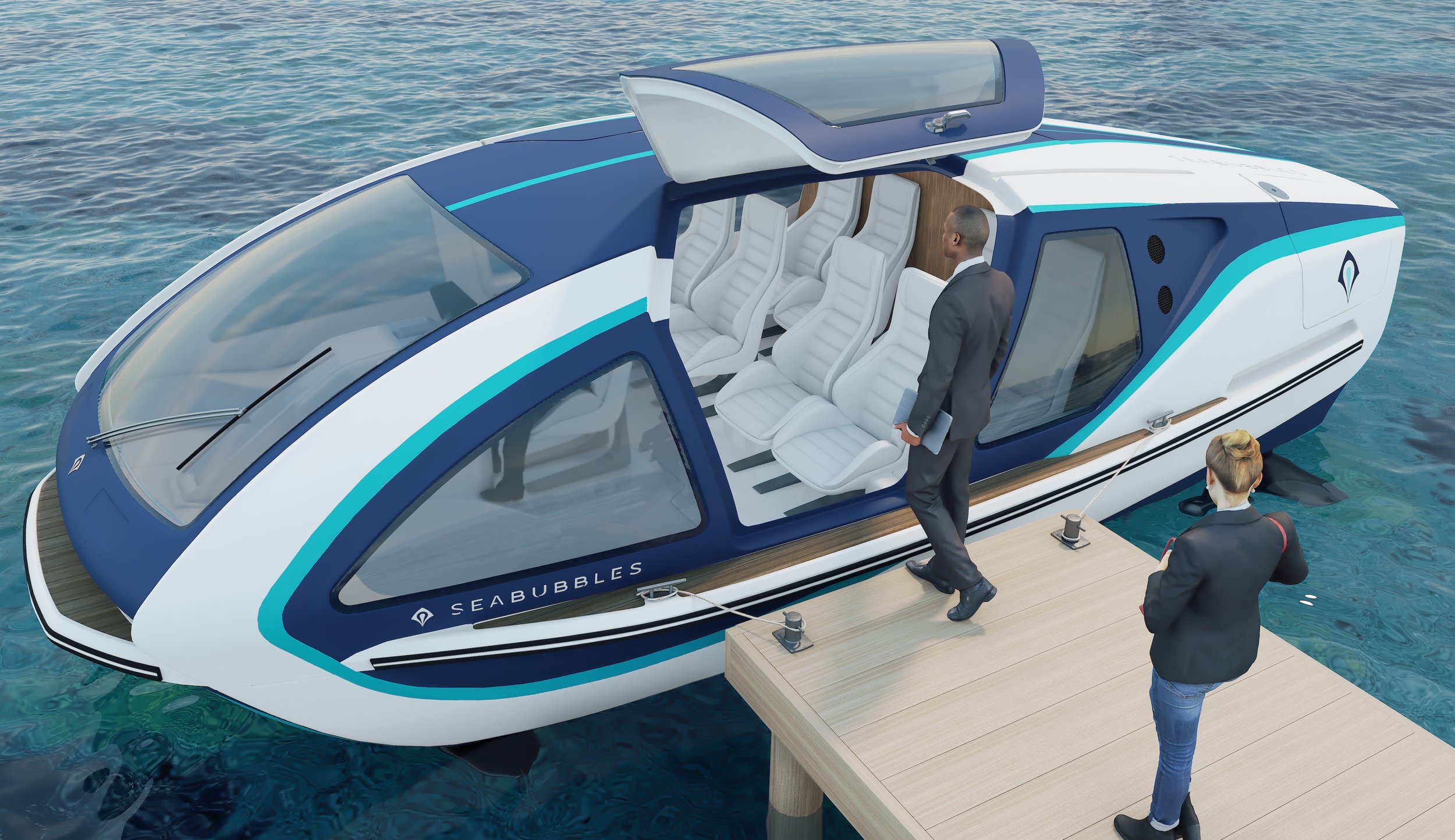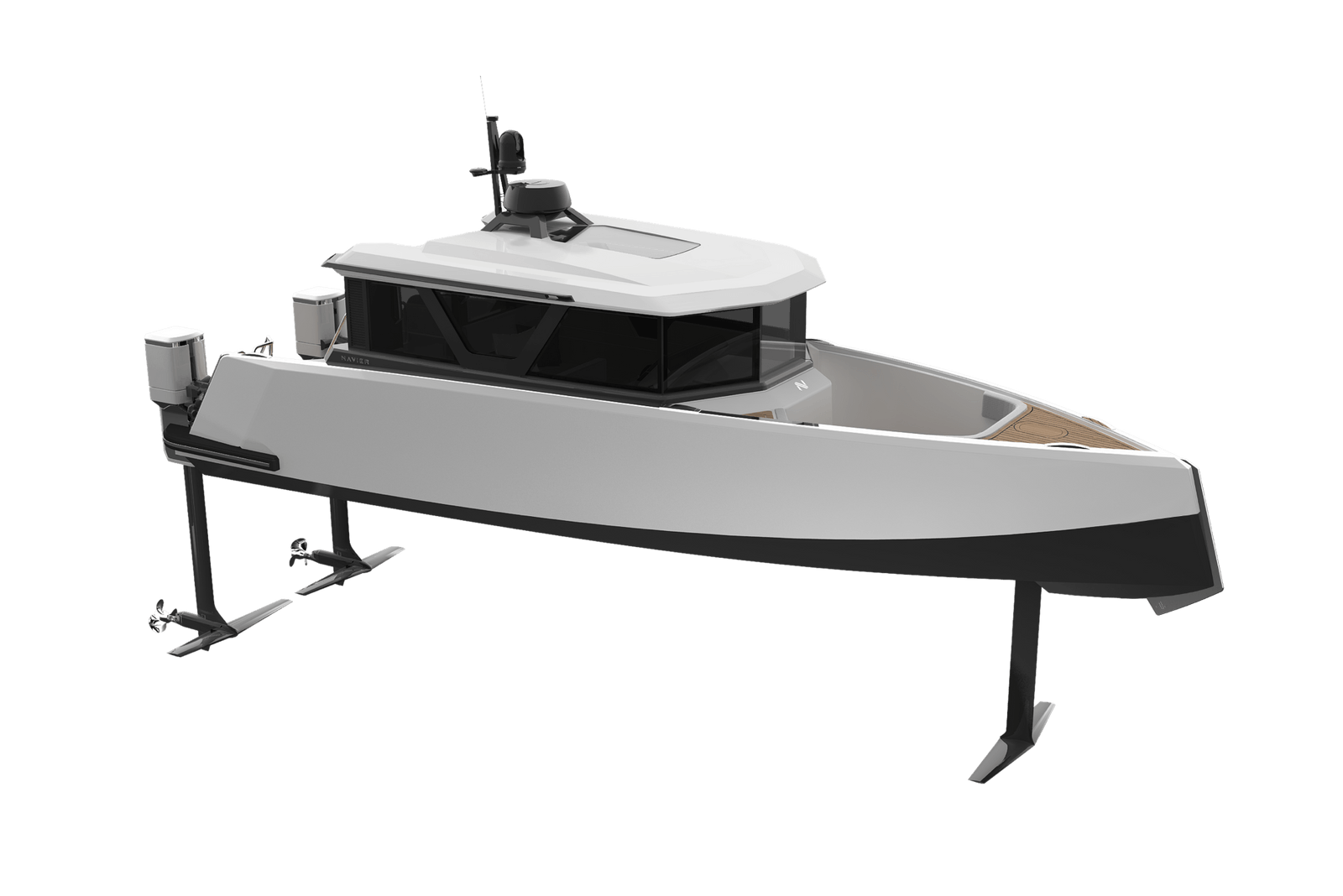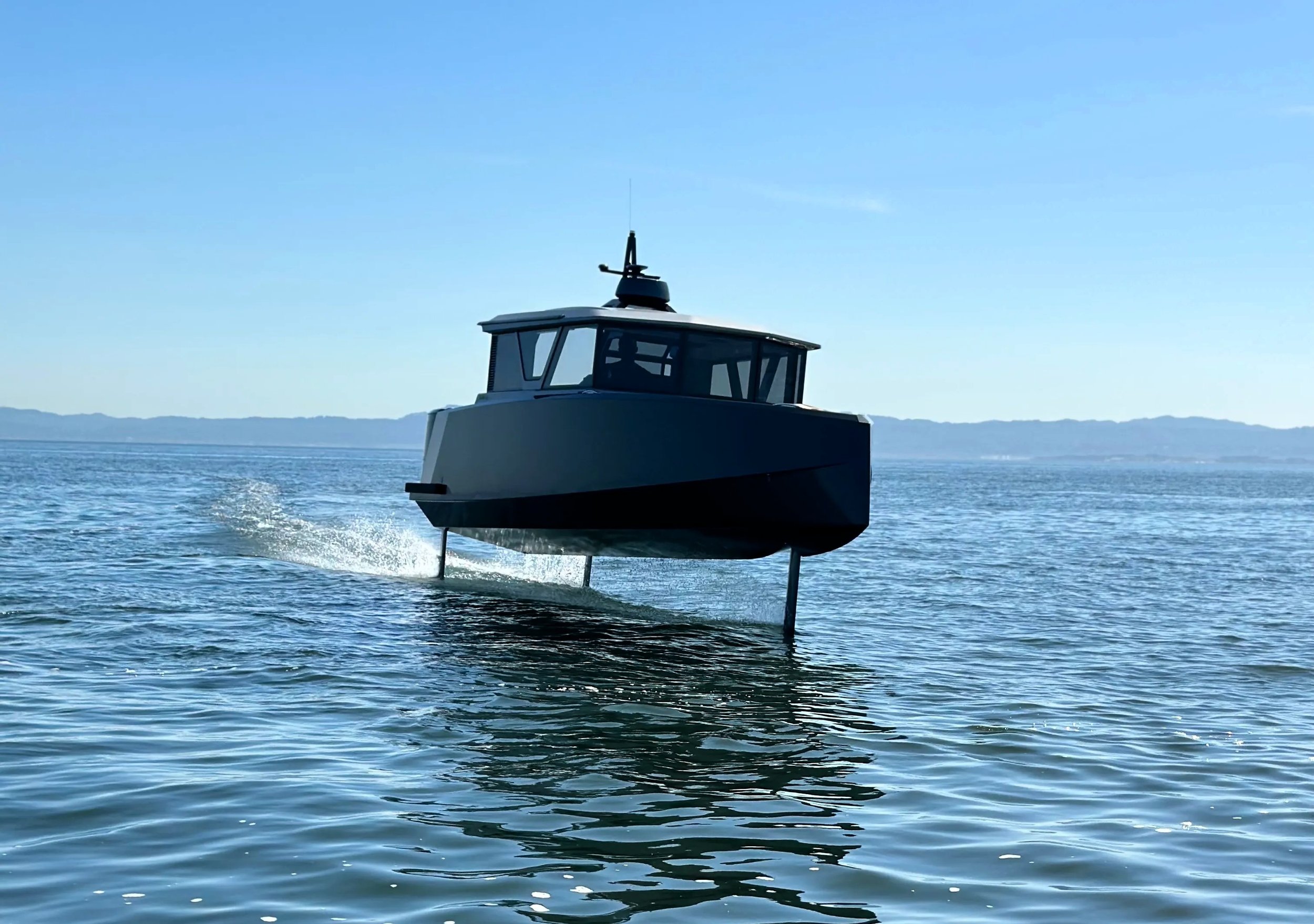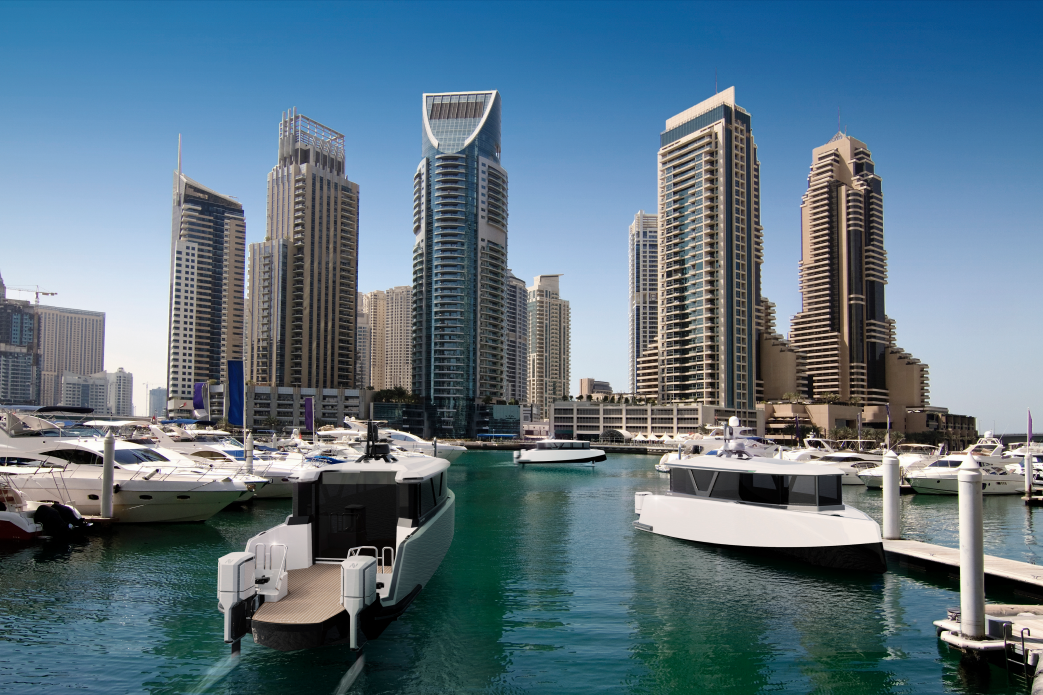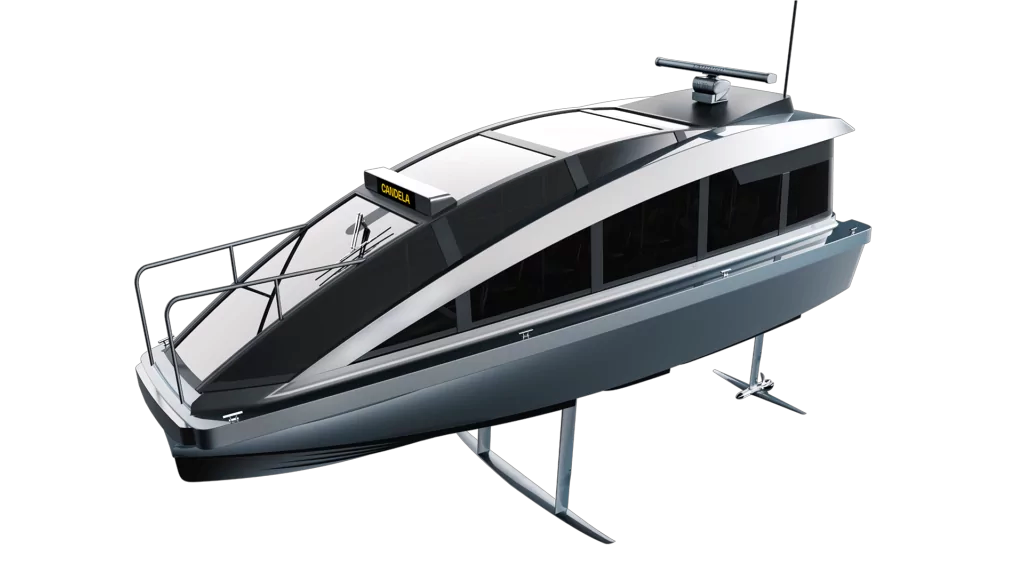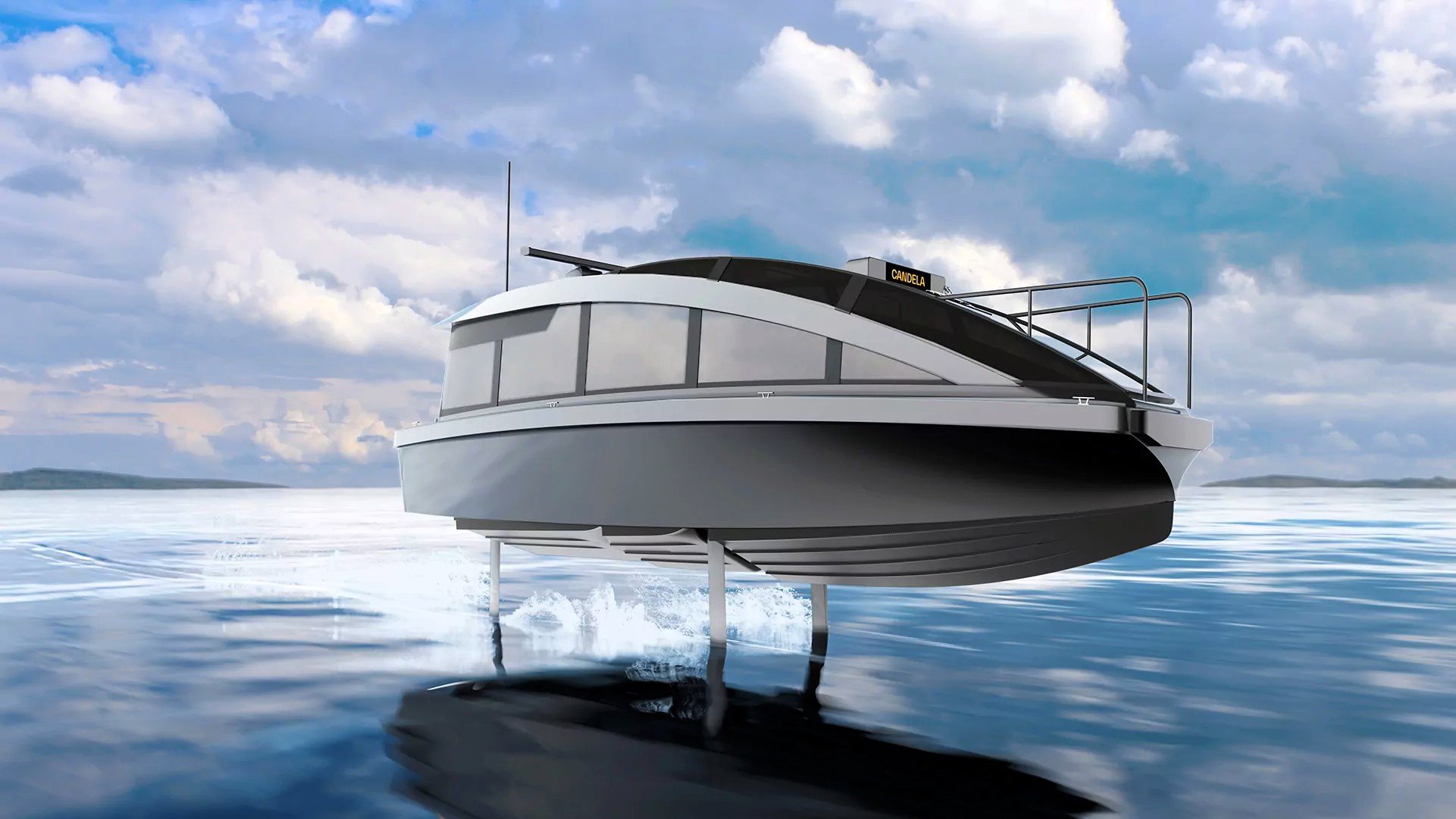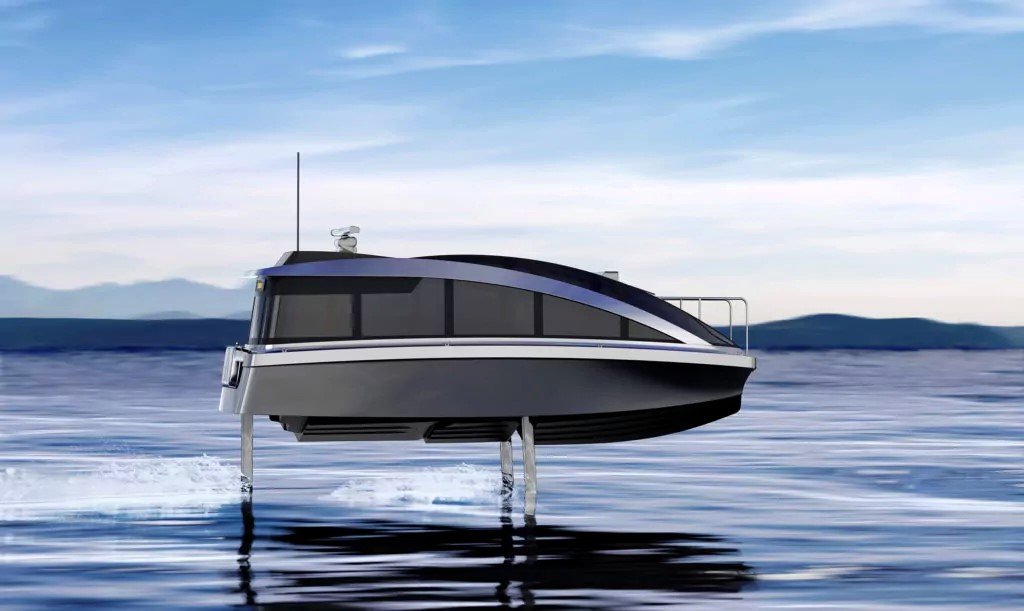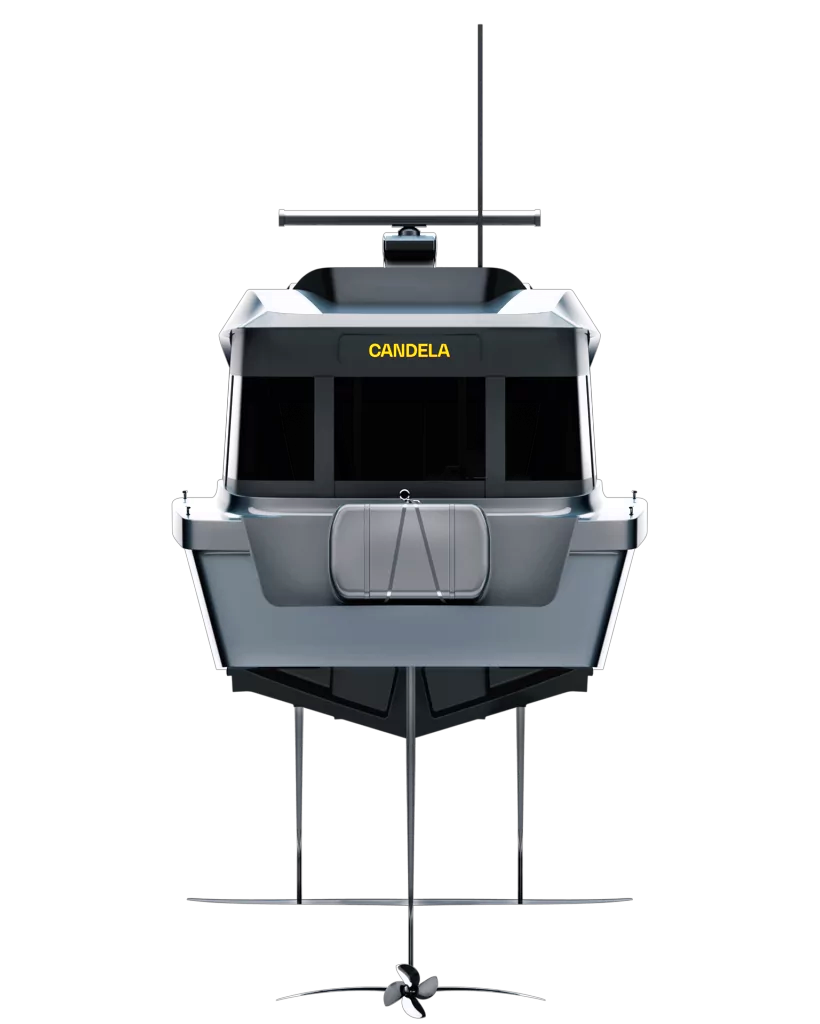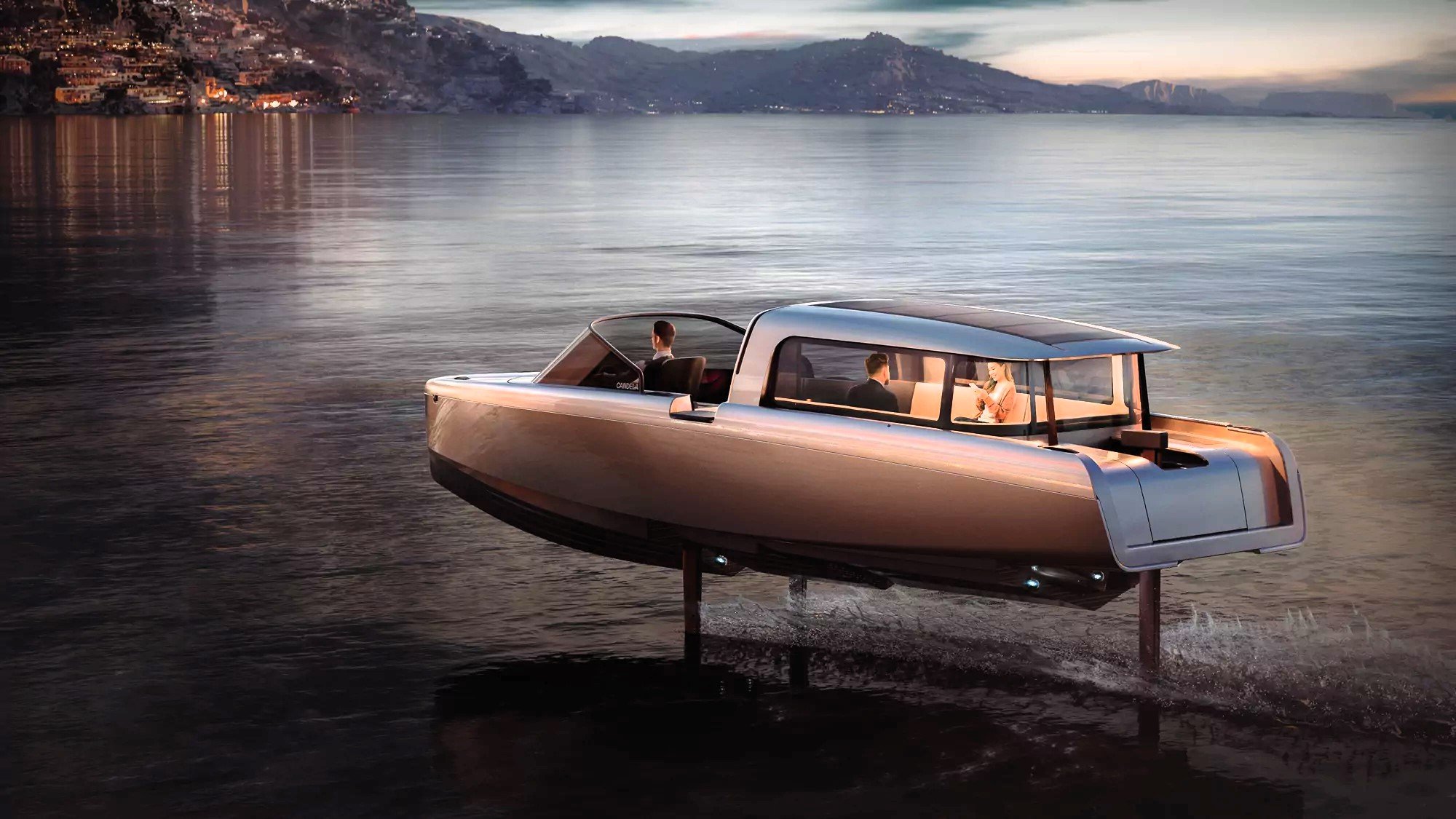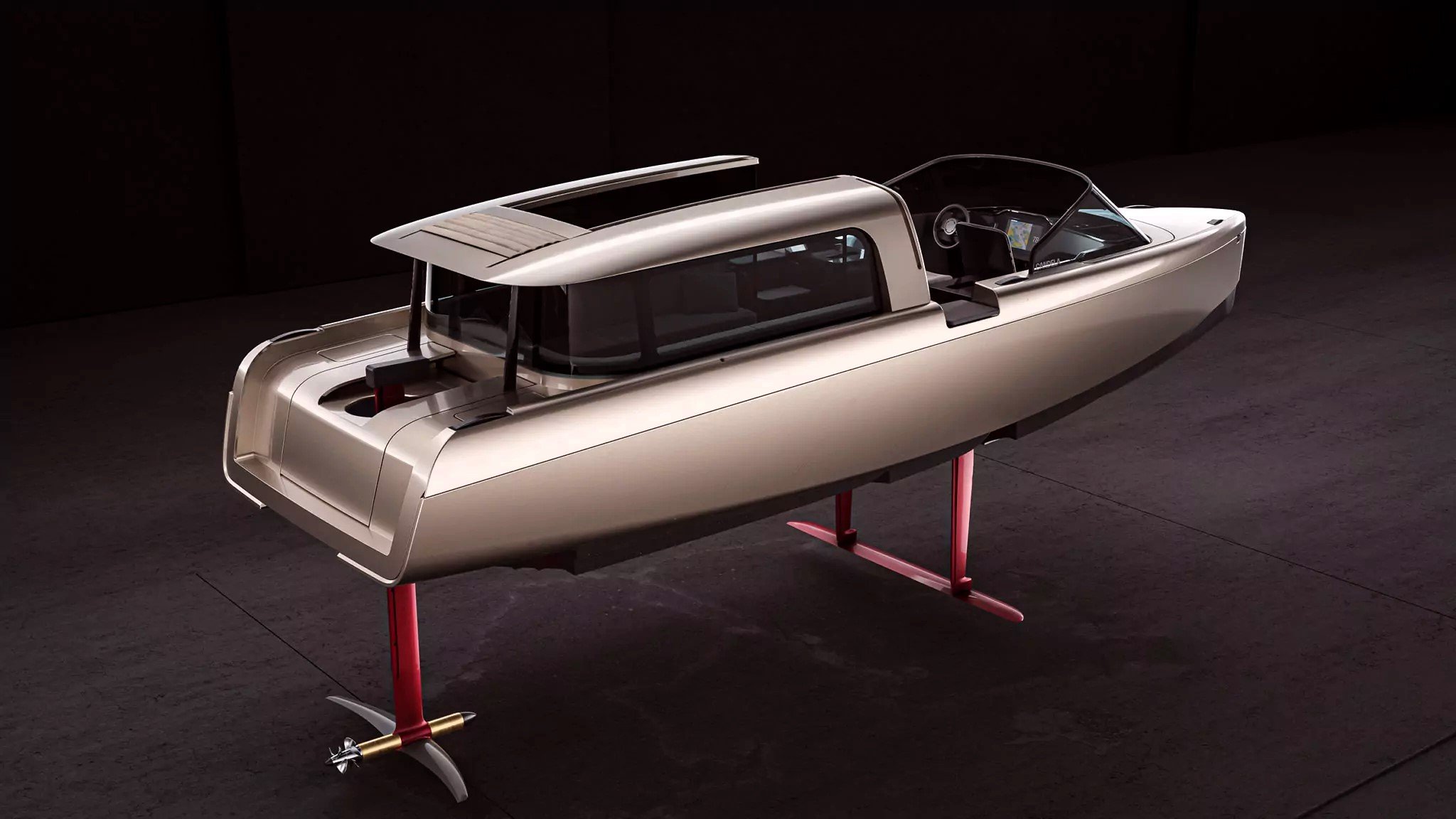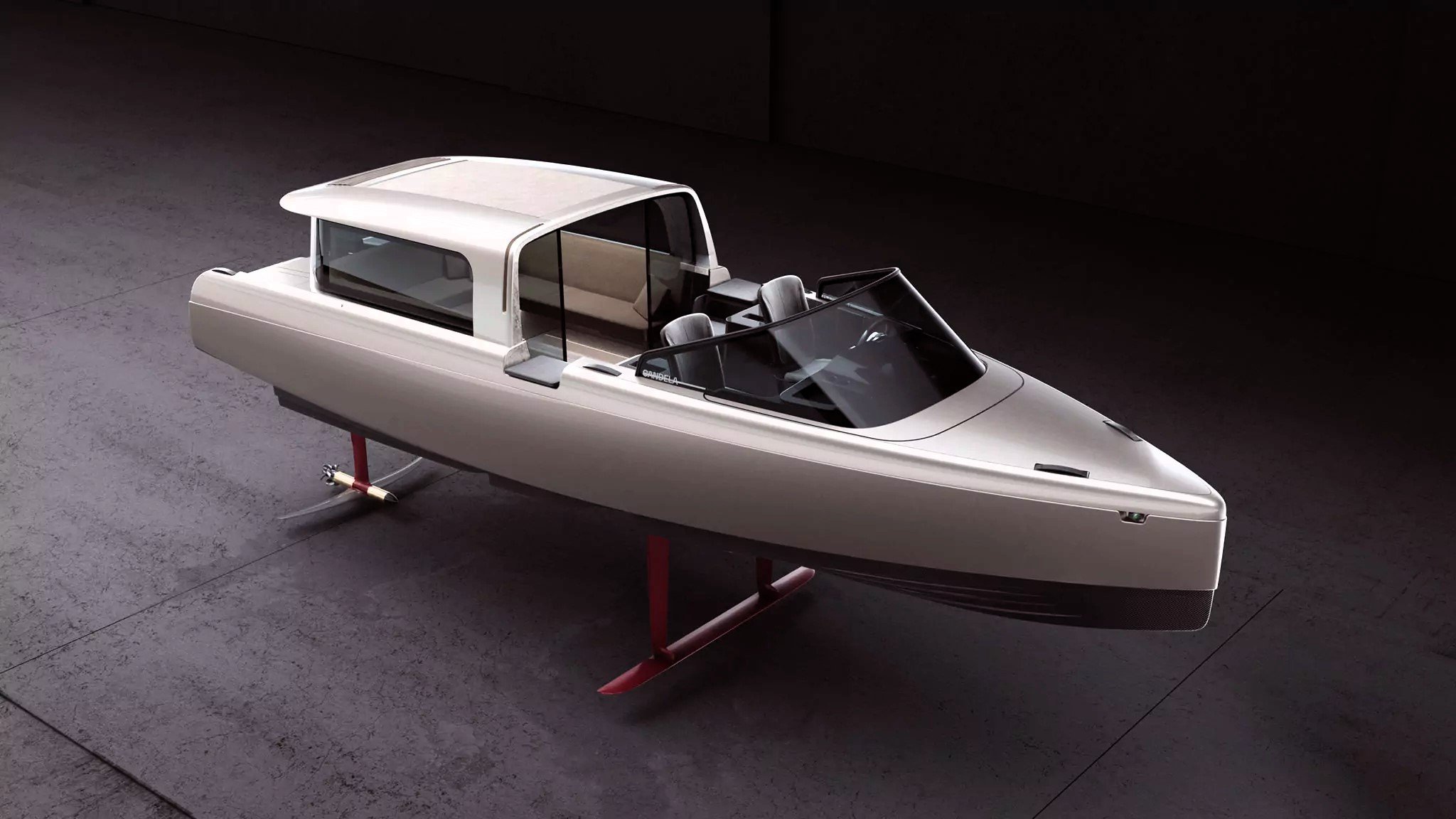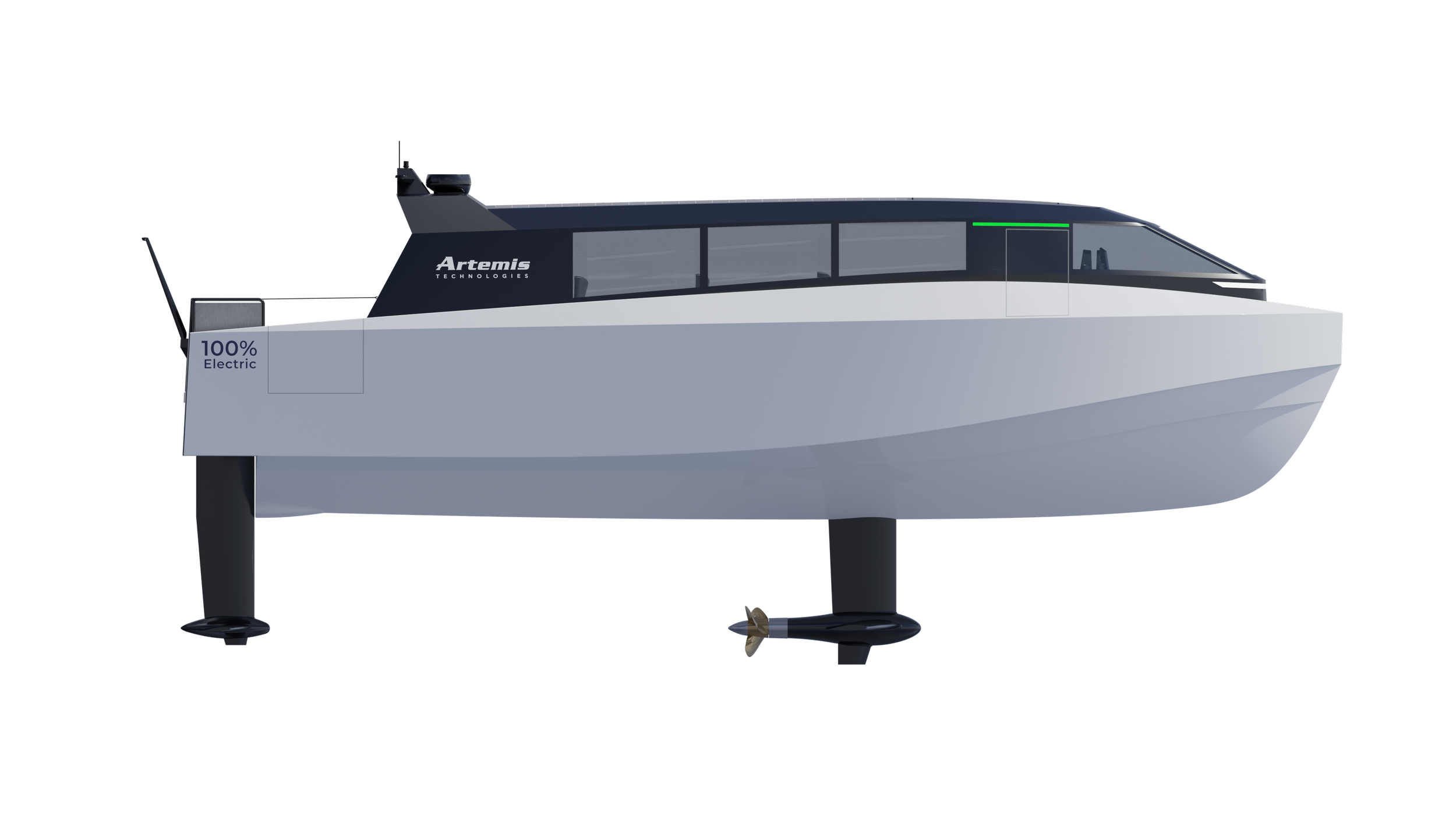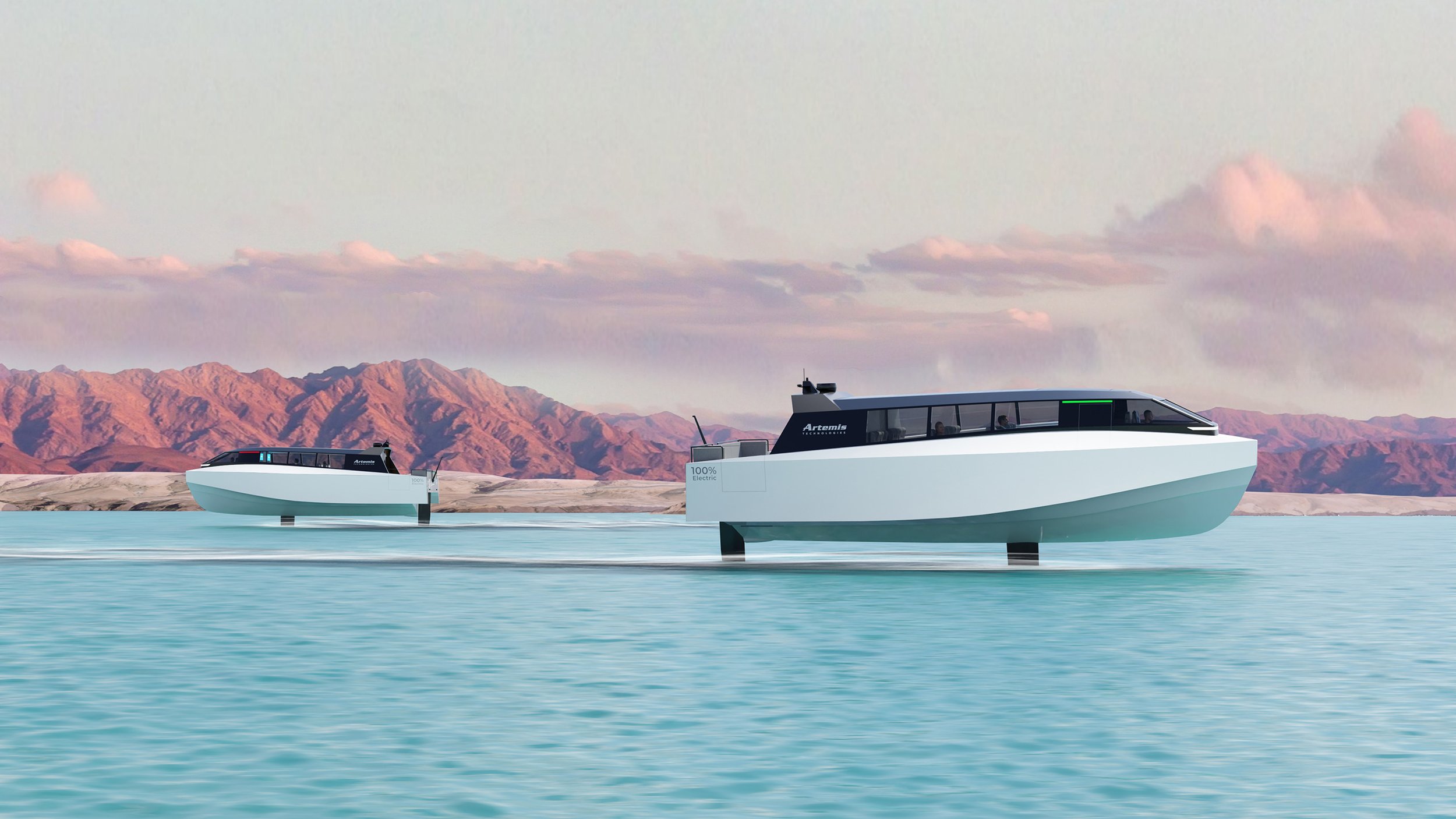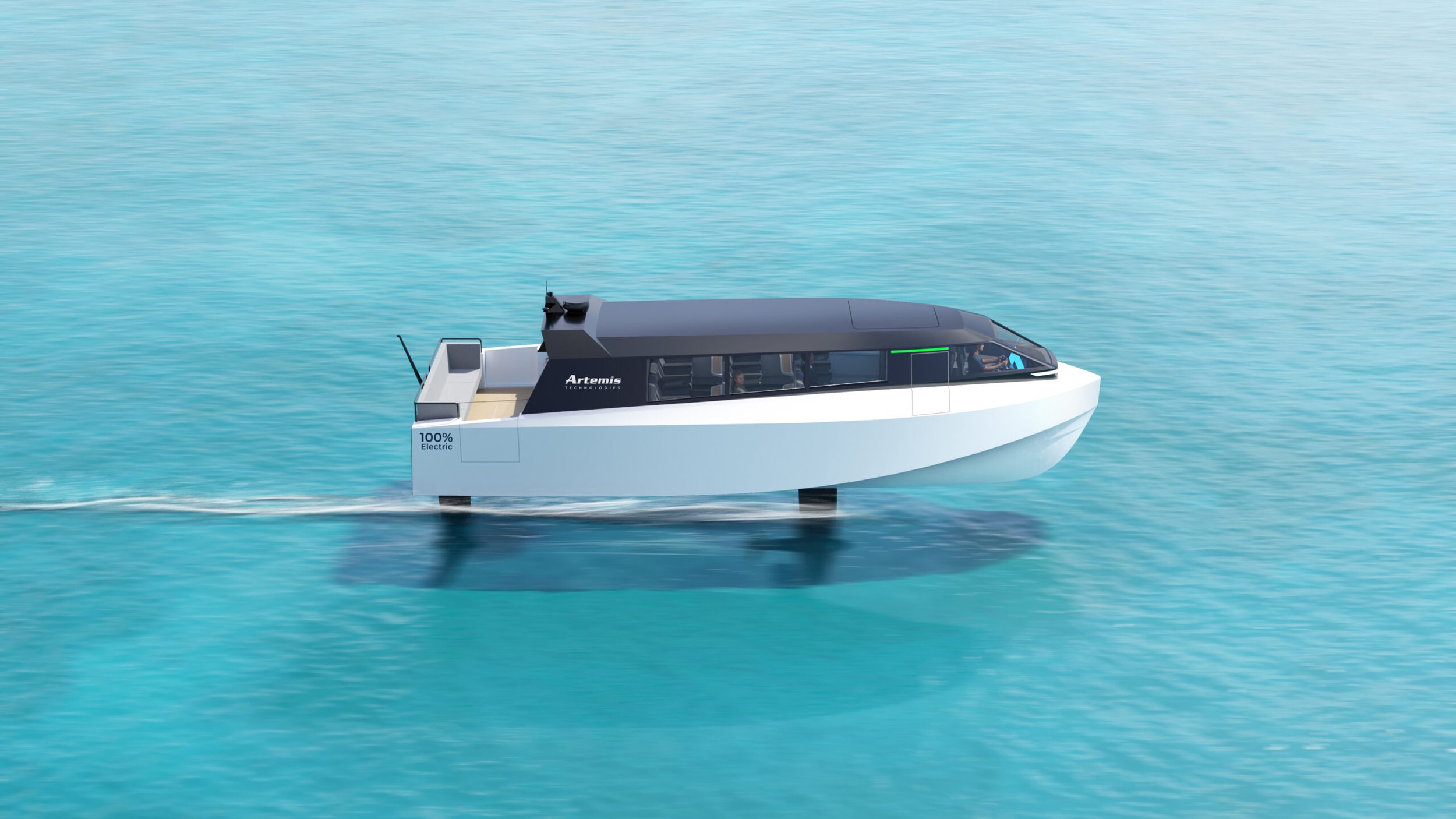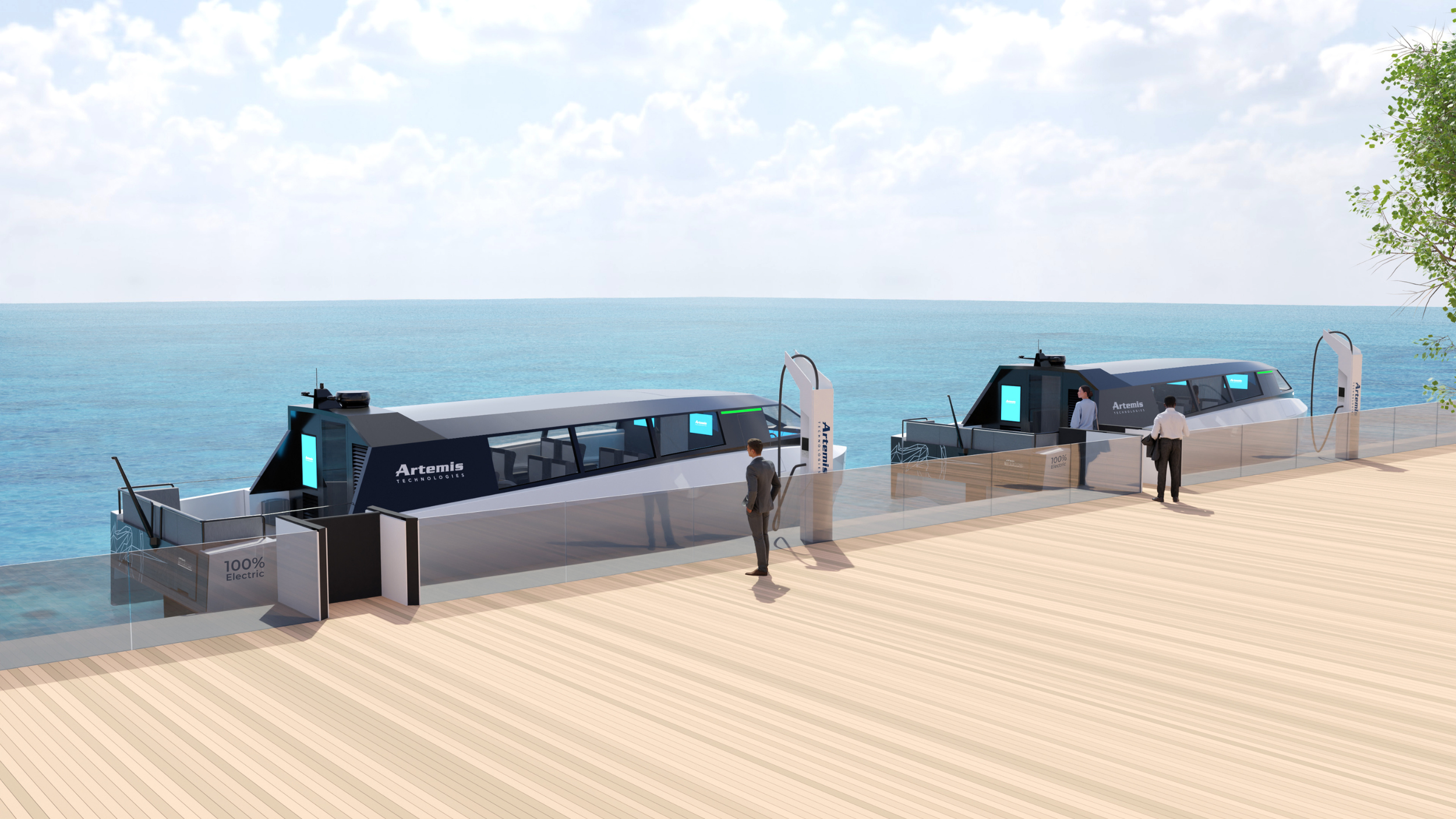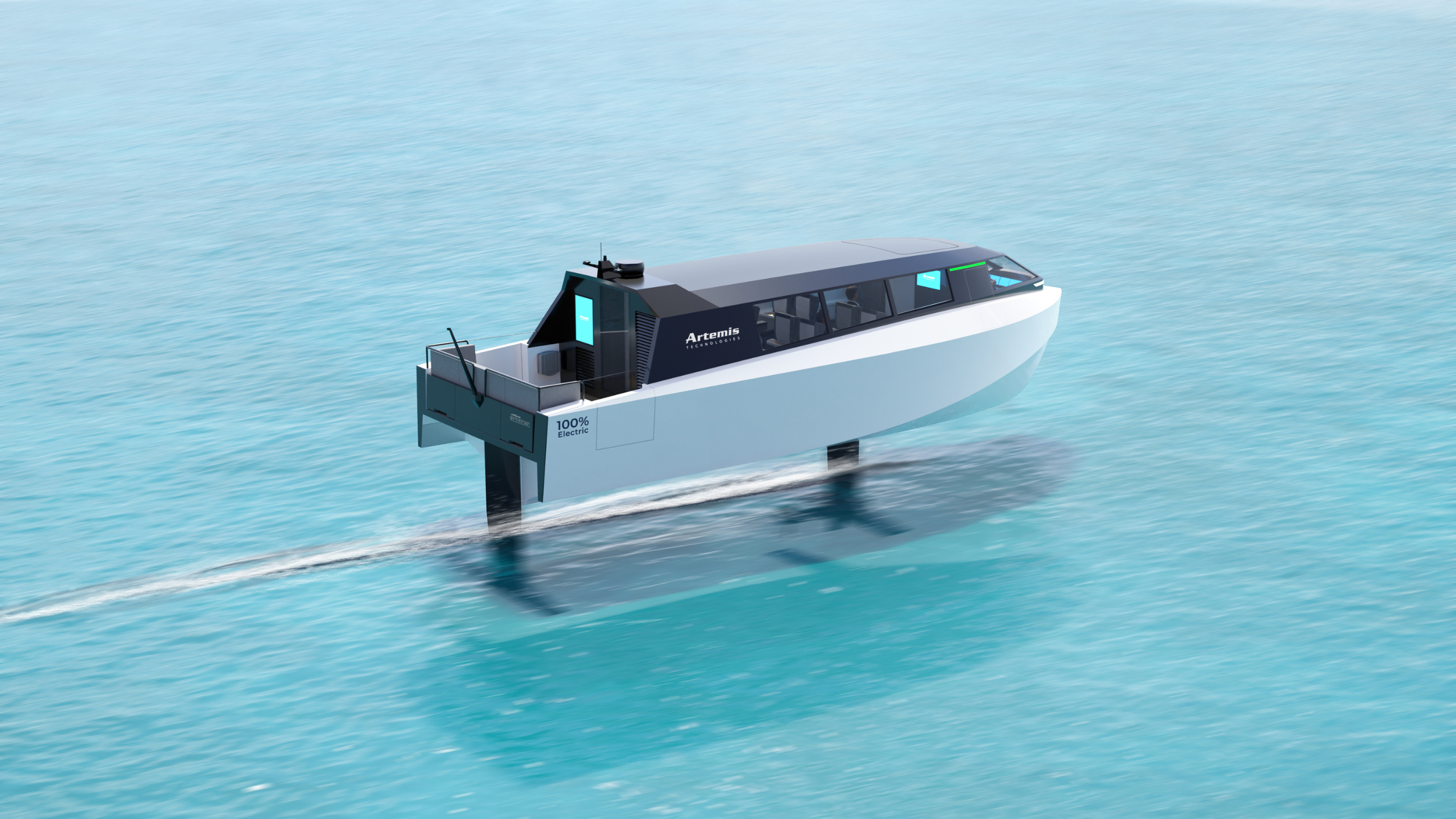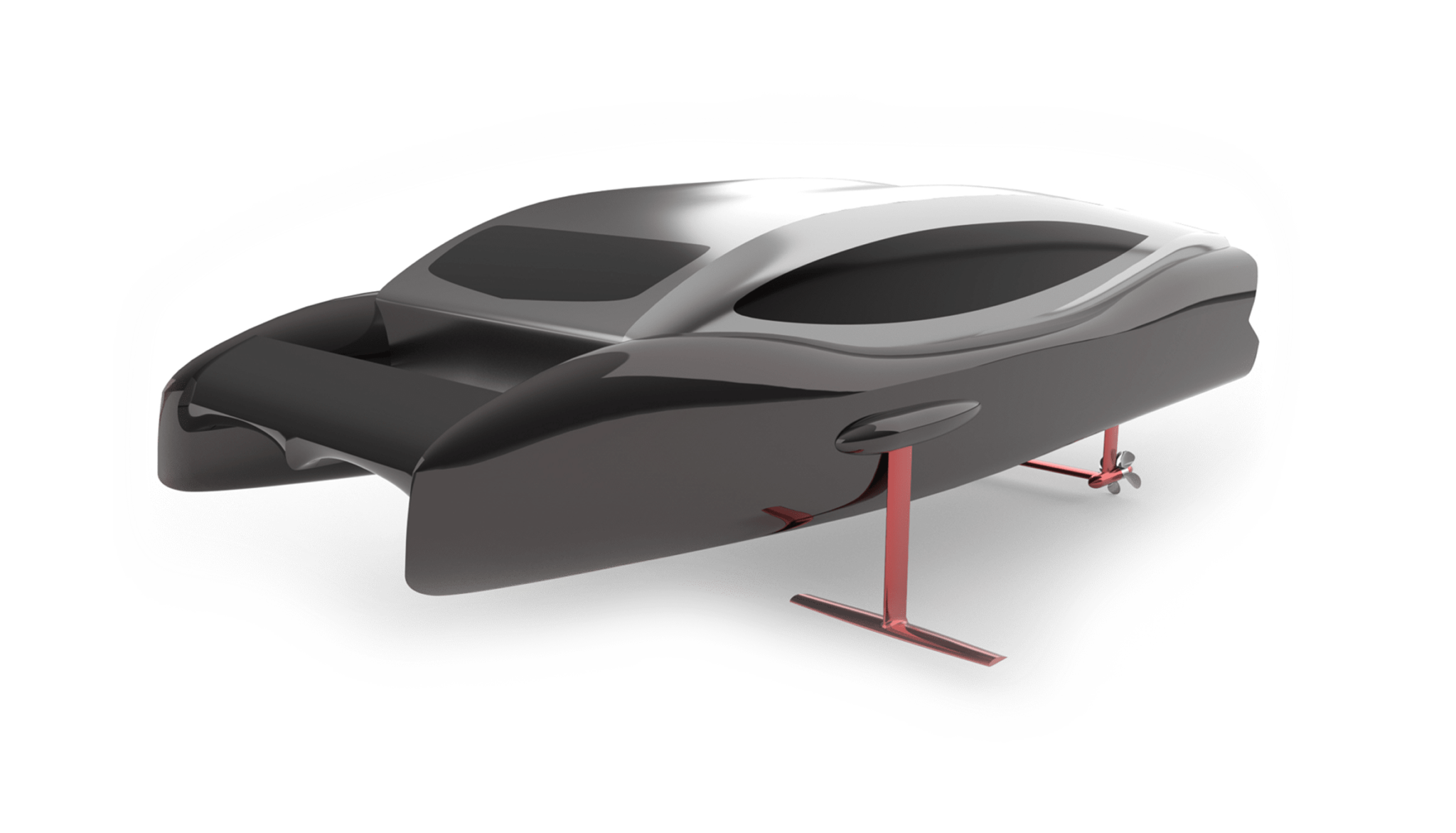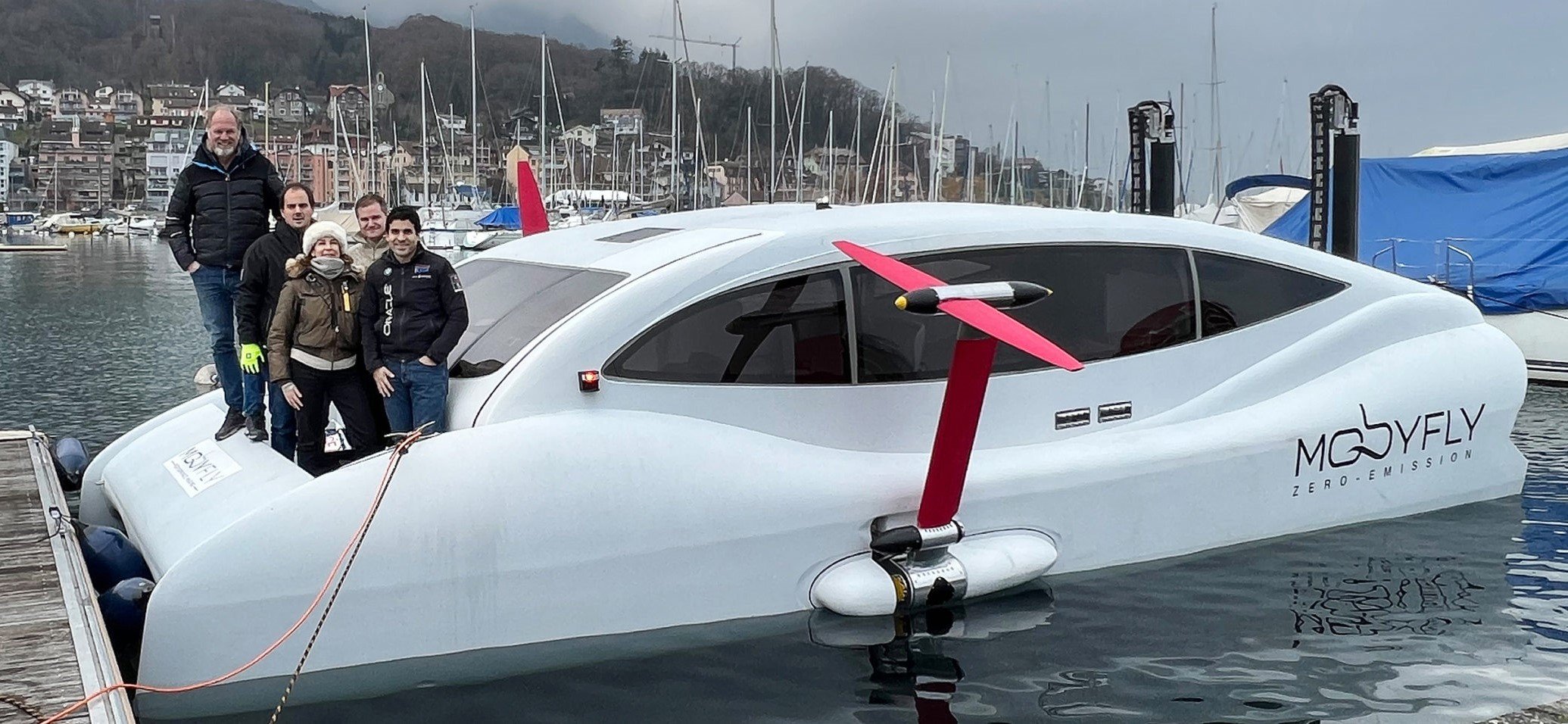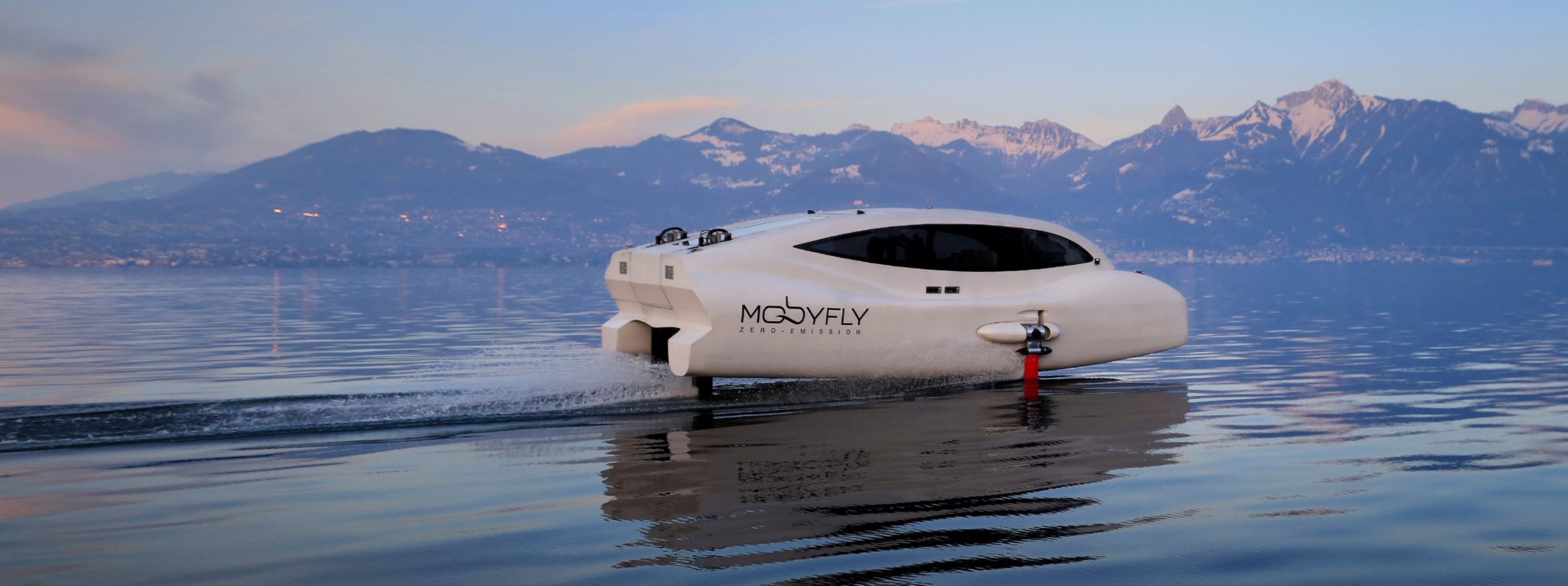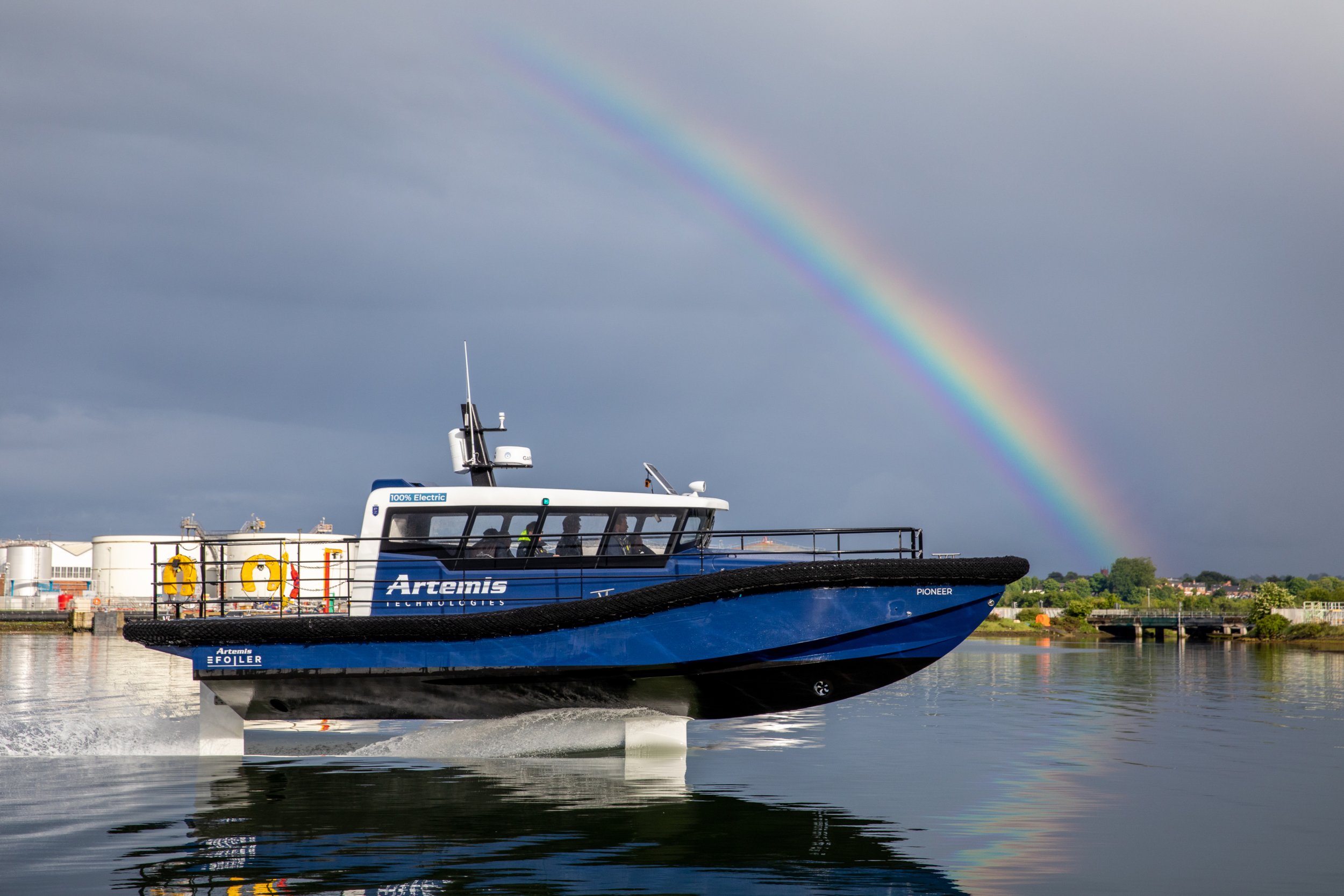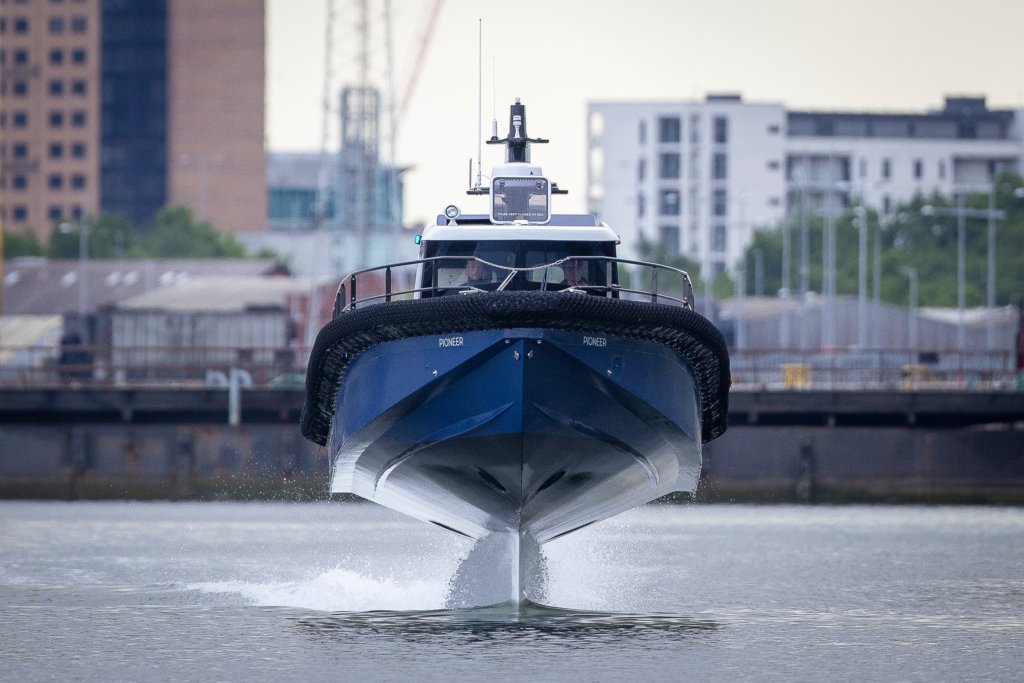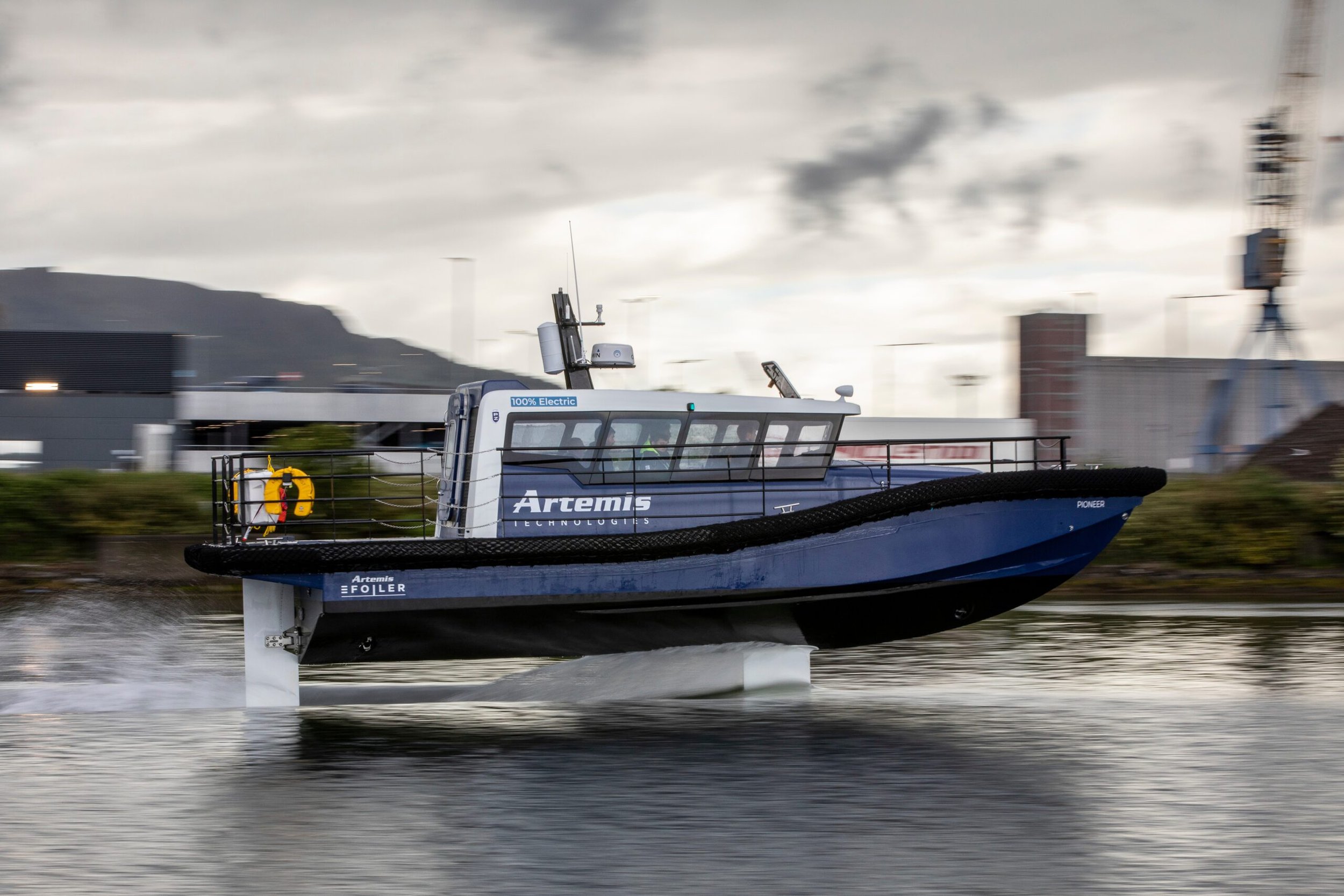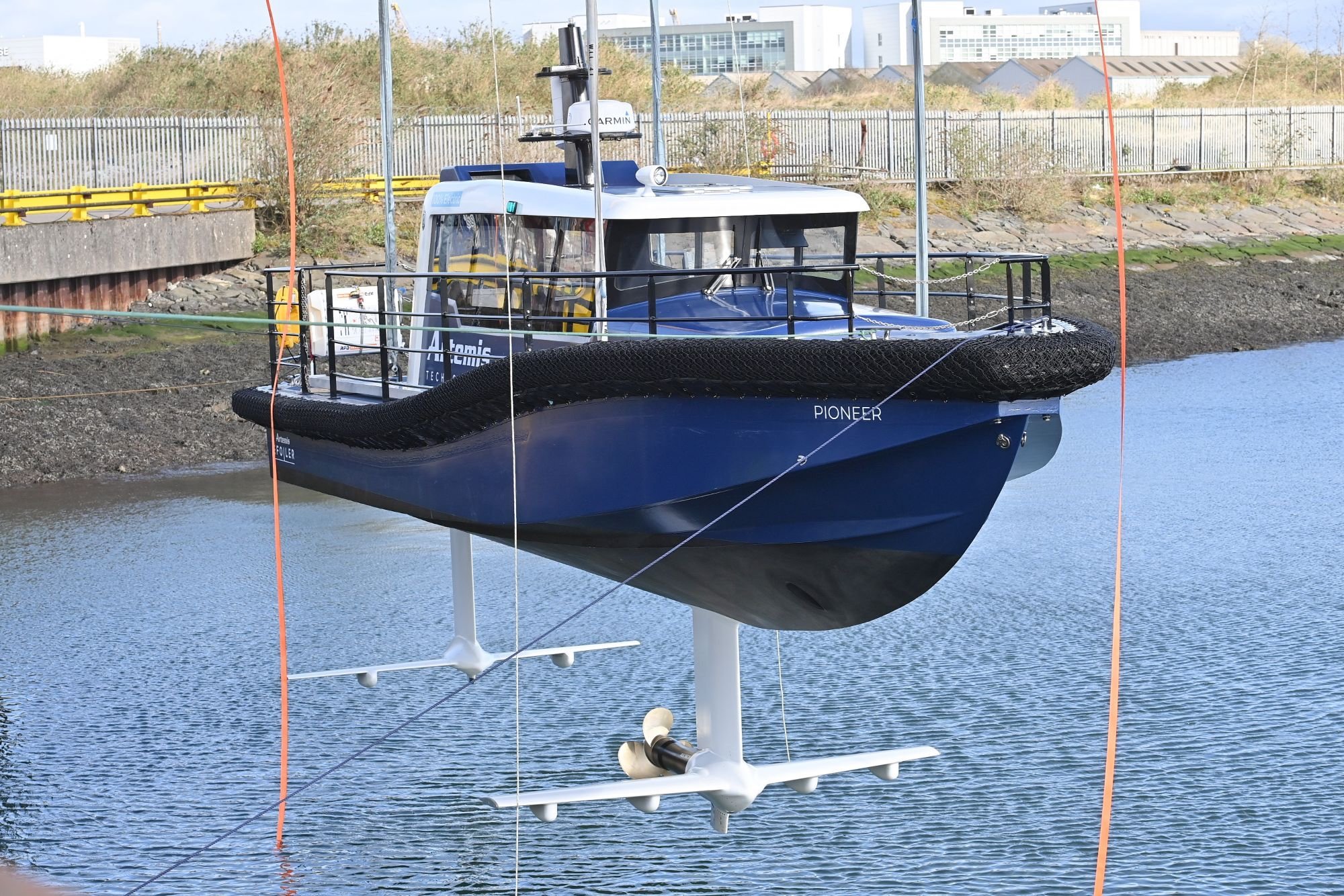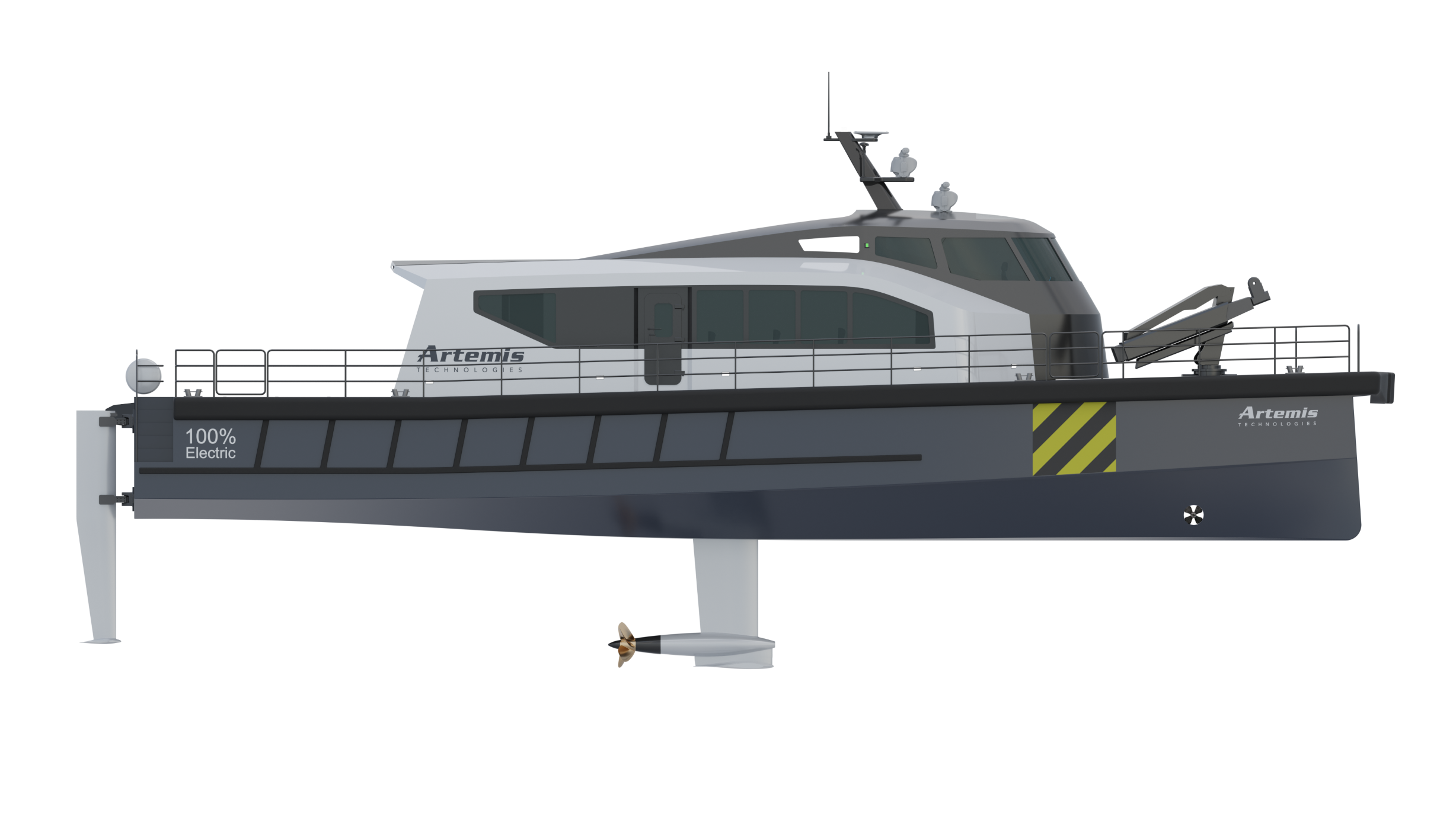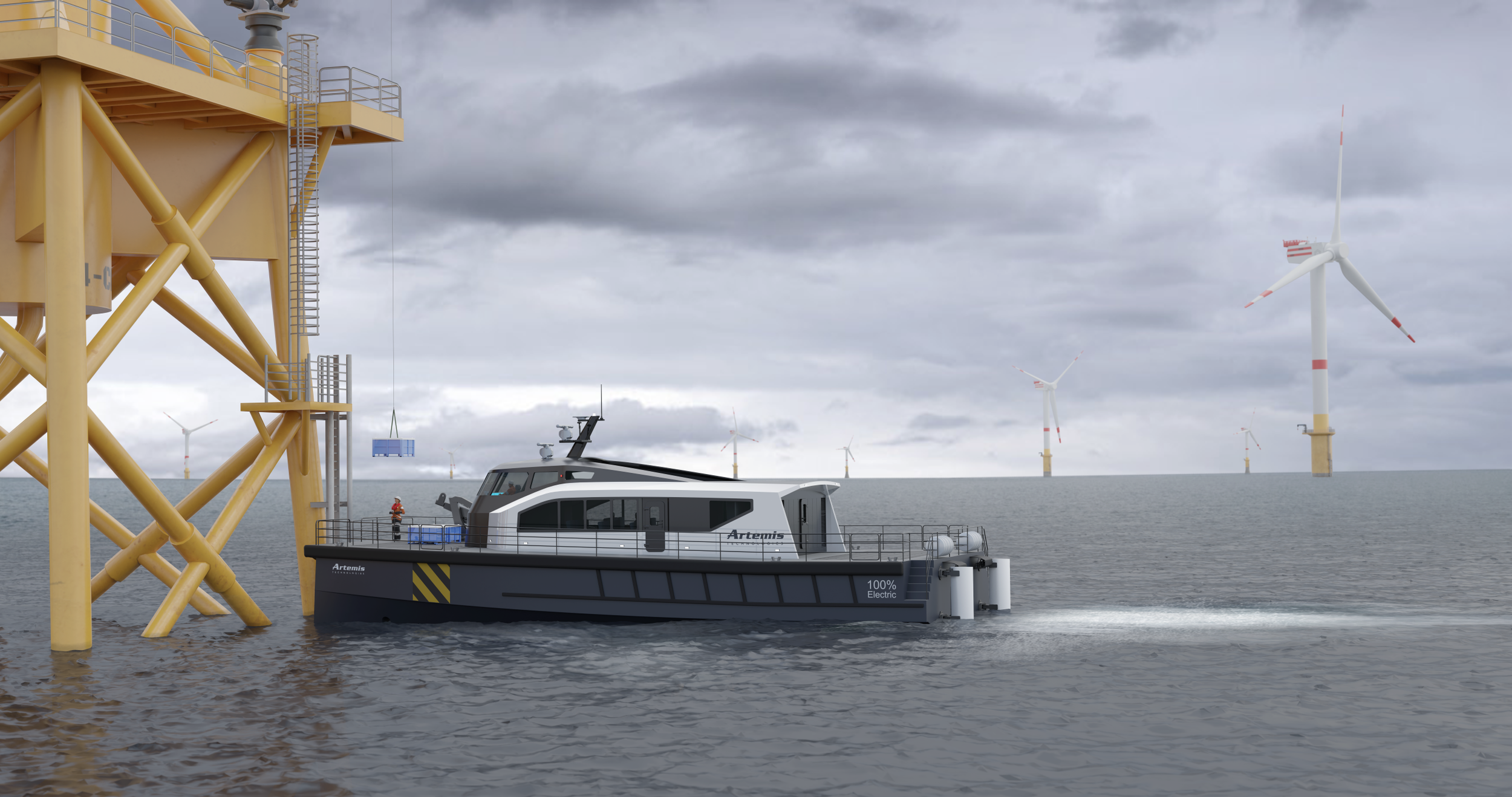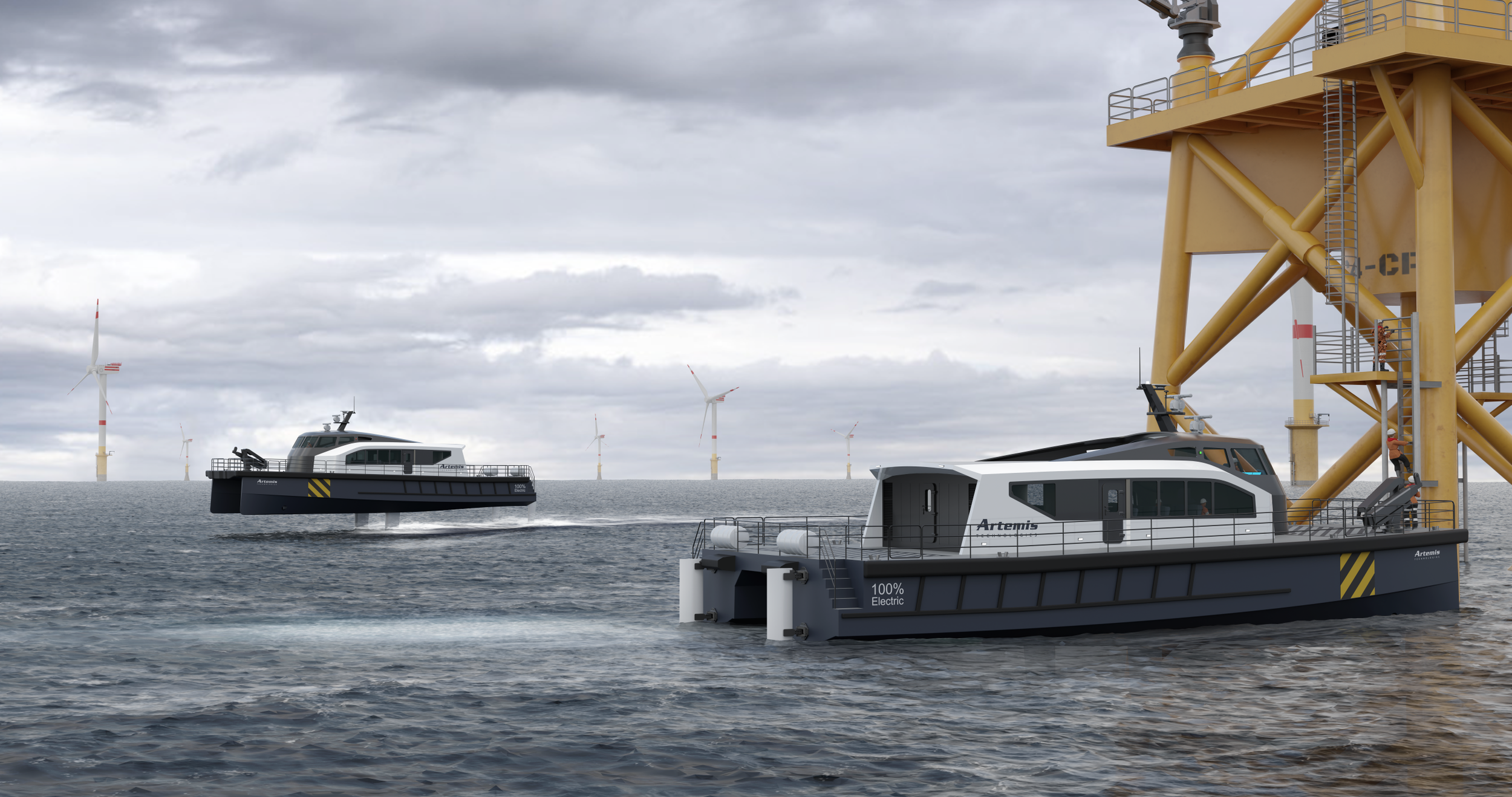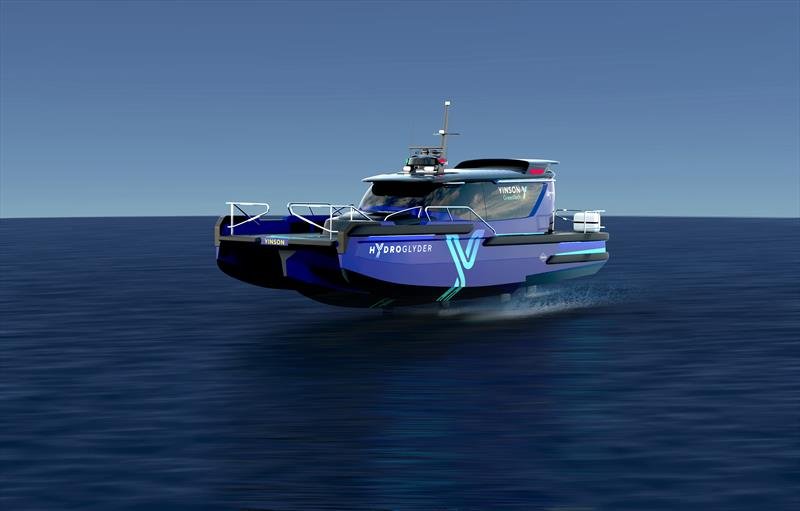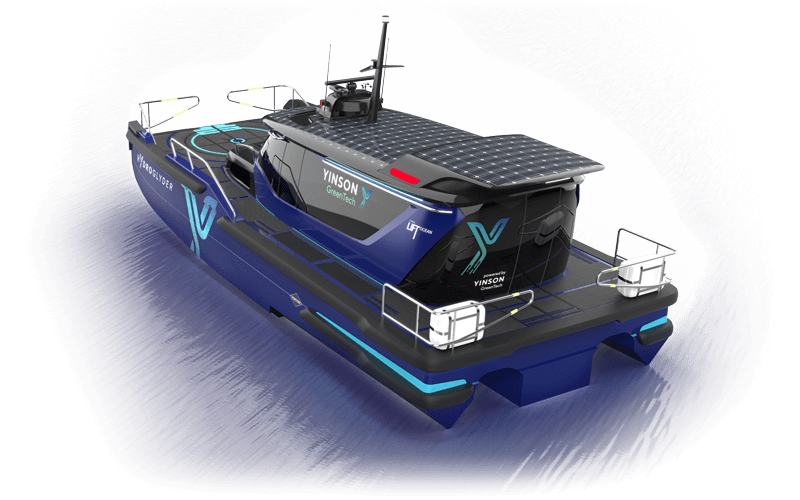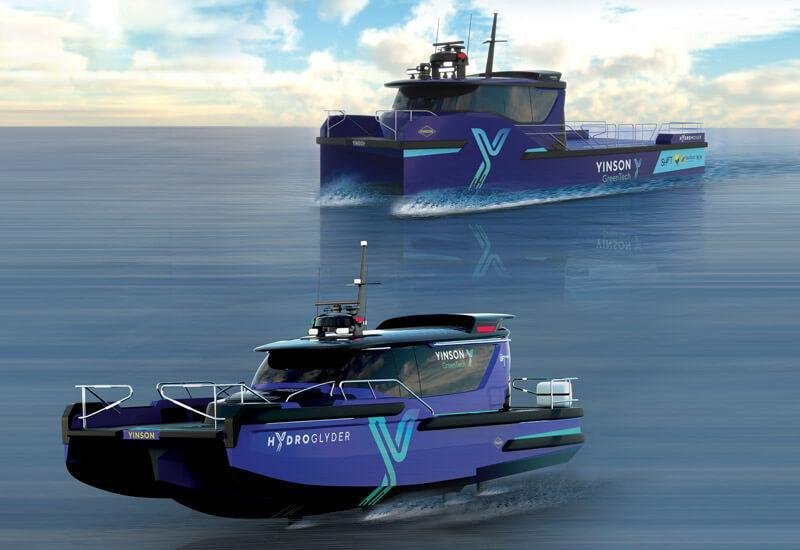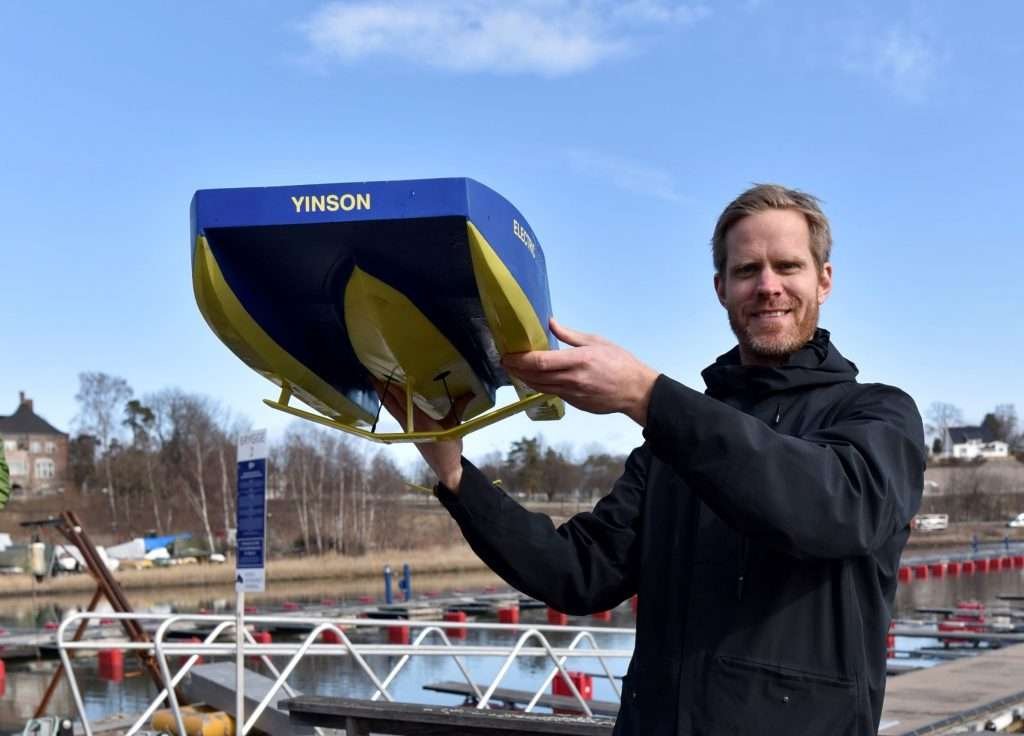Smart Electric Hydrofoils - Commercial
Smart electric hydrofoils - commercial uses
Suddenly we are seeing a new category of maritime vessel emerge. Mostly based on older T-shaped hydrofoil designs, they solve the problems of how to be efficient, work in both shallow and rough waters, leave minimal wake behind, and offer a comfortable ride for passengers. They also are largely 100% battery-electric, offering the potential to both drastically lower running costs and offer substantially lower greenhouse gas (GHG) emissions.
These smart electric hydrofoils are being considered for a range of commercial maritime uses, so we have grouped them below in what we think are the most interesting ones.
EDIT (4 Oct 2023): Added in Boundary Layer’s Electra ferry product.
EDIT (13 Oct 2023): Added in Glosten/Bieker Boats’ foiling ferry design.
EDIT (26 Oct 2023): Added in stats for the MBFY30.
EDIT (16 Nov 2023): Added reference to MarinEV prototype completion.
EDIT (7 Dec 2023): Added new Candela P-12 prototype photos.
Small Passenger Ferries
The vessels in this group are at the larger end of this category. There are problems with lifting heavier weight using hydrofoils - similar to airplanes, there is only so much thrust you can get at a certain speed. Boundary Layer Technologies found this out the hard way when they planned transporting shipping containers via electric hydrofoils, and have now pivoted to electric hydrofoil bikes. I am sure there is room for plenty of innovation to still occur around creating and controlling more lifting force, but right now these vessels are at the limits of their respective platforms.
🌐 Candela P-12 Shuttle (Sweden)
Candela are one of the more established players in the market with their C-7 launching in 2019 and other consumer models in production. Their plans for commercial watercraft are around the small form factor public transportation space, the P-12 is the largest of those.
Owing to their maturity, they have a fairly strong global presence with their consumer brand - the Candela C-8 was named the European Powerboat of the Year 2023 in the Electric class, beating a range of non-hydrofoiling vessels.
In December 2023 Candela announced testing of the P-12 prototype in Stockholm, Sweden - showcasing its ability to handle extreme weather conditions.
Passengers: 30 people seated
Length: 12 m
Max speed: 30 knots
Service speed: 25 knots
Range: 60 NM
Foil type: Retractable foils
Smart foiling: Yes
Carbon-fiber hull: Yes
Hull form: Catamaran
Power: Battery-electric
🌐 SeaChange F18 (New Zealand)
SeaChange are a relatively new startup targeting electric maritime transportation. They have a standard platform that can be configured for different operations - the F18 is a hydrofoiling catamaran, customisable by the operator to meet their specific needs.
New Zealand ferry operator Fullers360 have ordered the smaller SeaChange F8 to start trialing the smart electric hydrofoil concept as a tourist boat.
Payload: 10,000 kg
Length: 18 m
Max speed: <Unspecified>
Service speed: 25 knots
Range: 70 NM
Foil type: Retractable foils
Smart foiling: Yes
Carbon-fiber hull: Yes
Hull form: Catamaran
Power: Battery-electric
🌐 EV Maritime EVM200-commuter (New Zealand)
EV Maritime have big ambitions to bring electric ferries to the masses, and plenty of evidence that they are succeeding. Their EVM200 model vessel is intended to take 200 passengers (although one option is 191 passengers and 24 bikes) and is one of the larger models in this group. unlike some of the others, the EVM200 uses a single foil in the middle of the hull to reduce the displacement of the vessel by about 20%. Unlike some other designs the lower range means more frequent charges would be necessary, but that is not necessarily an issue in commuter use.
Auckland Transport has ordered two of these ferries, and they have partnered with a Brisbane based boat builder to explore doing the same thing for the Brisbane waterways.
Passengers: 200 (or 191 passengers and 24 bikes)
Length: 24 m
Max speed: <Unspecified>
Service speed: 25 knots
Range: 20 NM
Foil type: Foil assist
Smart foiling: No
Carbon-fiber hull: Yes
Hull form: Catamaran
Power: Battery-electric
🌐 Artemis EF-24 Passenger (United Kingdom)
Artemis Technologies have a bold vision to create an electric hydrofoil platform, called eFoiler®, that can be designed for a wide variety of operations, in this case public transport. Compared to the EVM200 the EF-24 is faster, with a much longer range, and (presumably) longer time between charges. The tradeoff is a smaller passenger capacity, so the economics may be different too. This may be mostly due to the difference between foil-assist and fully foiling physics.
Their first ferry is due to go live with a pilot service in 2024 with Condor Ferries in Northern Ireland on a route that should take about 30 minutes, depending on the time spent in displacement mode, this could mean 6-7 trips between charges, and more if it did a small top-up charge at each end point.
Passengers: 150 passengers and 18 bikes
Length: 24 m
Max speed: 38 knots
Service speed: 32 knots
Range: 115 NM
Foil type: Retractable foils
Smart foiling: Yes
Carbon-fiber hull: Yes
Power: Battery-electric
🌐 Green City Ferries Beluga24 (Sweden)
Green City Ferries (GCF) have created an interesting concept, a ferry that can be powered by battery-electric or hydrogen fuel-cell. This flexibility in power systems is intended to allow the one design to be used for short and longer ferry routes. Interestingly they have also proposed a containerised charging infrastructure (grid connected, or hydrogen fuel-cell) that is intended to support changes in ferry routes. Like EV Maritime they use foil assist to reduce the displacement of their ferries - they use foiling technology from Teknicraft, a New Zealand company as they see them having an edge (thanks to the America's Cup!).
PROP, a ferry operator in San Francisco, USA, has selected the Beluga24 to be the replacement for their existing ferries. One other is apparently being used somewhere in Scandinavia. Interestingly, this is the second iteration of GCF's electric ferries, with their older BB Green ferry design being where they started.
Passengers: 150 passengers and 30 bikes
Length: 24 m
Max speed: <Unspecified>
Service speed: 25 knots
Range: 15 NM / 30 NM (option)
Foil type: Foil assist
Smart foiling: No
Carbon-fiber hull: Yes
Hull form: Catamaran
Power: Battery-electric (or Hydrogen fuel-cell)
🌐 Mobyfly MBFY30 (Switzerland)
Mobyfly have come up with a very ambitious design for what would be the largest electric hydrofoil design yet (although they are also looking into hydrogen fuel cells, which this model might need).
In 2021 they announced a contract for constructing five MBFY30 boats for the Portuguese tourism operator Nosso Tejo, and four MBFY20, a similar but smaller design taking 60 passengers.
Passengers: 350 passengers
Length: 30 m
Max speed: 48.5 knots
Service speed: 32 knots
Range: 65-215 NM
Foil type: Retractable foils
Smart foiling: Yes
Carbon-fiber hull: Yes
Hull form: Catamaran
Power: Battery-electric (or Hydrogen fuel-cell)
🌐 Boundary Layer Technologies Electra (USA)
Boundary Layer Technologies have recently focused their attention on the launch of their personal watercraft offering, the Valo. So we missed the Electra the first time around as it is on a bit of a stealth page on their website (not linked from the menu, but still public).
Interestingly they have gone for a fixed hydrofoil design and a higher service speed than many of the others. An article from 2021 mentions that San Francisco’s Blue & Gold Fleet ferry operators were interested in the design, but no more recent news exists. We have asked BLT for more information.
Passengers: 150 passengers
Length: <unspecified>
Max speed: <unspecified>
Service speed: 40 knots
Range: 100 NM
Foil type: Fixed foils
Smart foiling: Yes
Carbon-fiber hull: <unspecified>
Hull form: Catamaran
Power: Battery-electric
🌐 Glosten/Bieker Boats’ Foil Ferry
Glosten and Bieker Boats have collaborated on this electric foiling ferry design. Bieker Boats have also worked on the design of the Navier N30 (see below) and bring their America’s Cup foiling experience to bear here as well.
The design was created in response to an innovation project from Washington Maritime Blue. They worked with Kitsap Transit to design it for the route across Puget Sound from Bremerton to Seattle.
Passengers: 150 passengers
Length: 27.5 m
Max speed: 35 knots
Service speed: 30 knots
Range: 30 NM
Foil type: Fixed foils
Smart foiling: <unspecified>
Carbon-fiber hull: Yes
Hull form: Catamaran
Power: Battery-electric
Water Taxis
Vessels in this group are at the smaller end for this category, but are still large enough to comfortably take a small number of passengers from point to point around a harbour, lake, or river system.
🌐 SeaBubbles Smart Bubble (France)
SeaBubbles have already created a small tender sized vessel called The Bubble for just five passengers with fixed hydrofoils, but their Smart Bubble concept enlarges the idea for a more commercially interesting number of passengers and adds retractable hydrofoils. The design of their vessel is one of the closest to that of an automobile, with very little deck space and a sizable boot to hold luggage - funnily enough, many of the videos show the boats in motion with gullwing doors wide open to give the sensation of being in the open air.
French municipal association Grand Annecy has become one of the first customers of Bubbles with passengers being taken around Lake Annecy, no customers for Smart Bubbles have yet been announced.
Passengers: 6 to 12 passengers
Length: <Unspecified> (9 m?)
Max speed: <Unspecified>
Service speed: 16 knots
Range: <Unspecified>
Foil type: Retractable foils
Smart foiling: Yes
Carbon-fiber hull: Yes
Hull form: Monohull
Power: Battery-electric (or Hydrogen fuel-cell)
🌐 Navier N30 (USA)
Navier is an American startup that have created a very similar design to Candela's C8, offering great performance with a fully sustainable powertrain. Navier boasts that their boat "is undoubtedly the most advanced electric marine vessel built to date", and offers an auto-docking option.
The company is launching a pilot water taxi service between the Bay Area cities in Northern California in order to prove the concept.
Passengers: 6 to 10 passengers (estimated)
Length: 9 m
Max speed: 30 knots
Service speed: 20 knots
Range: 75 NM
Foil type: Retractable foils
Smart foiling: Yes
Carbon-fiber hull: Yes
Hull form: Monohull
Power: Battery-electric (or Hydrogen fuel-cell)
🌐 Candela P-8 Shuttle (Sweden)
Candela's water taxi model expands the basic C-8 design in order to create a true water taxi. One of the unique aspects of the Candela monohull designs is that the foils and the prop are designed to be brought totally out of the water when docking the vessel for any length of time. This helps prevent fouling and mimics the appeal of a traditional outboard.
The P-8 Voyager variant has actually received more press attention, owing to a design reminiscent of a 1920's limousine. Launched in Venice for obvious reasons, it appeals to a more luxury end of the water taxi market, but it's minimal wake is also good for sensitive waterways like the floating city's.
Passengers: 12 passengers (6 for Voyager)
Length: 8.5 m
Max speed: 30 knots
Service speed: 22 knots
Range: 45 NM
Foil type: Retractable foils
Smart foiling: Yes
Carbon-fiber hull: Yes
Hull form: Monohull
Power: Battery-electric
🌐 Artemis Technologies EF-12 Escape (United Kingdom)
Artemis Technologies' entry to the water taxi market is the EF-12 escape. This is one of the larger water taxi designs at 12.5 metres in length, and will need to target the luxury market as it's larger size will be reflected in the purchase price.
Passengers: 12 passengers
Length: 12.5 m
Max speed: 30 knots
Service speed: 24.5 knots
Range: 52 NM
Foil type: Retractable foils
Smart foiling: Yes
Carbon-fiber hull: Yes
Hull form: Monohull
Power: Battery-electric
🌐 Mobyfly MBFY10 (Switzerland)
Mobyfly have already launched their MBFY10 model and tested it on Lake Geneva. One of the key points this prototype reveals is the retraction mechanism for their front foils, which seems unique amongst the other designs. The foils appear to rotate sideways down into position, meaning that foil assist is less likely an option, unlike Artemis Technologies' eFoiler® design. This creates some disadvantages when docking the boats or operating in displacement mode as the foils protrude sideways into space alongside the vessel. However, it does guarantee the front foils remain out of the water. Their rear foils follow a more normal vertical retraction mechanism - so maybe this is just for the prototype?
Passengers: 20 passengers
Length: 10 m
Max speed: 38 knots
Service speed: <Unspecified>
Range: <Unspecified>
Foil type: Retractable foils
Smart foiling: Yes
Carbon-fiber hull: Yes
Hull form: Catamaran
Power: Battery-electric (or Hydrogen fuel-cell)
Workboats
🌐 Artemis Technologies EF-12 (United Kingdom)
Artemis Technologies started out by building the EF-12 prototype and testing whether that suited workboat operations. They now have a multi-purpose range of workboat designs, but the EF-12 is the base of most of them.
Passengers: 6 passengers
Length: 12.5 m
Max speed: 34 knots
Service speed: 25 knots
Range: 60 NM
Foil type: Retractable foils
Smart foiling: Yes
Carbon-fiber hull: Yes
Hull form: Monohull
Power: Battery-electric
Crew Transfer Vessels
Crew Transfer Vessels (CTVs) are used in offshore working environments, such as the growing offshore wind sector, to take crew to and from on-site accommodation or working platforms.
🌐 Artemis Technologies EF-24 CTV (United Kingdom)
Artemis Technologies are one of the few manufacturers to have a Crew Transfer Vessel (CTV) option in their product range. The hydrofoil advantage in this case is that they can transit over rough seas in comfort with minimal chance of seasickness. The deck area is large, and the foredeck is over 30 m² in size.
The design was created in conjunction with offshore services company Tidal Transit Ltd.
Passengers: 24 passengers
Length: 12.5 m
Max speed: 36 knots
Service speed: 30 knots
Range: 87 NM
Foil type: Retractable foils
Smart foiling: Yes
Carbon-fiber hull: Yes
Hull form: Catamaran
Power: Battery-electric
🌐 marinEV HydroGlyder (Malaysia)
marinEV a brand of Yinson Greentech from Malaysia puts foiling technology from Norwegian startup Lift Ocean together with auto-docking and autonomous control technology from another Norwegian startup, Zeabuz.
Yinson has signed MOUs for vessel trials with Wilhelmsen Ships Service, OPL Services, and Mencast Marine. In early November 2023 they announced completion of the prototype for the HydroGlyder.
Passengers: 12 passengers
Length: 11.9 m
Max speed: 30 knots
Service speed: 25 knots
Range: 15 NM
Foil type: Fixed foils
Smart foiling: Yes
Carbon-fiber hull: No (E-glass Sandwich Foam Core)
Hull form: Trimaran
Power: Battery-electric
Summary
We hope you have enjoyed this article on Smart Electric Hydrofoils. There are a number of recreational designs we haven't yet touched on, but might if there is interest.
So leave a comment if you want to see more about smart electric hydrofoils for the recreational luxury market.
UPDATE: We have published an article on recreational electric hydrofoils too!


